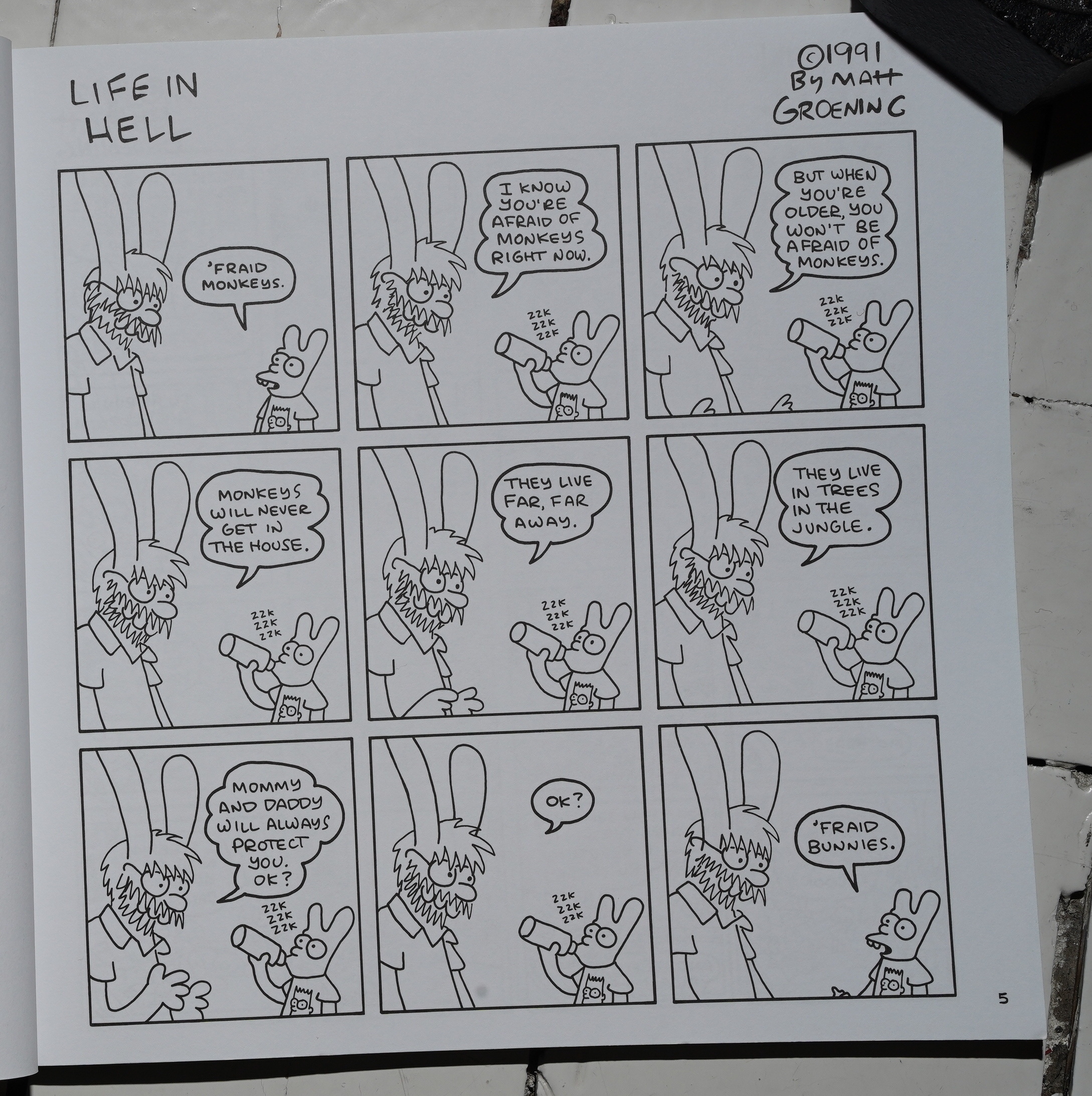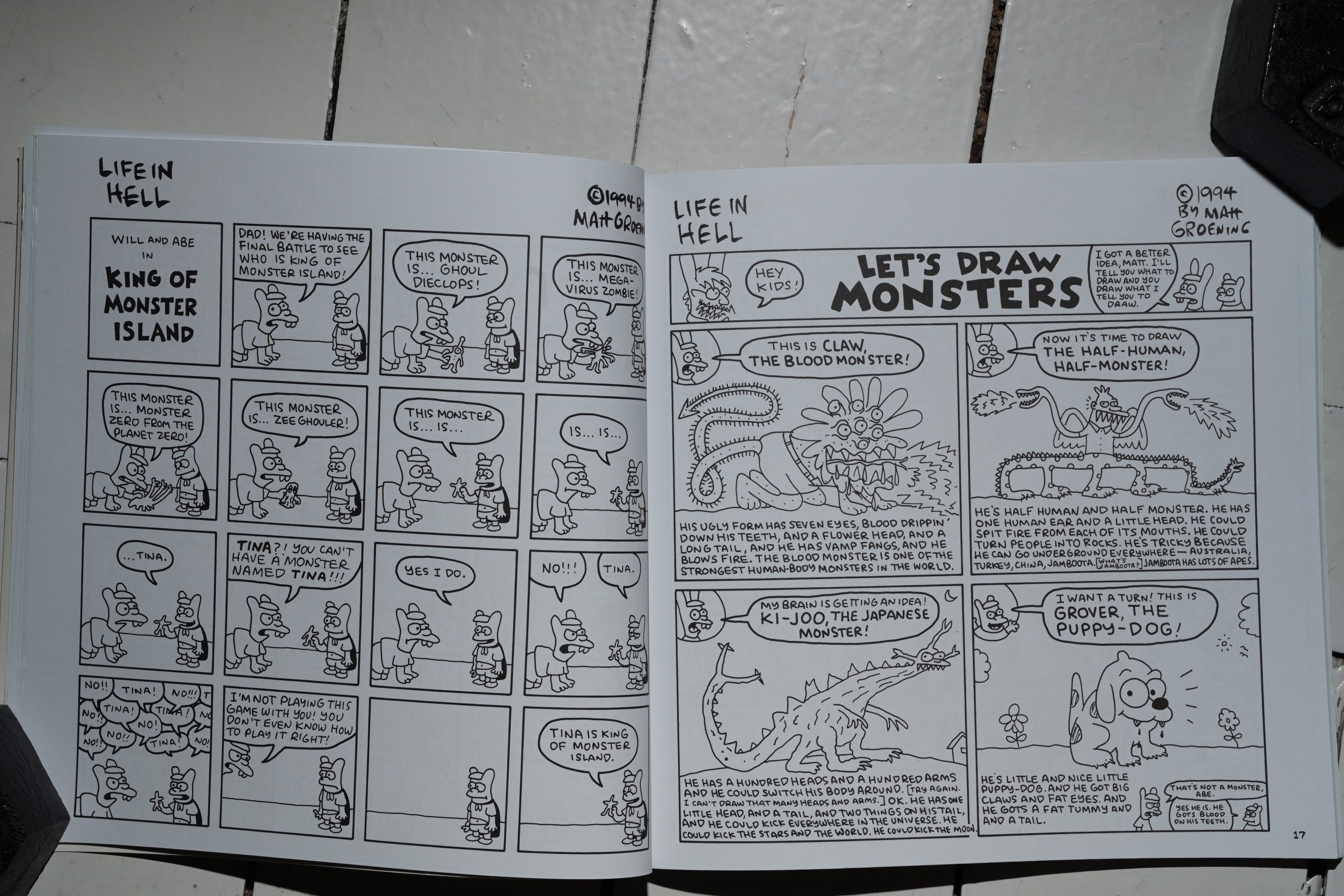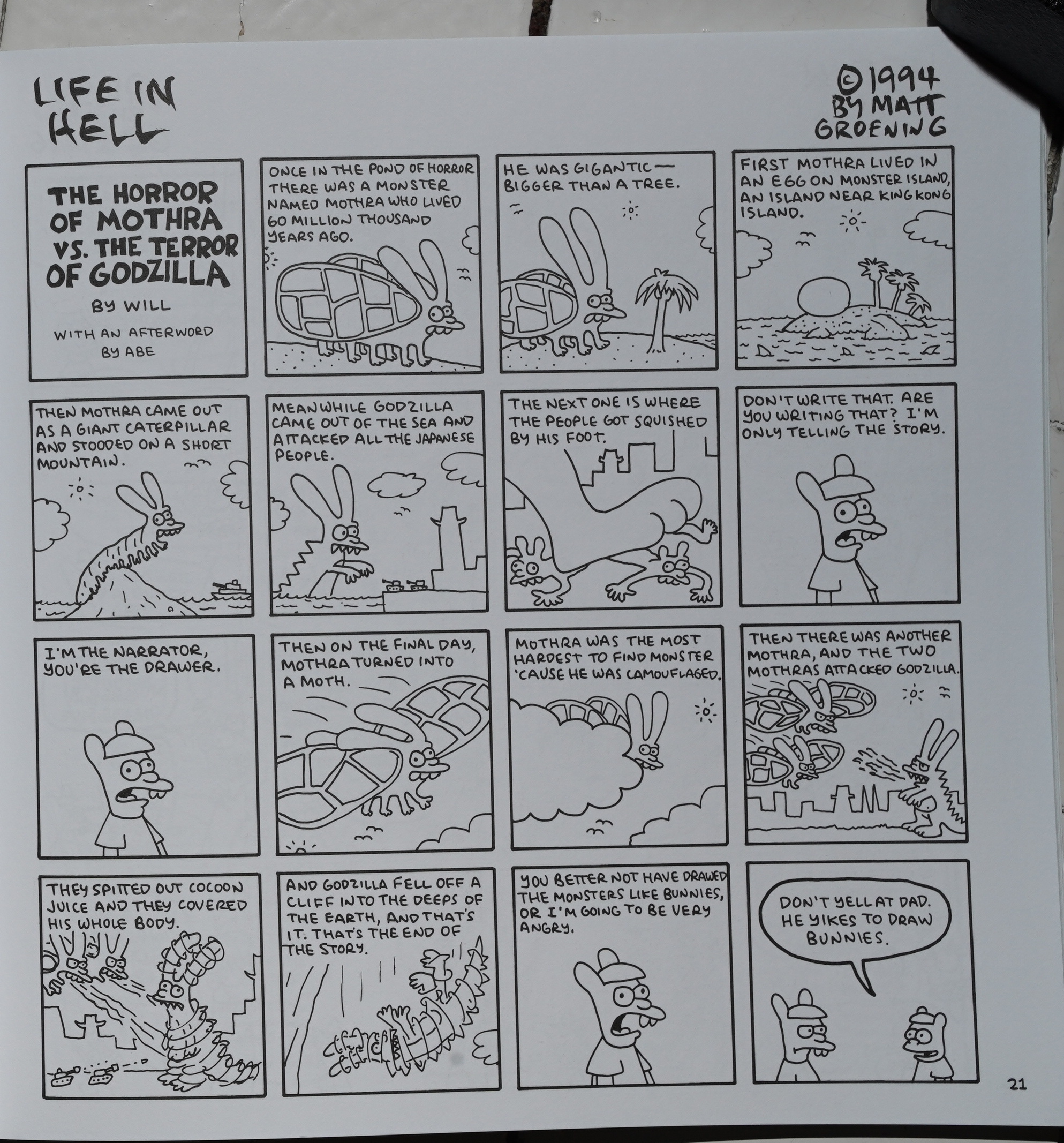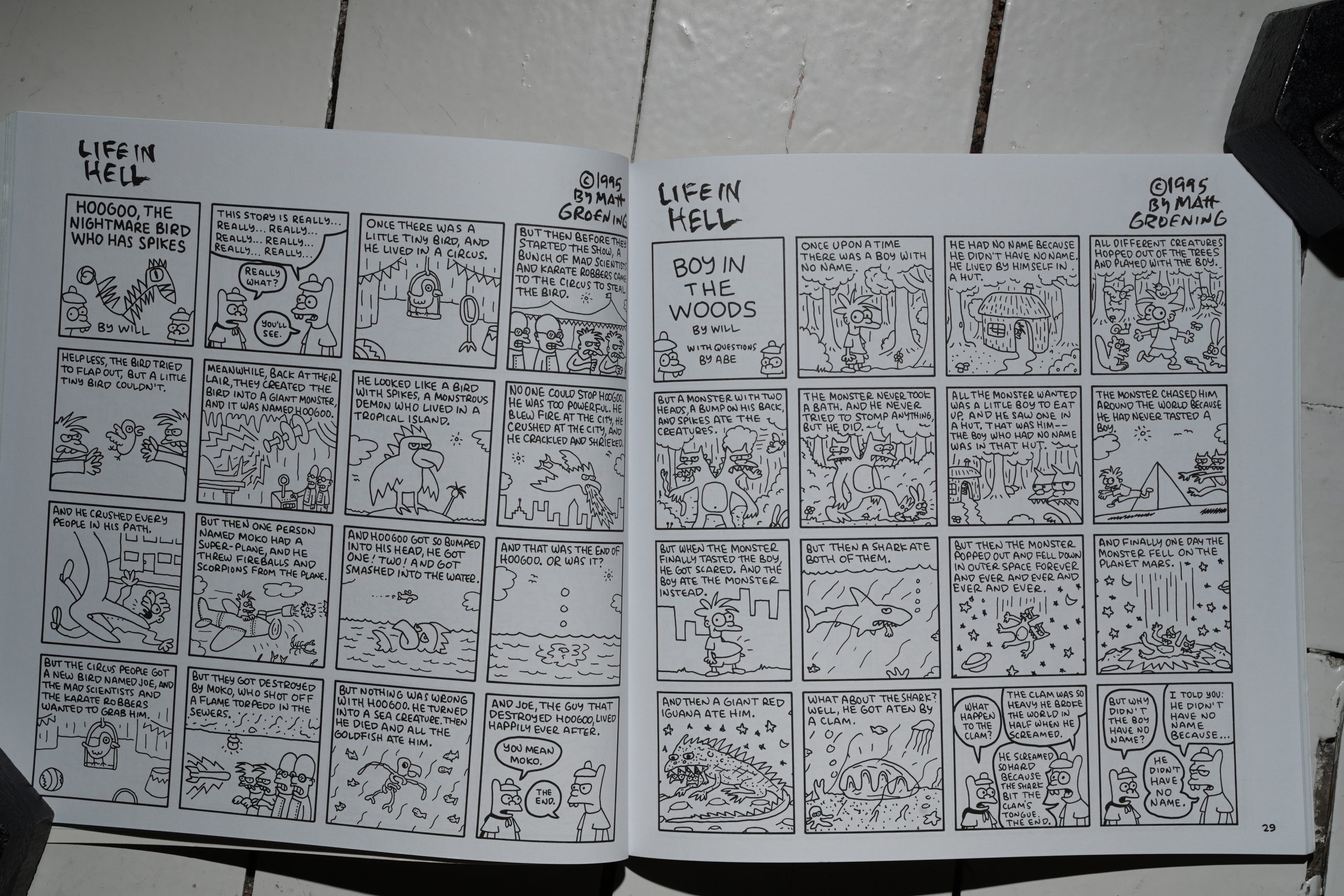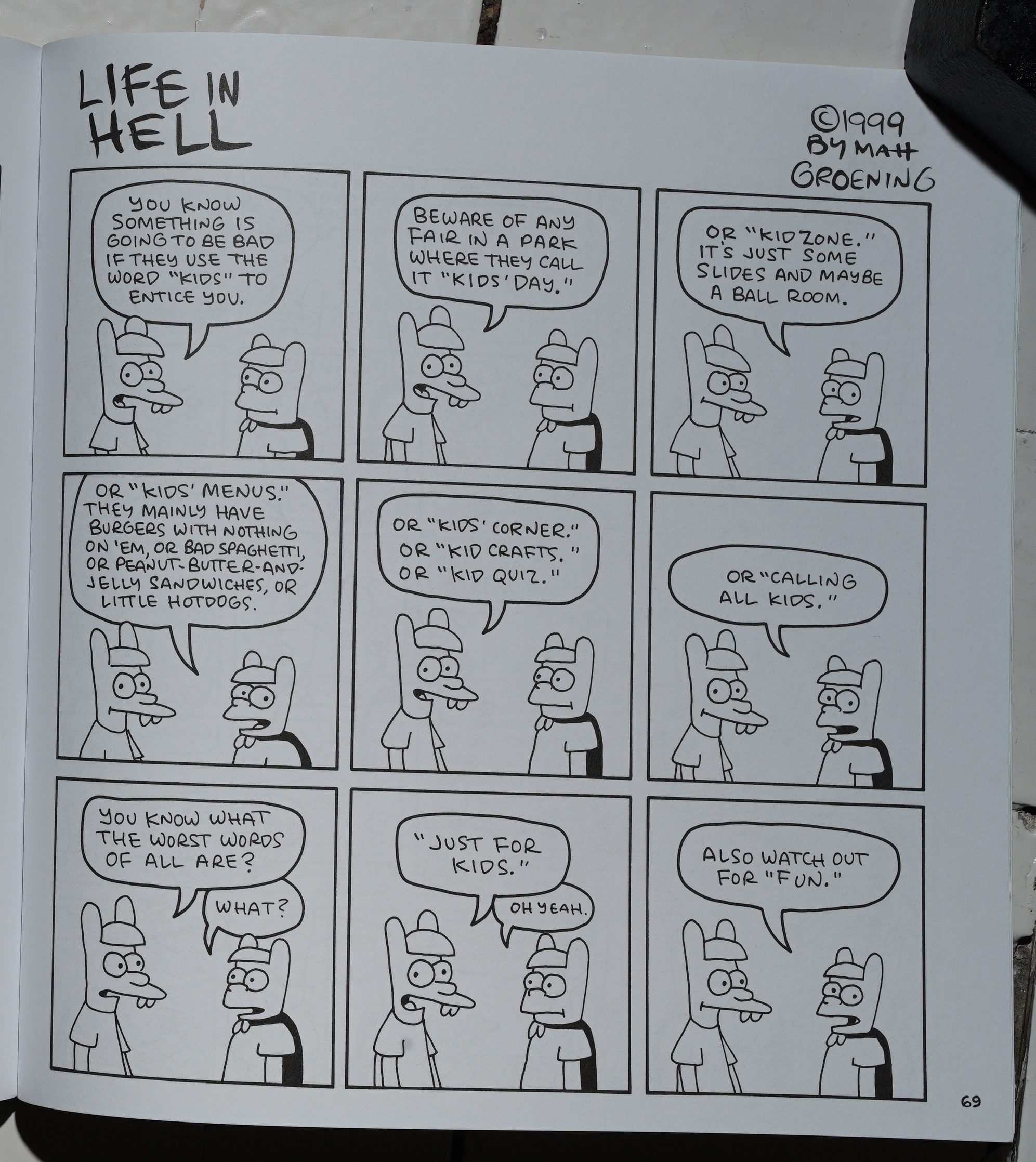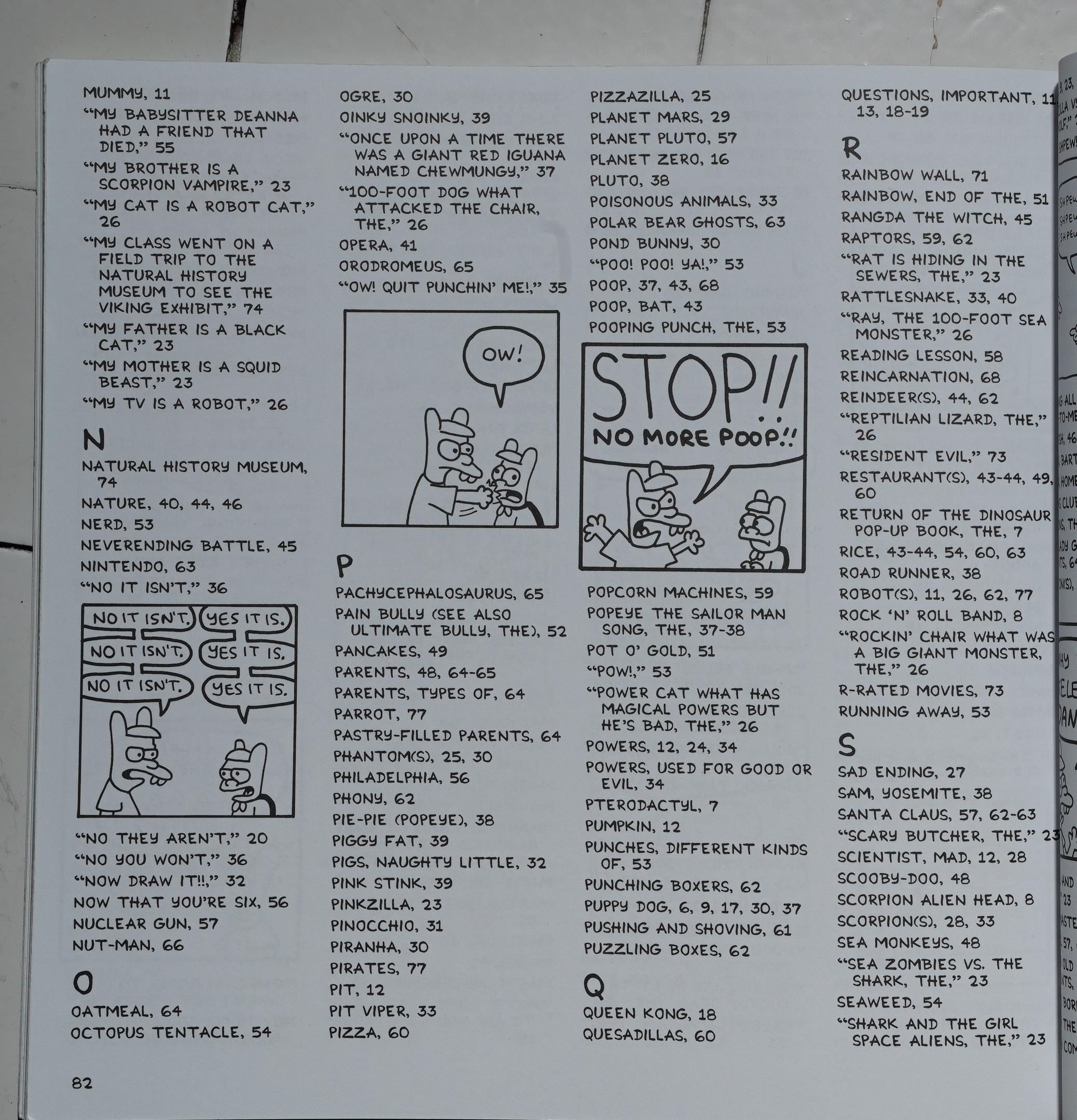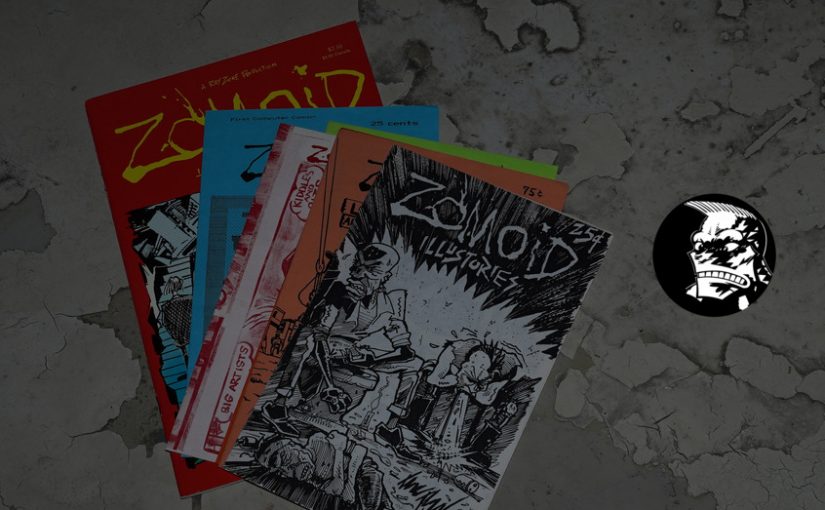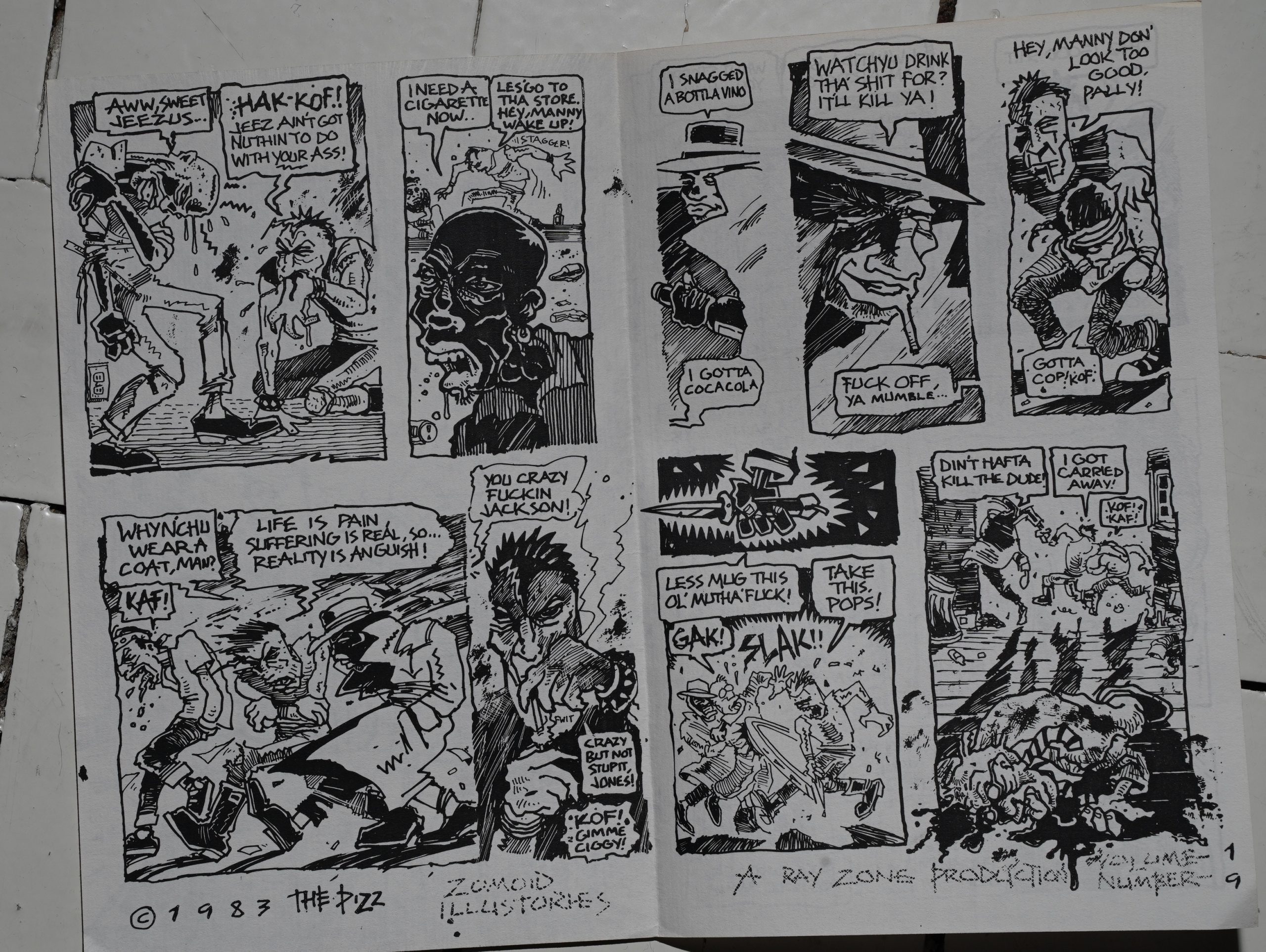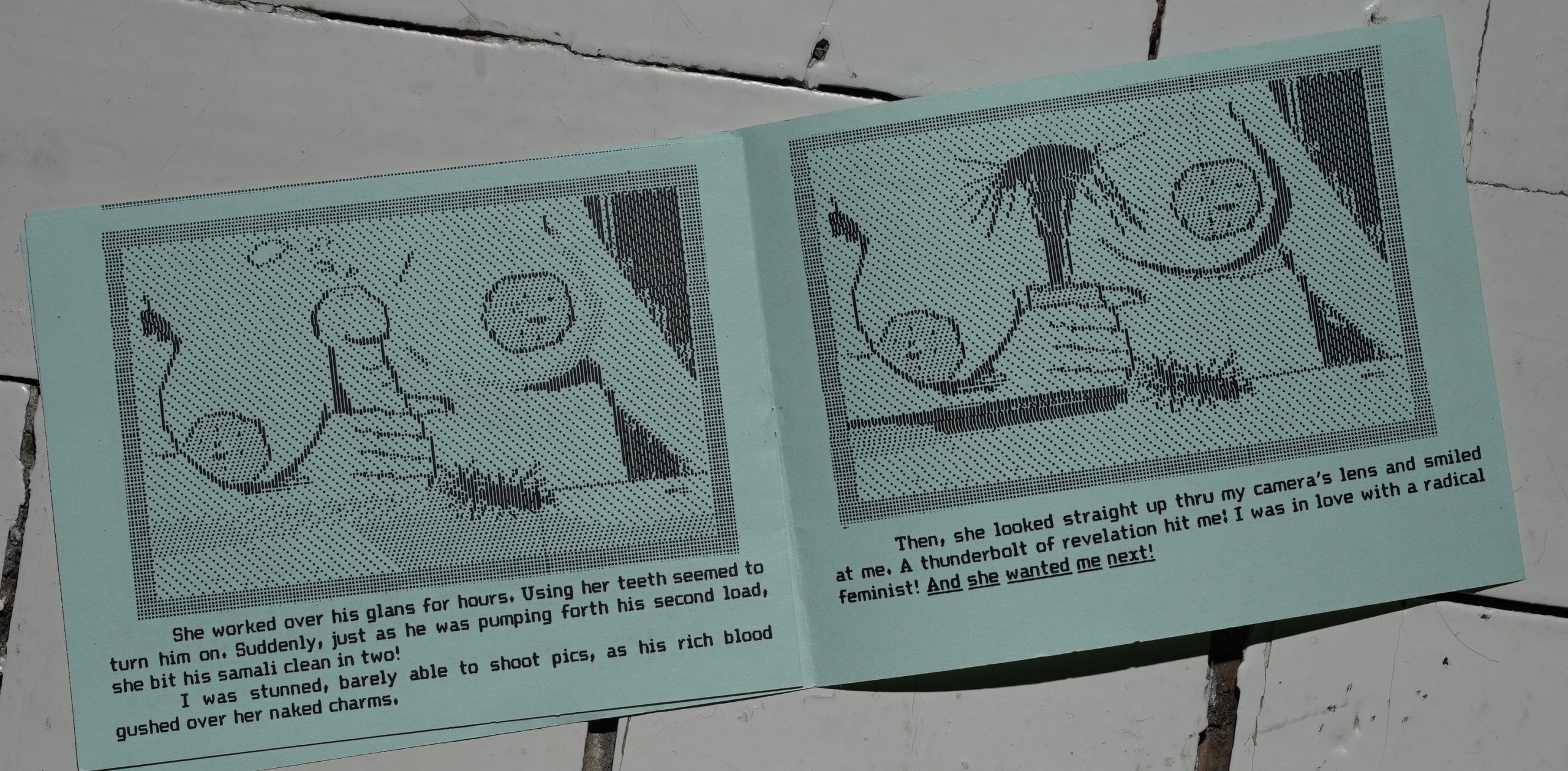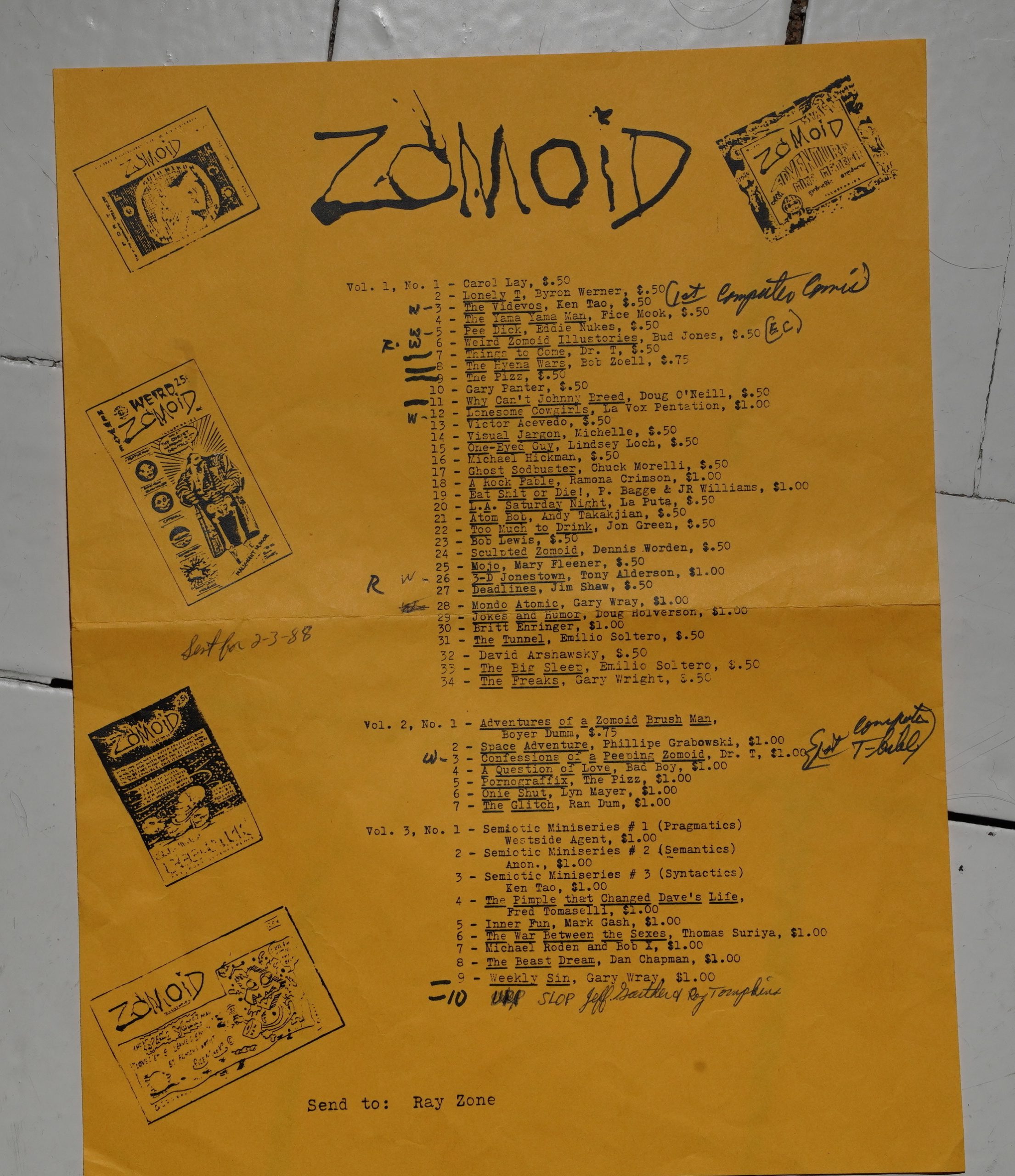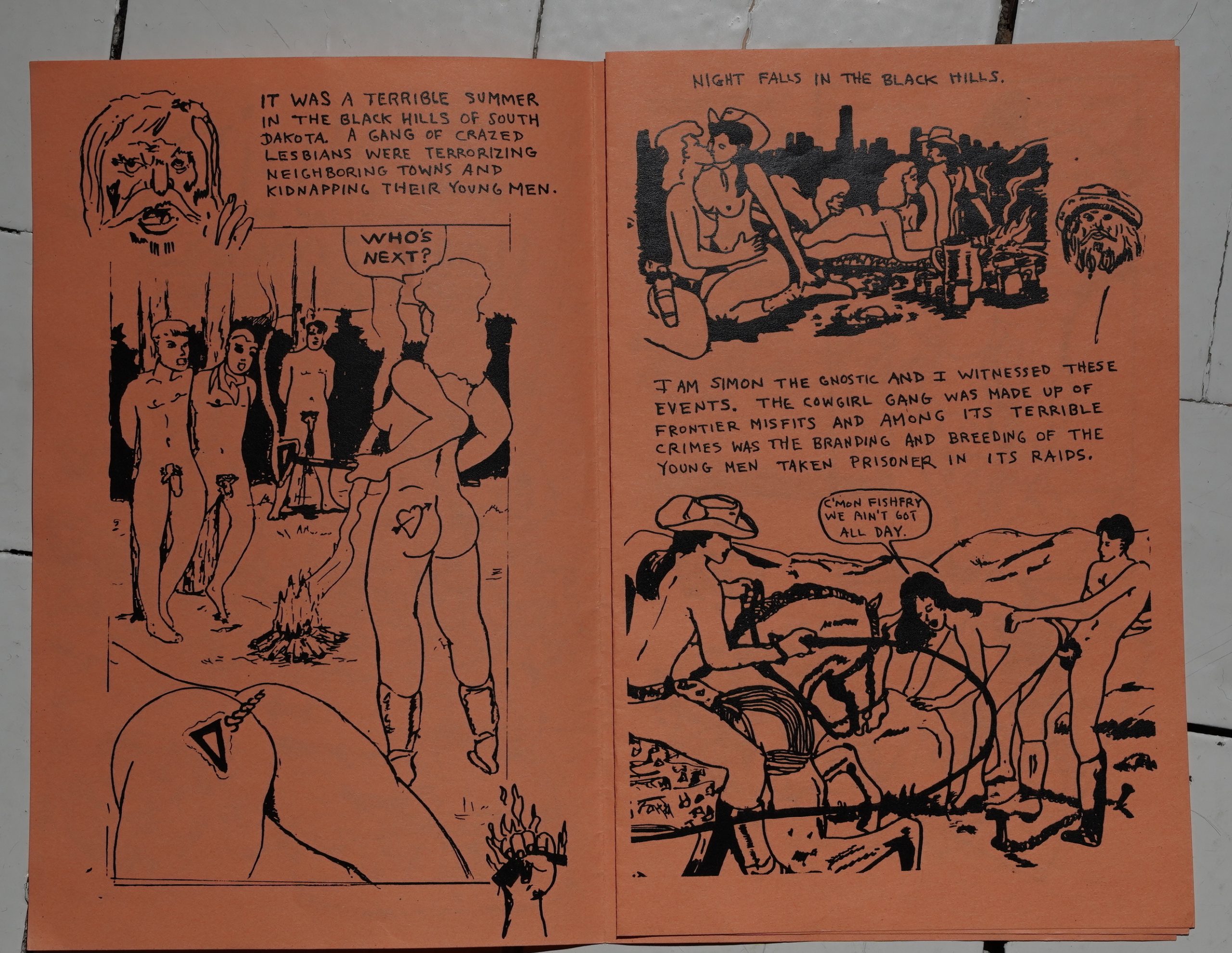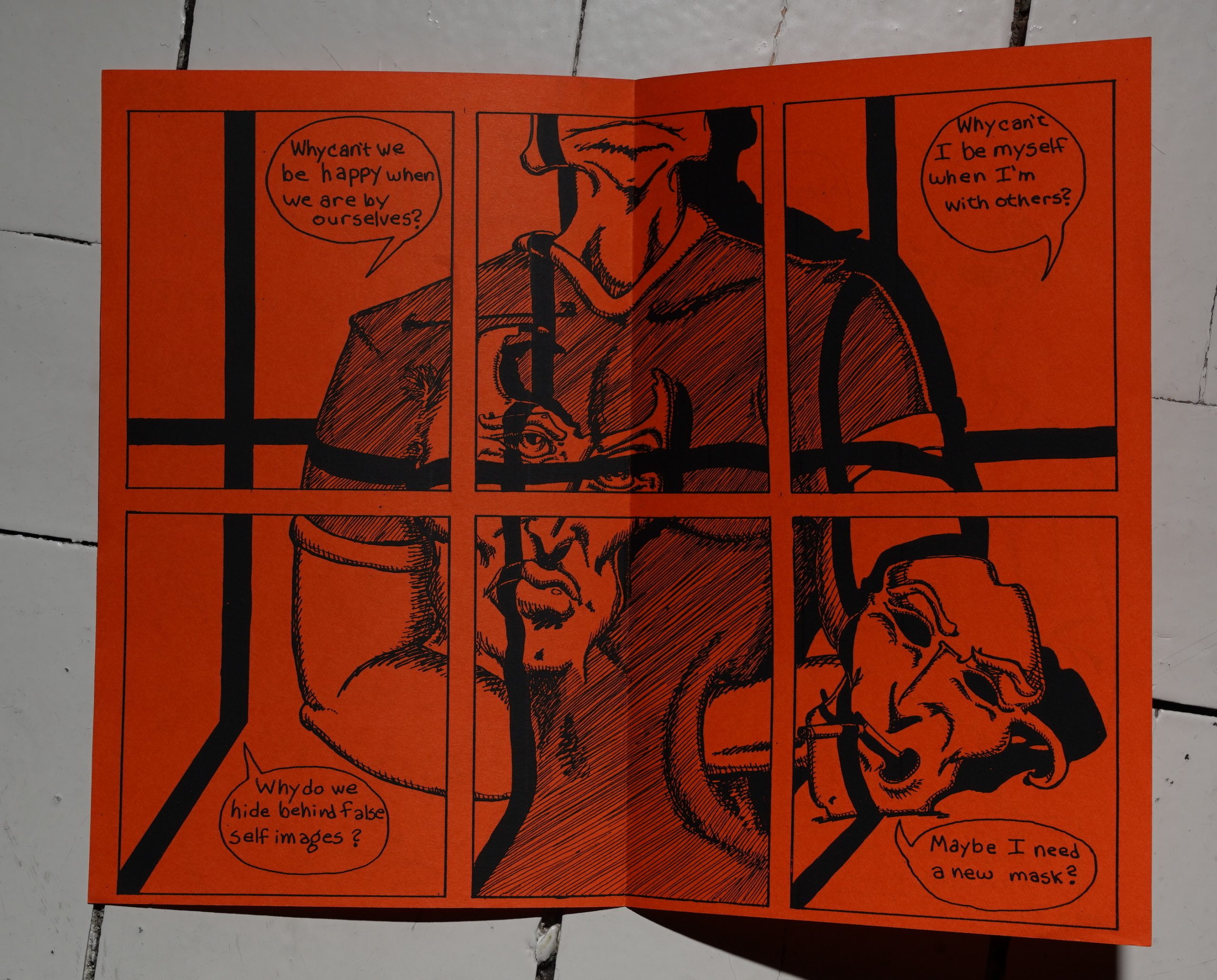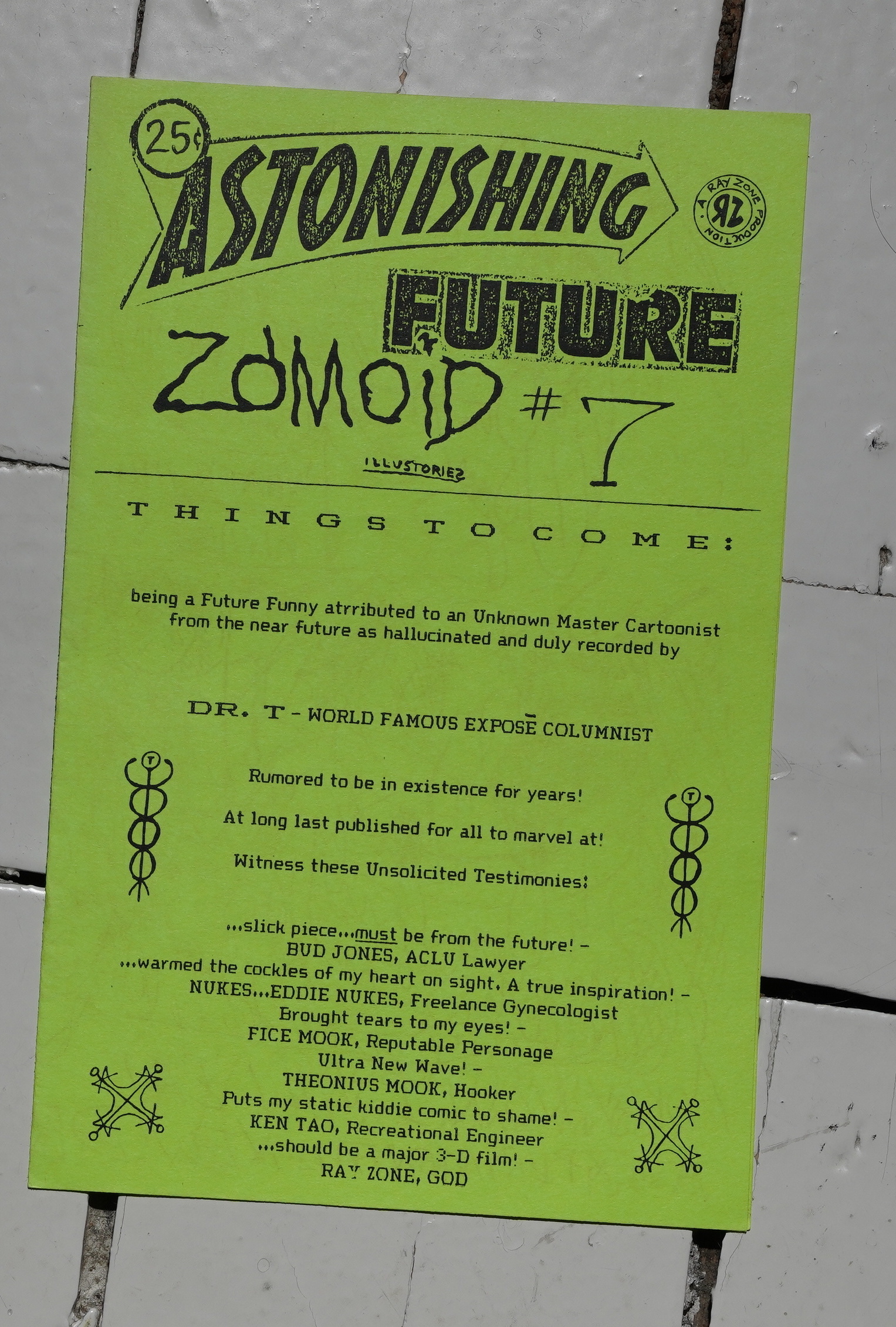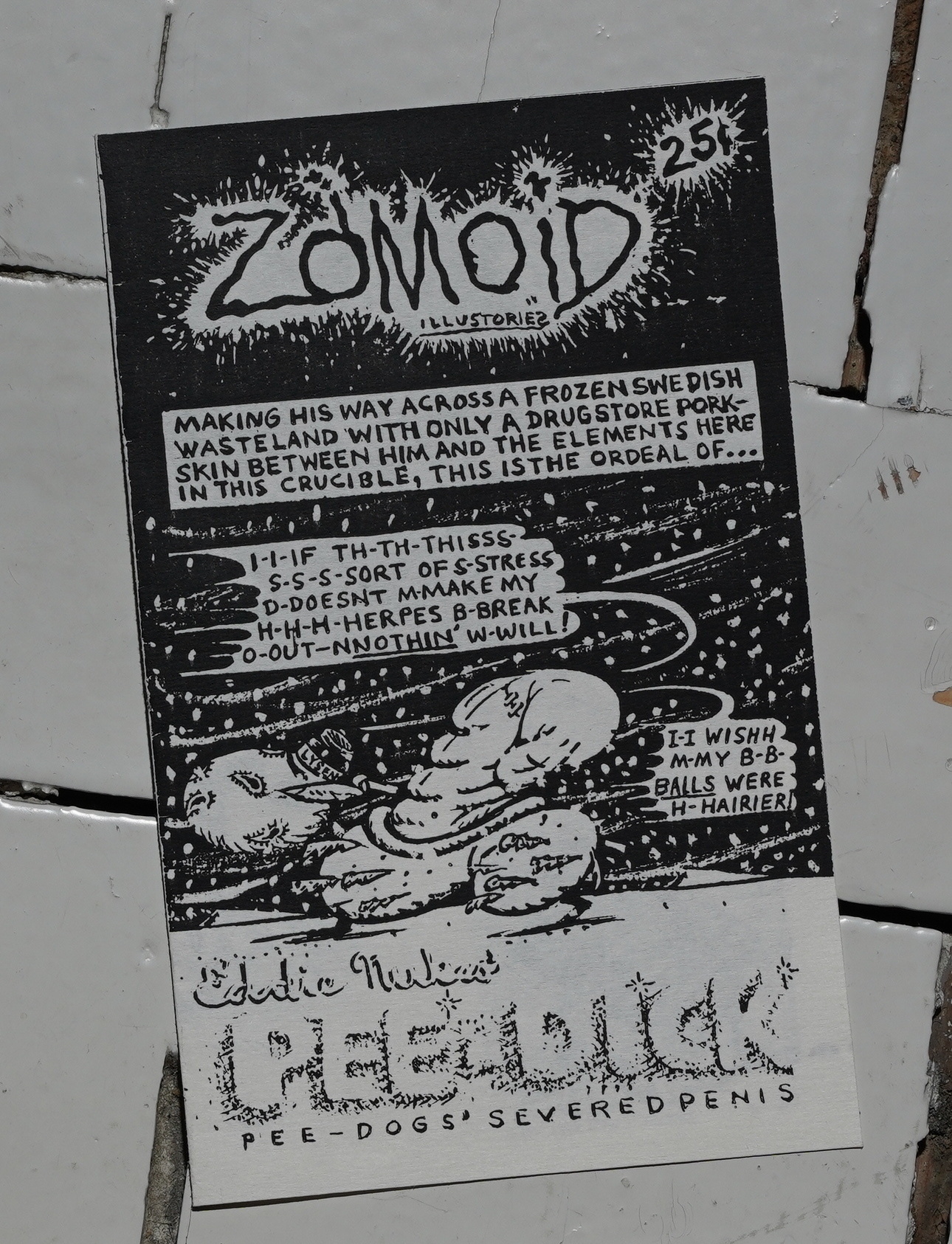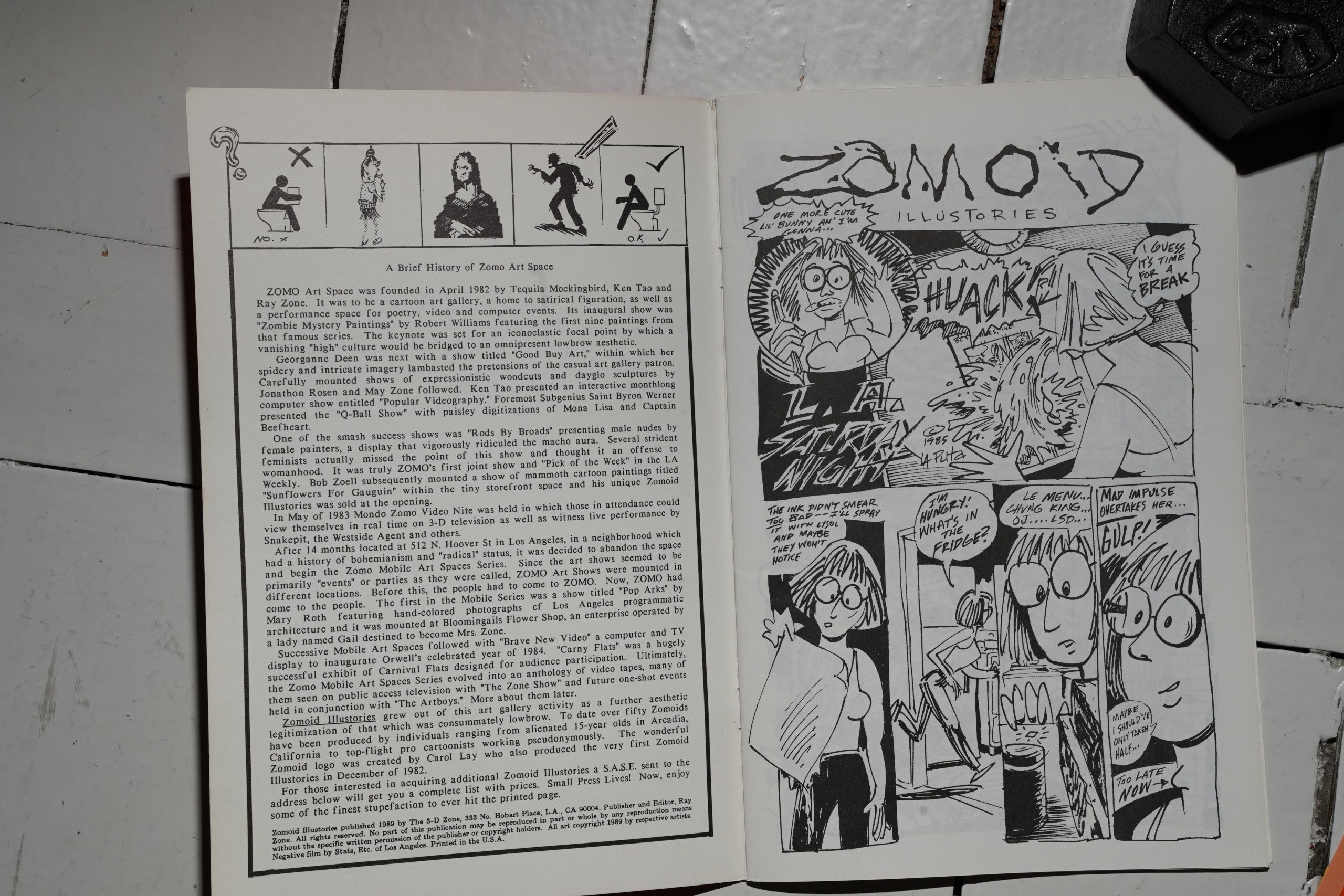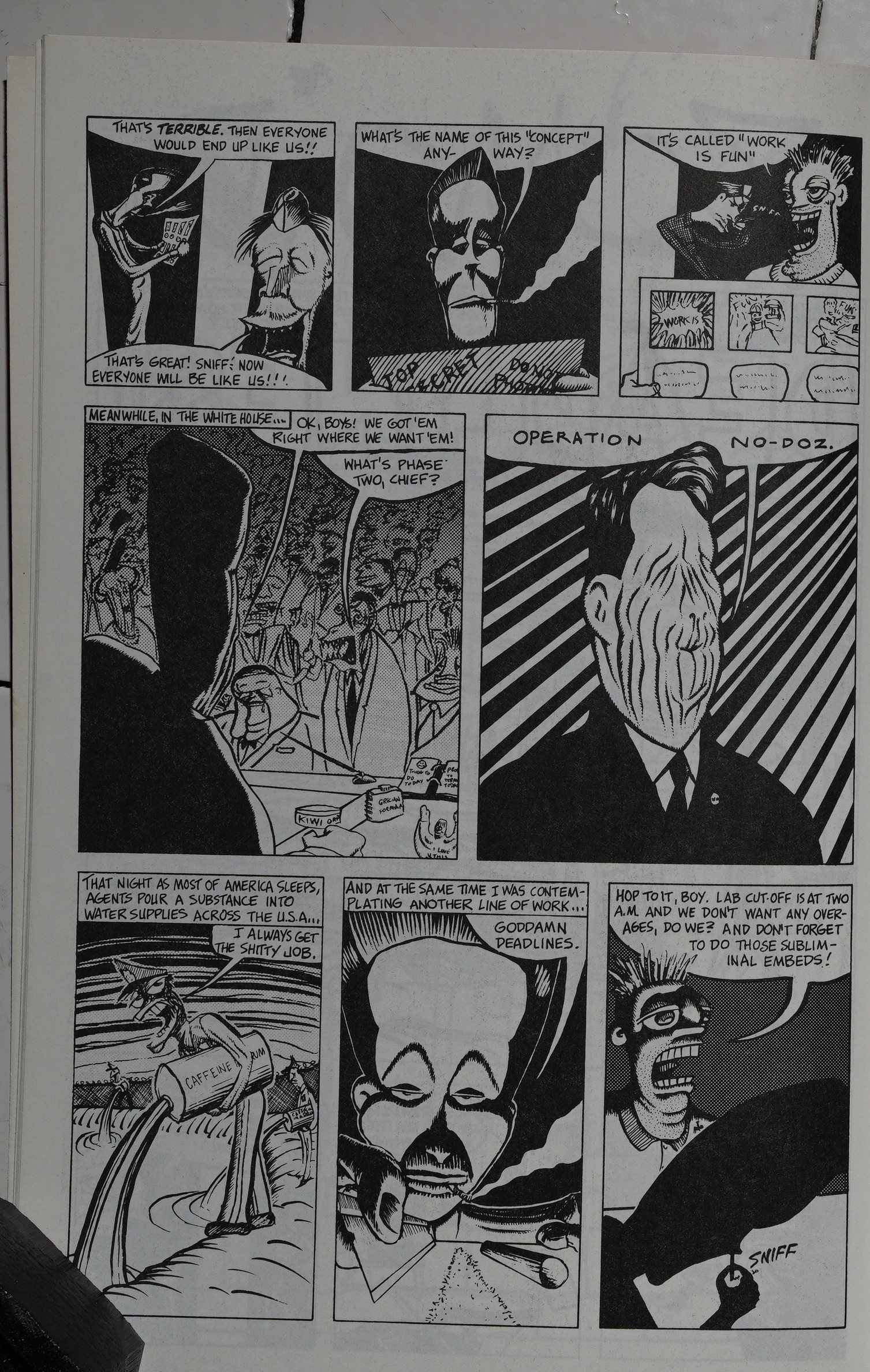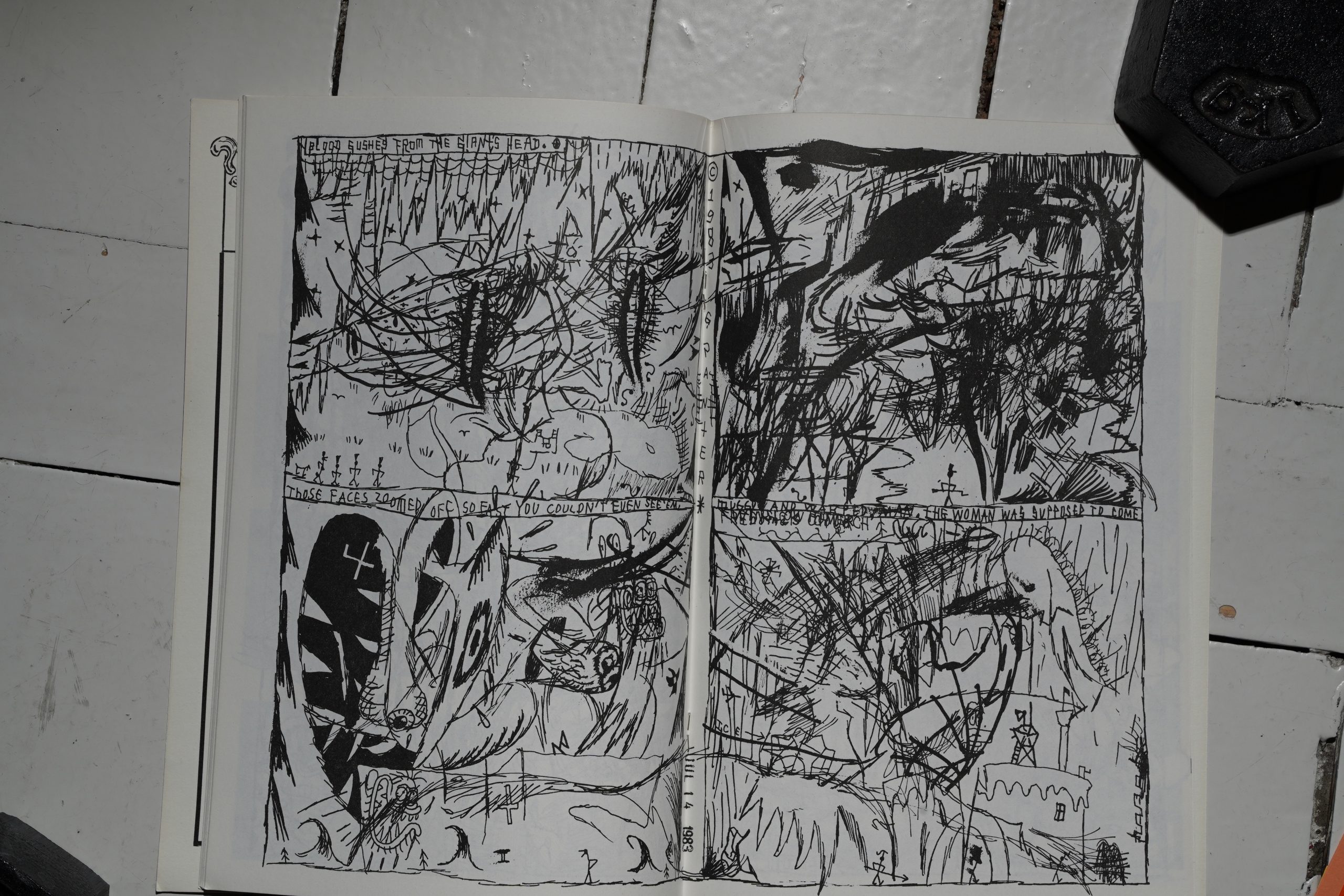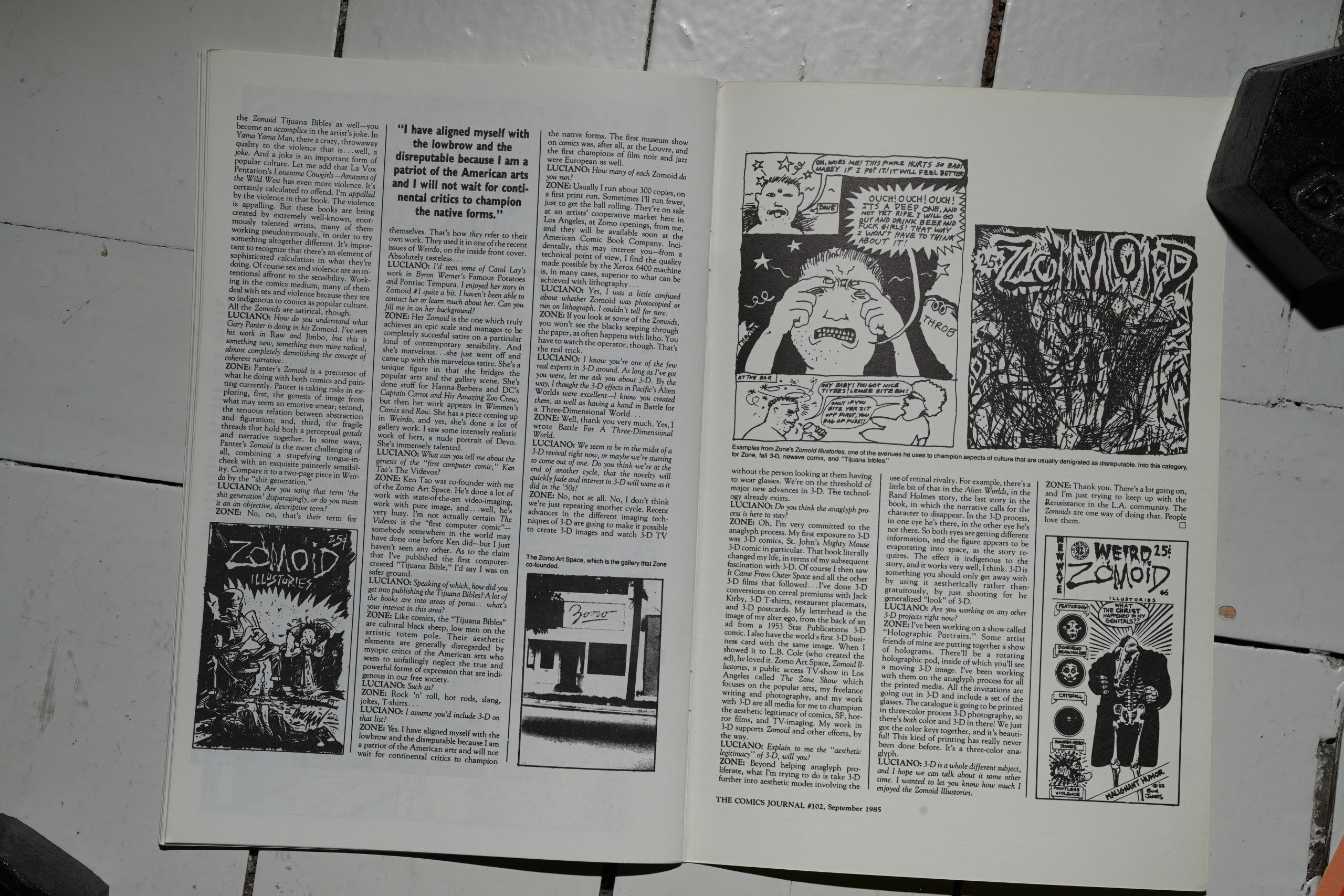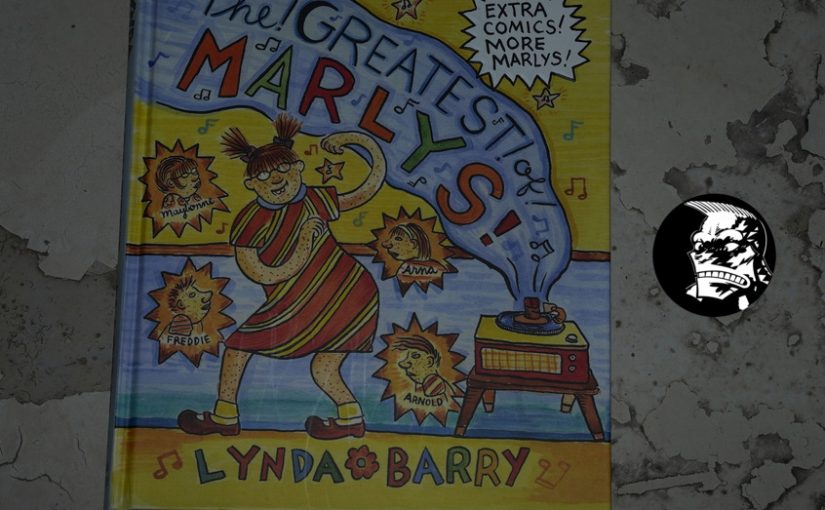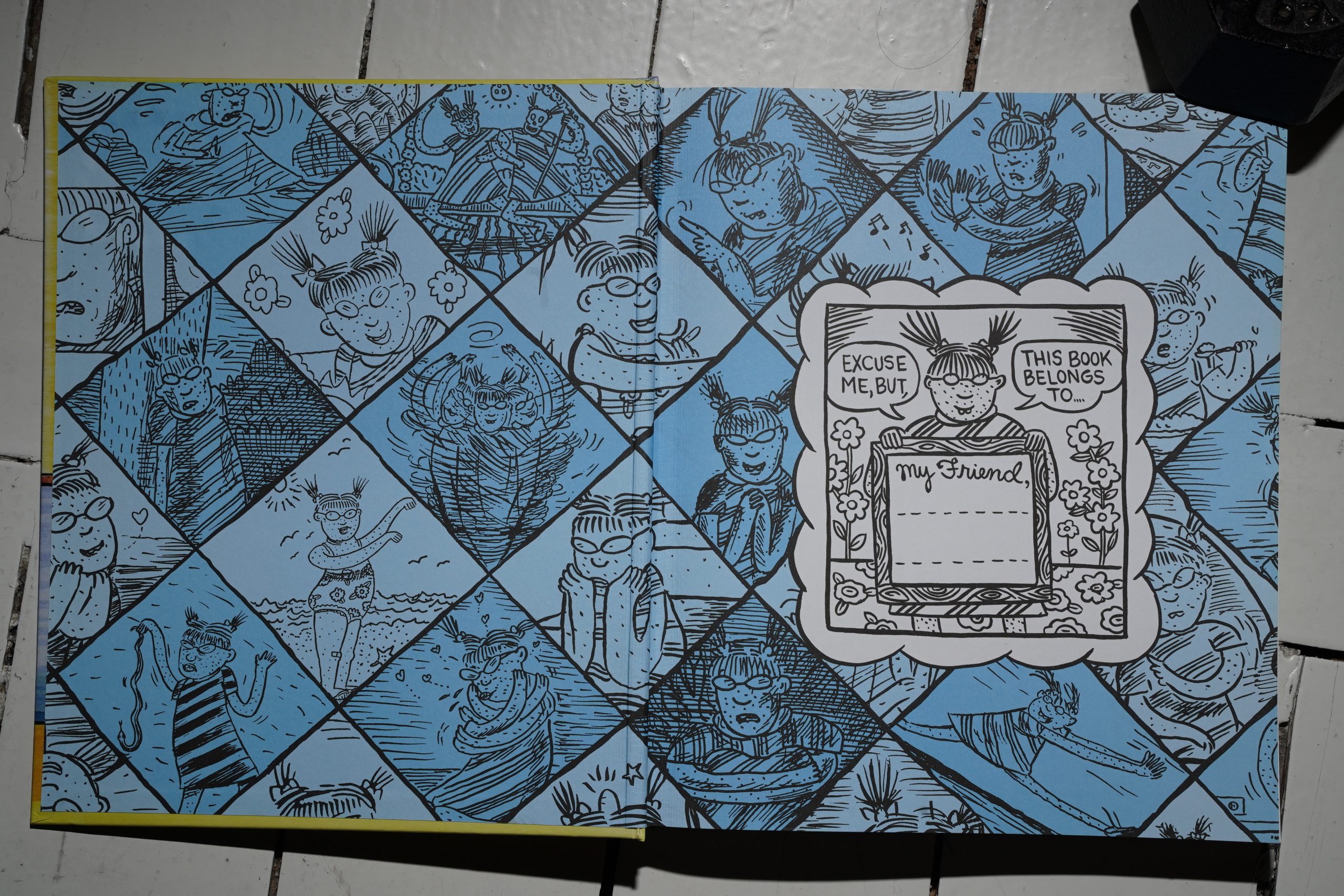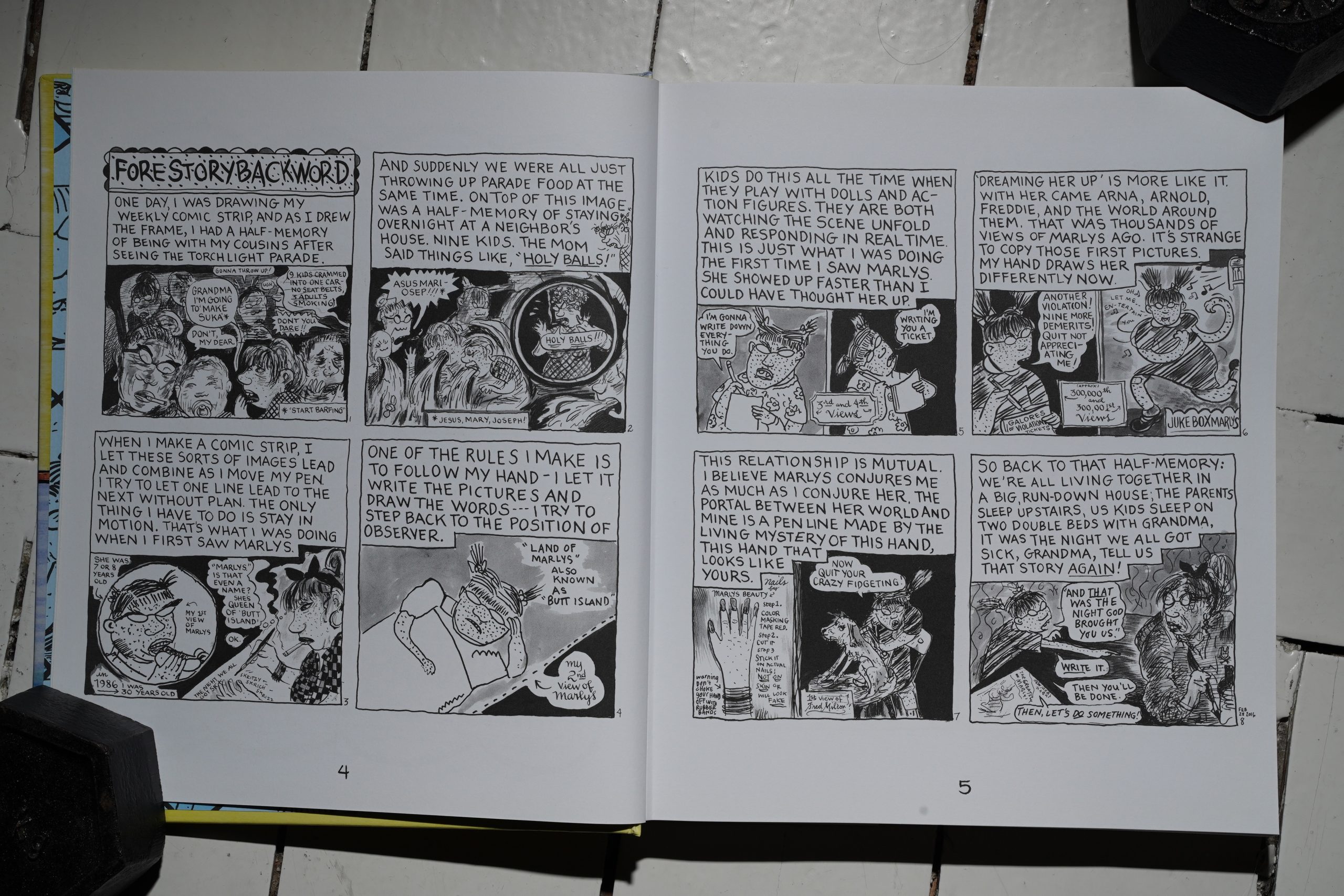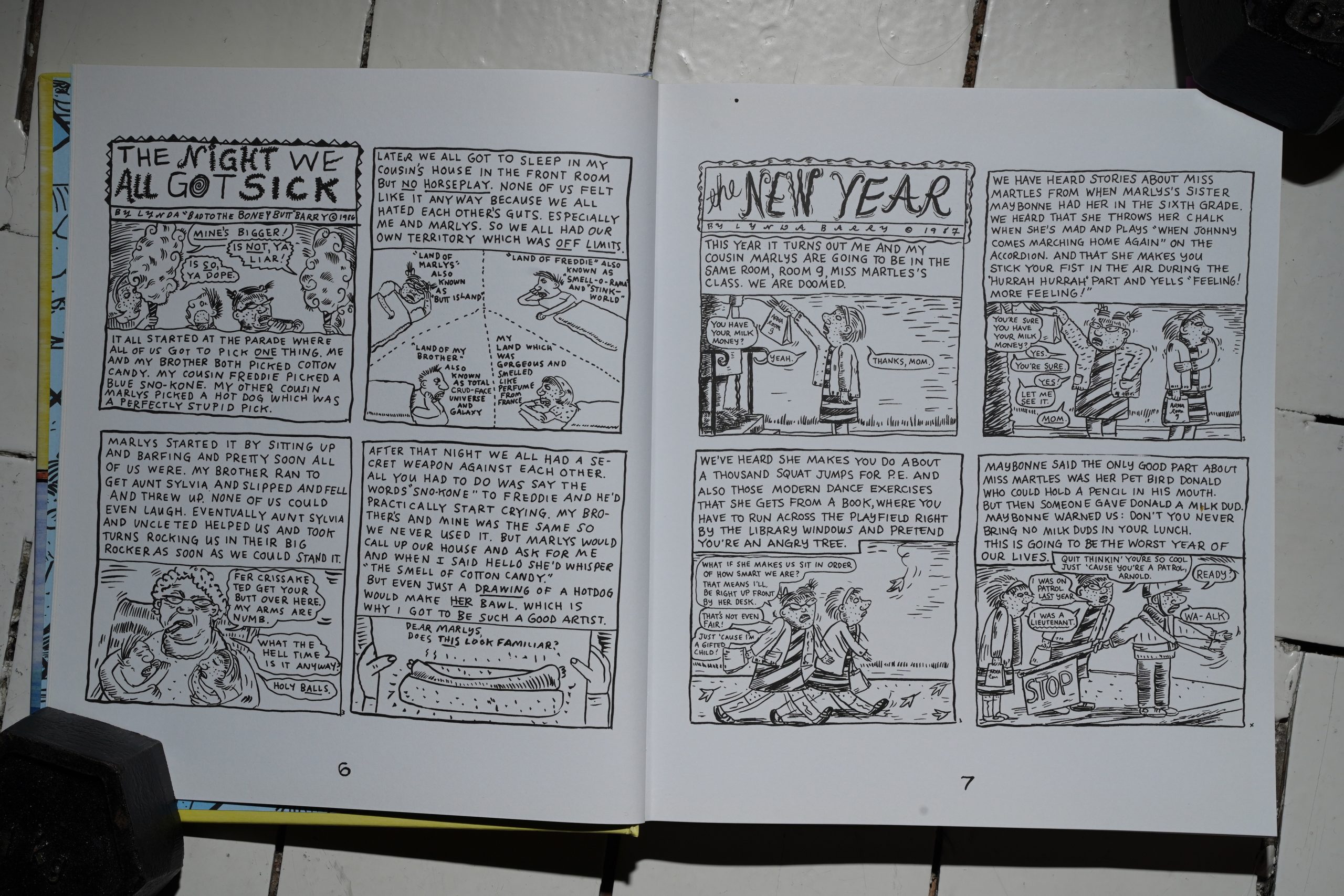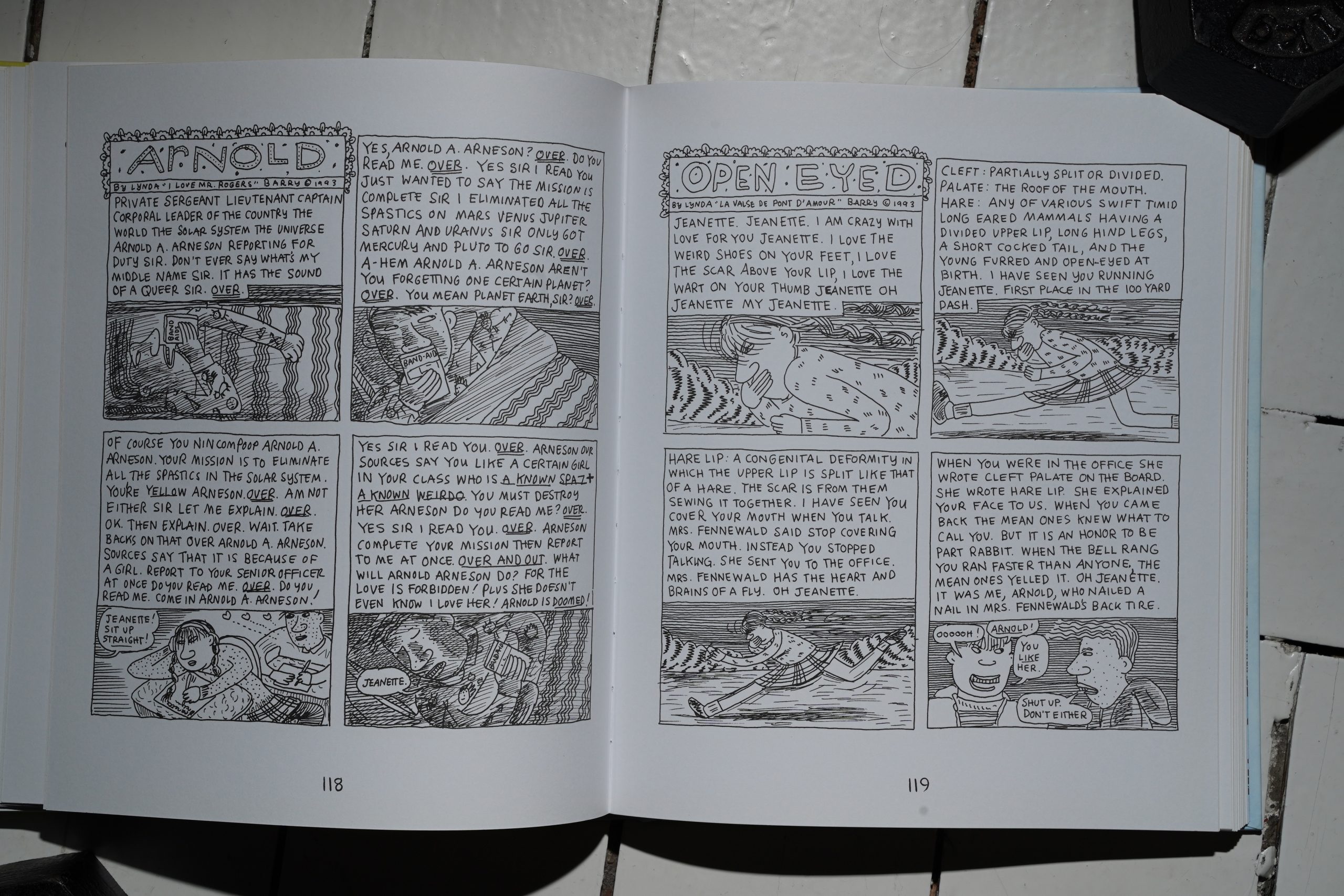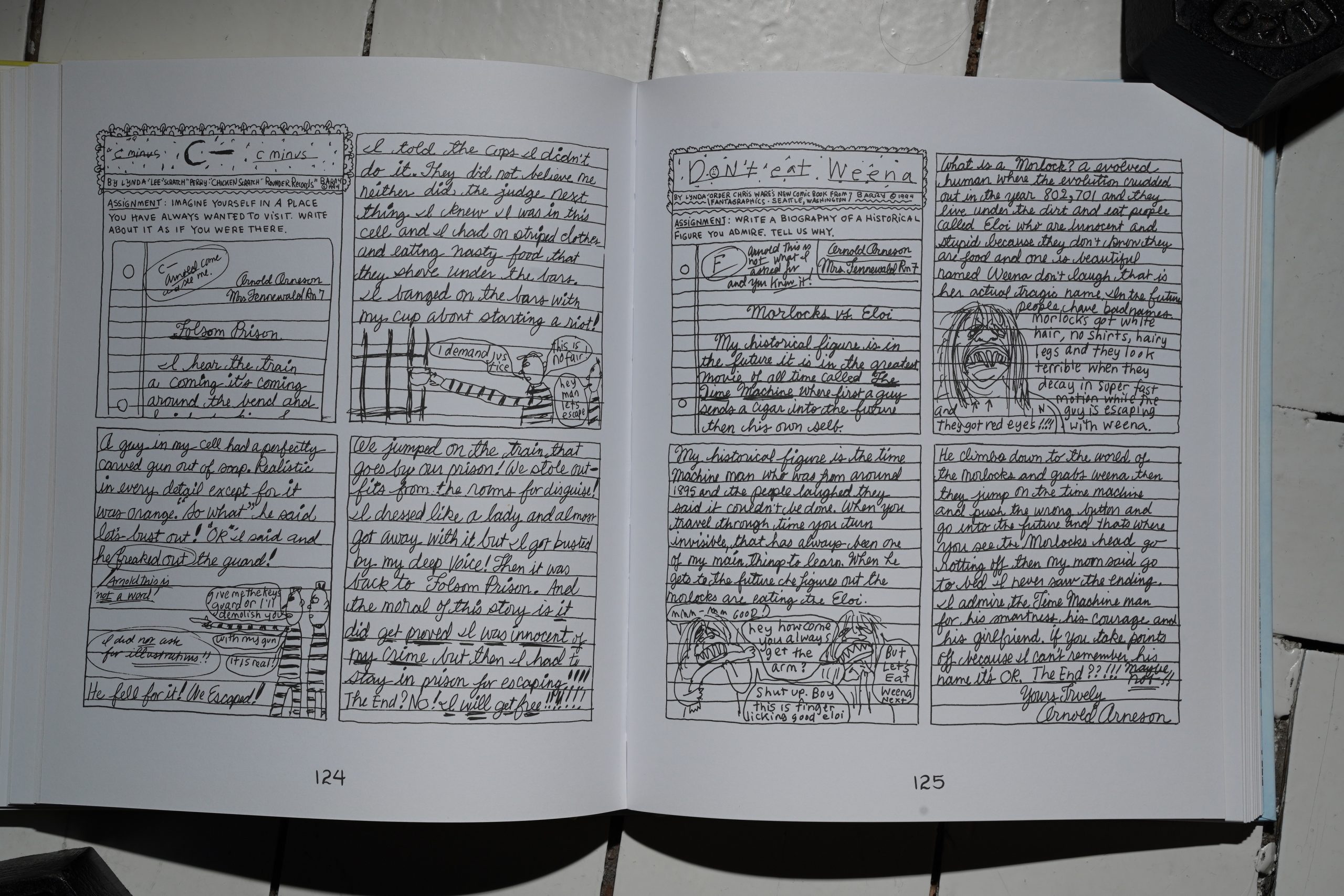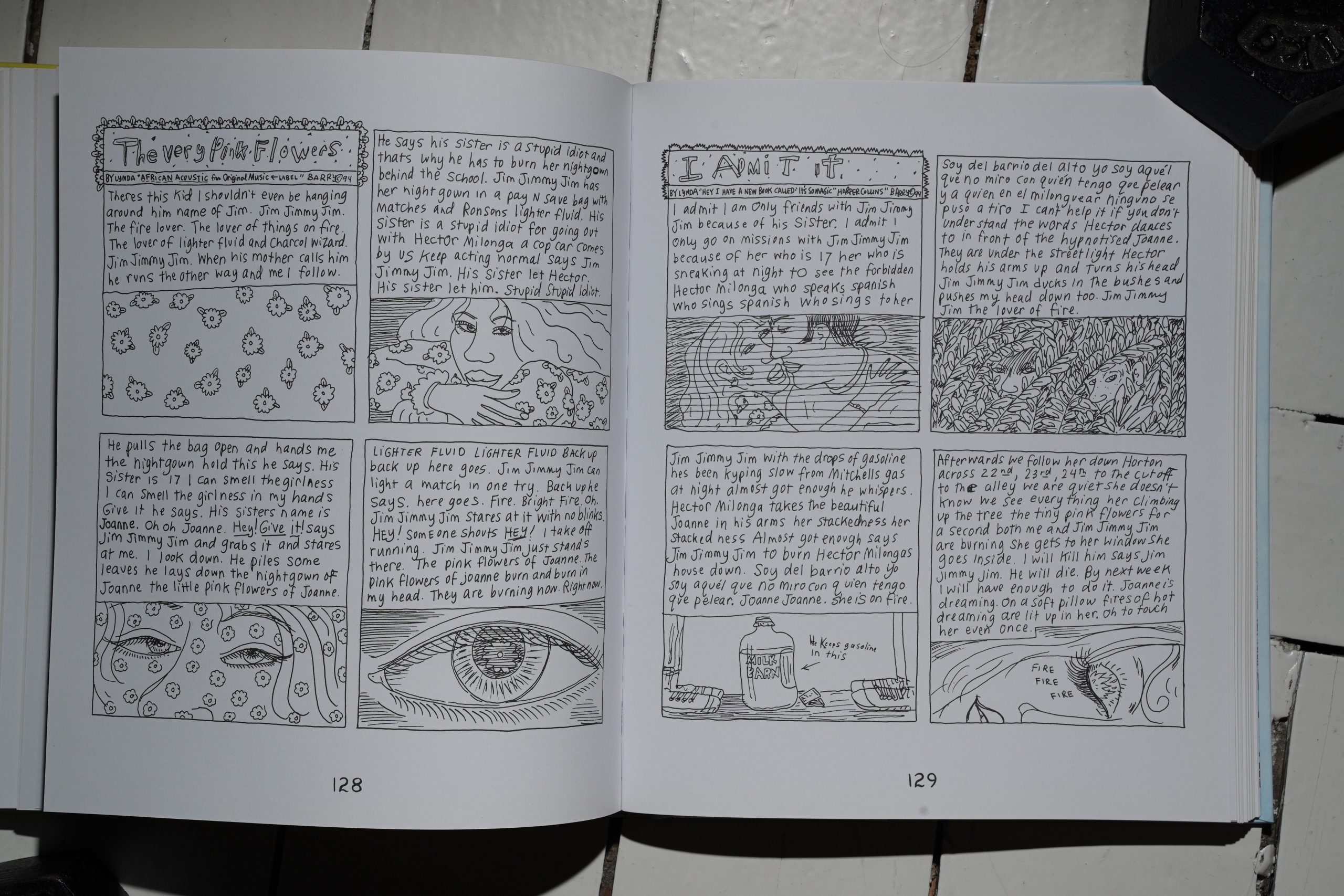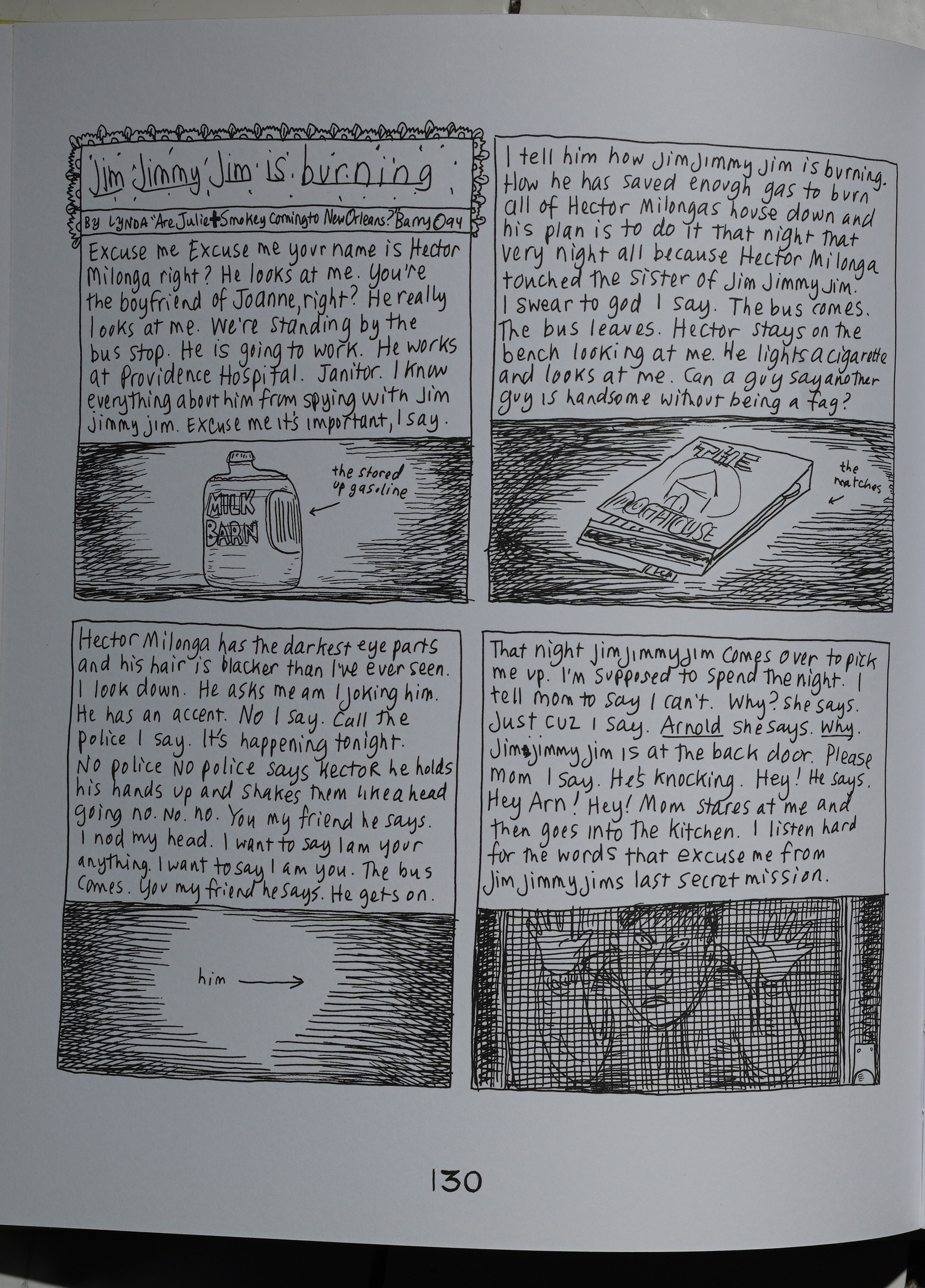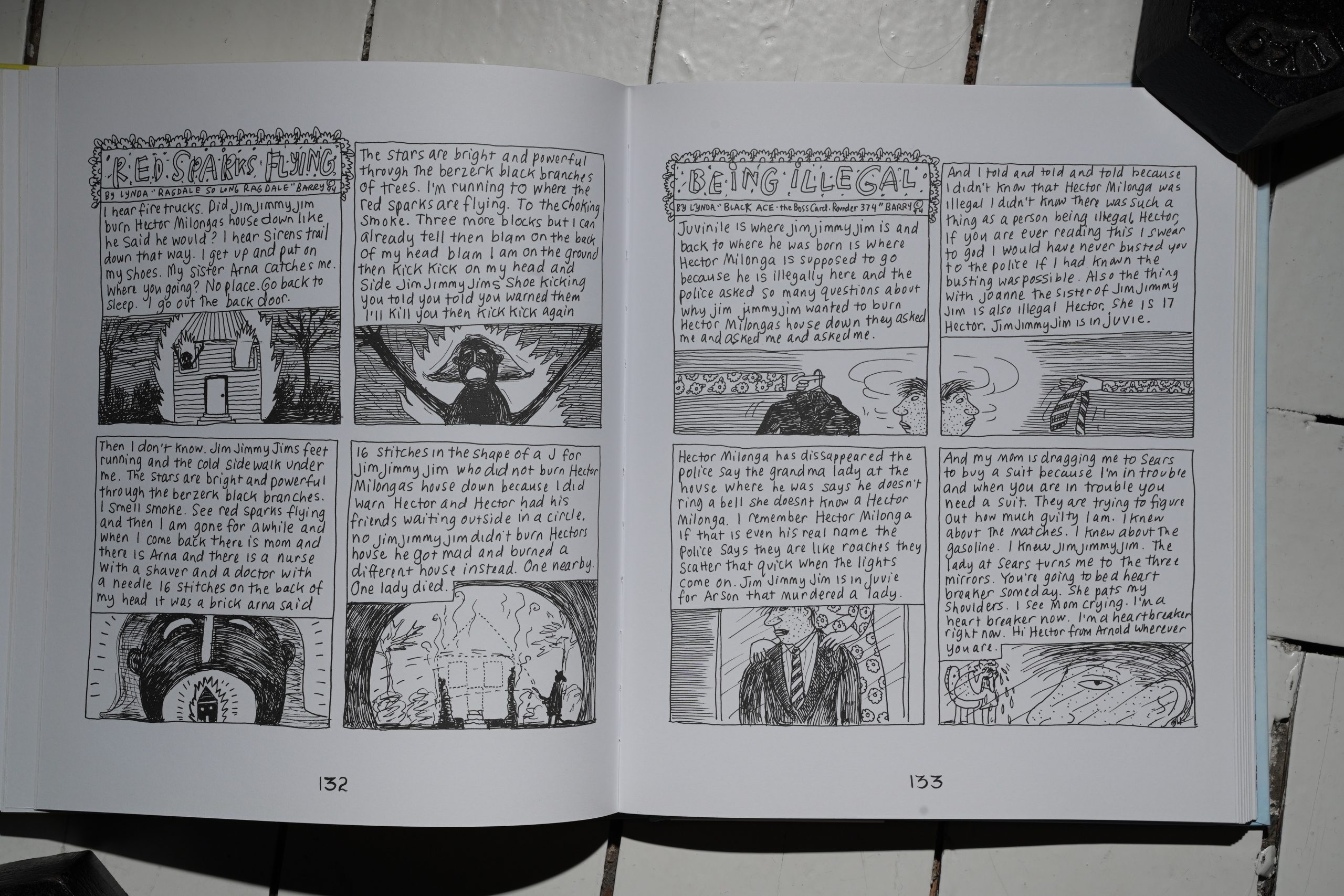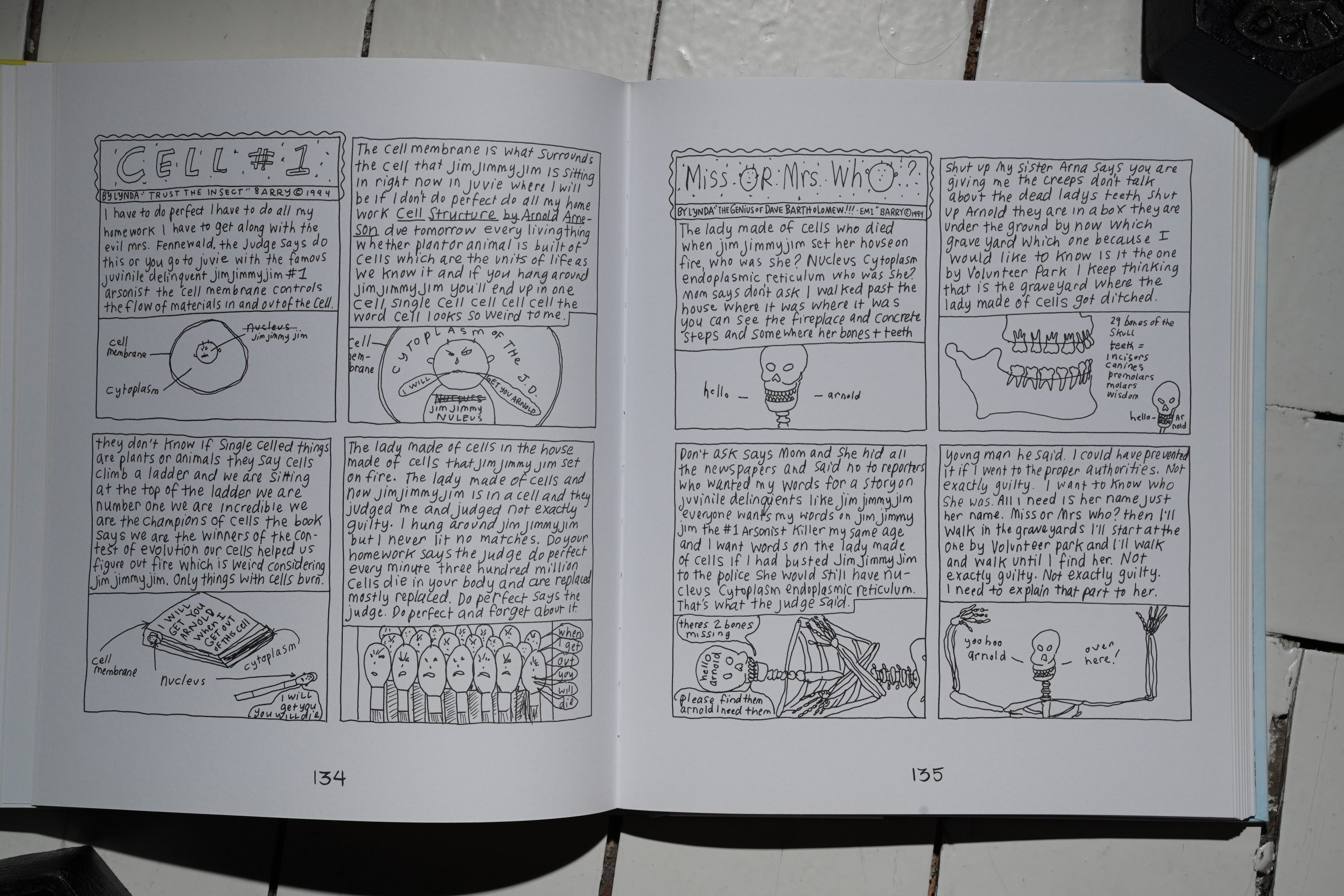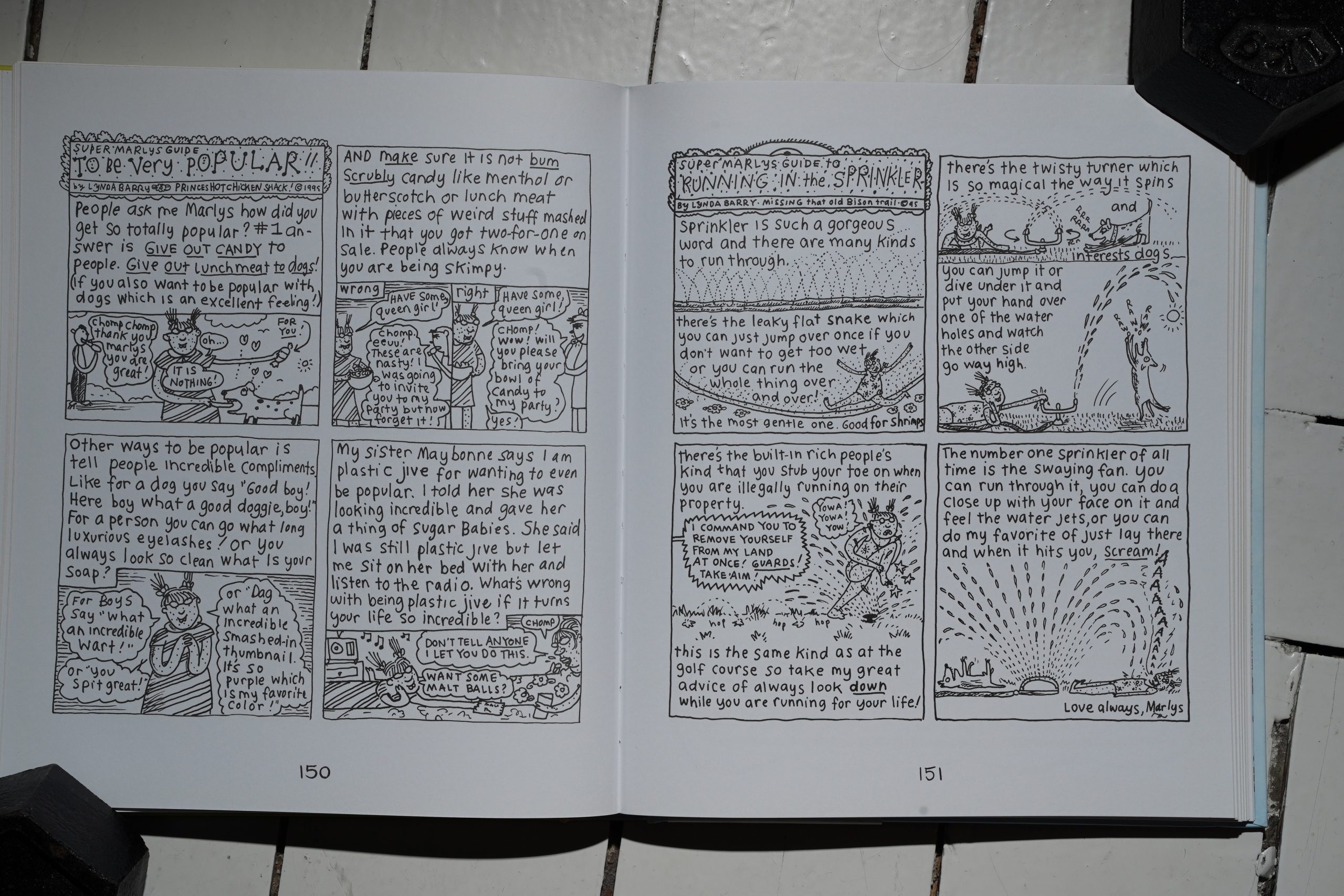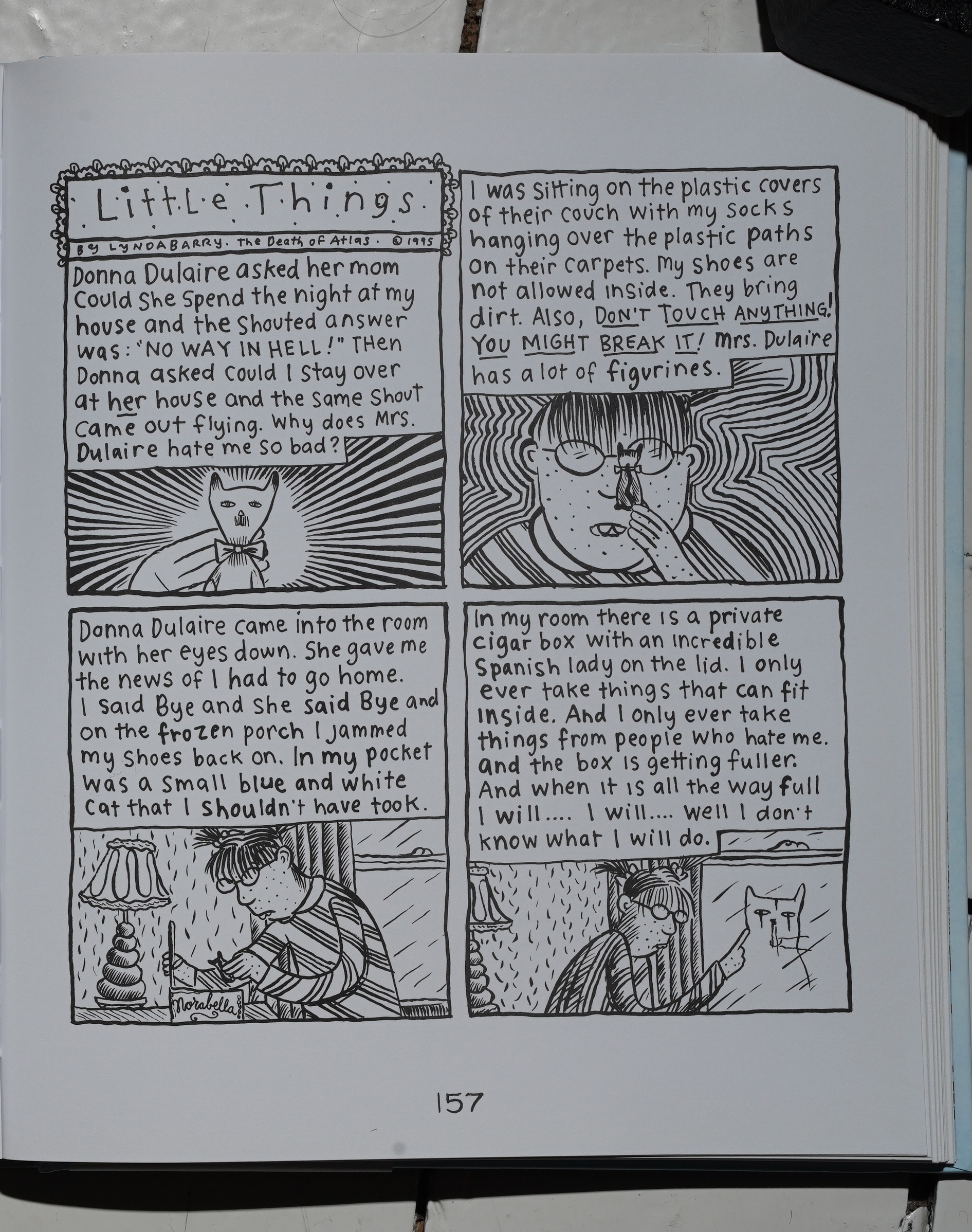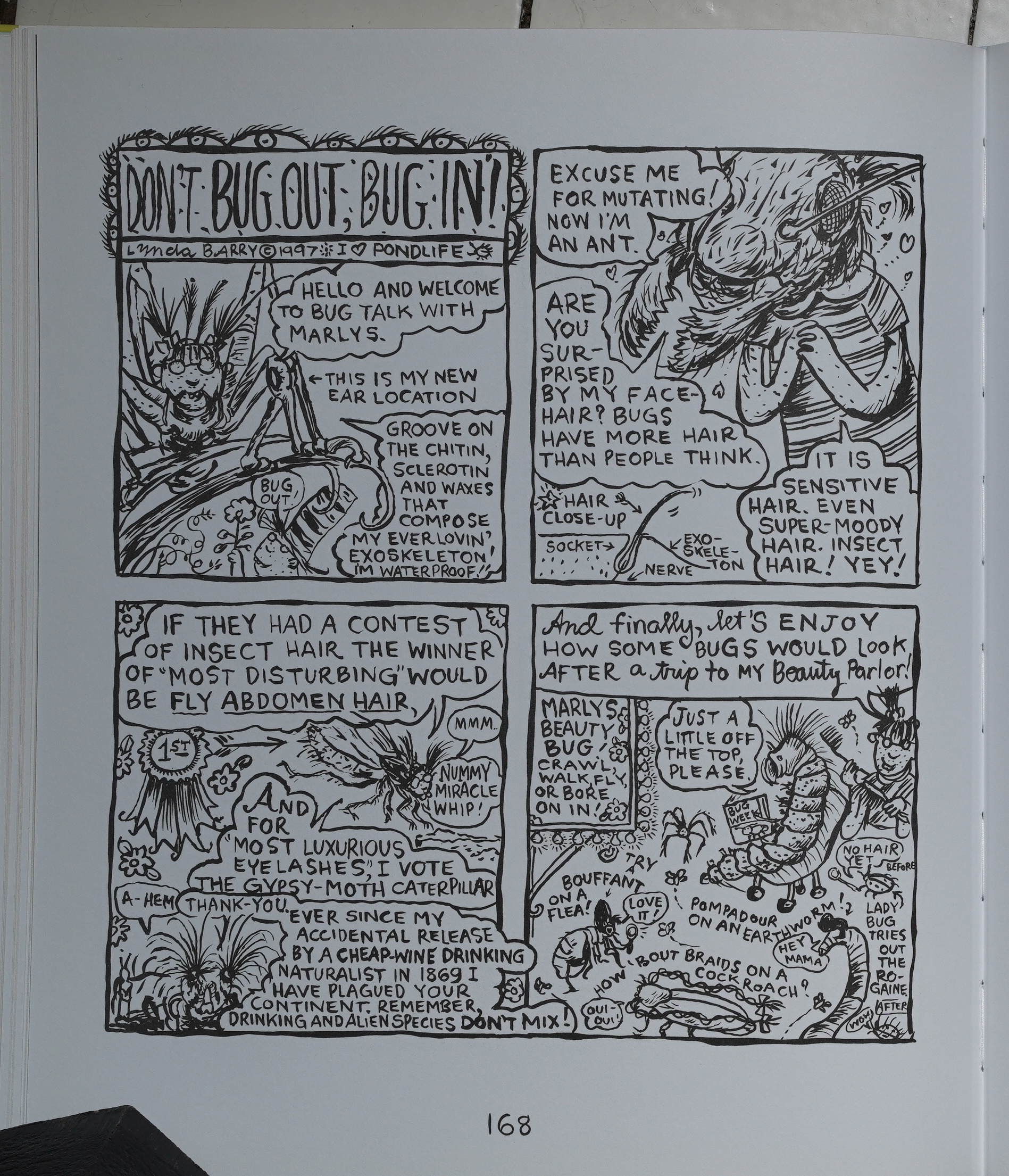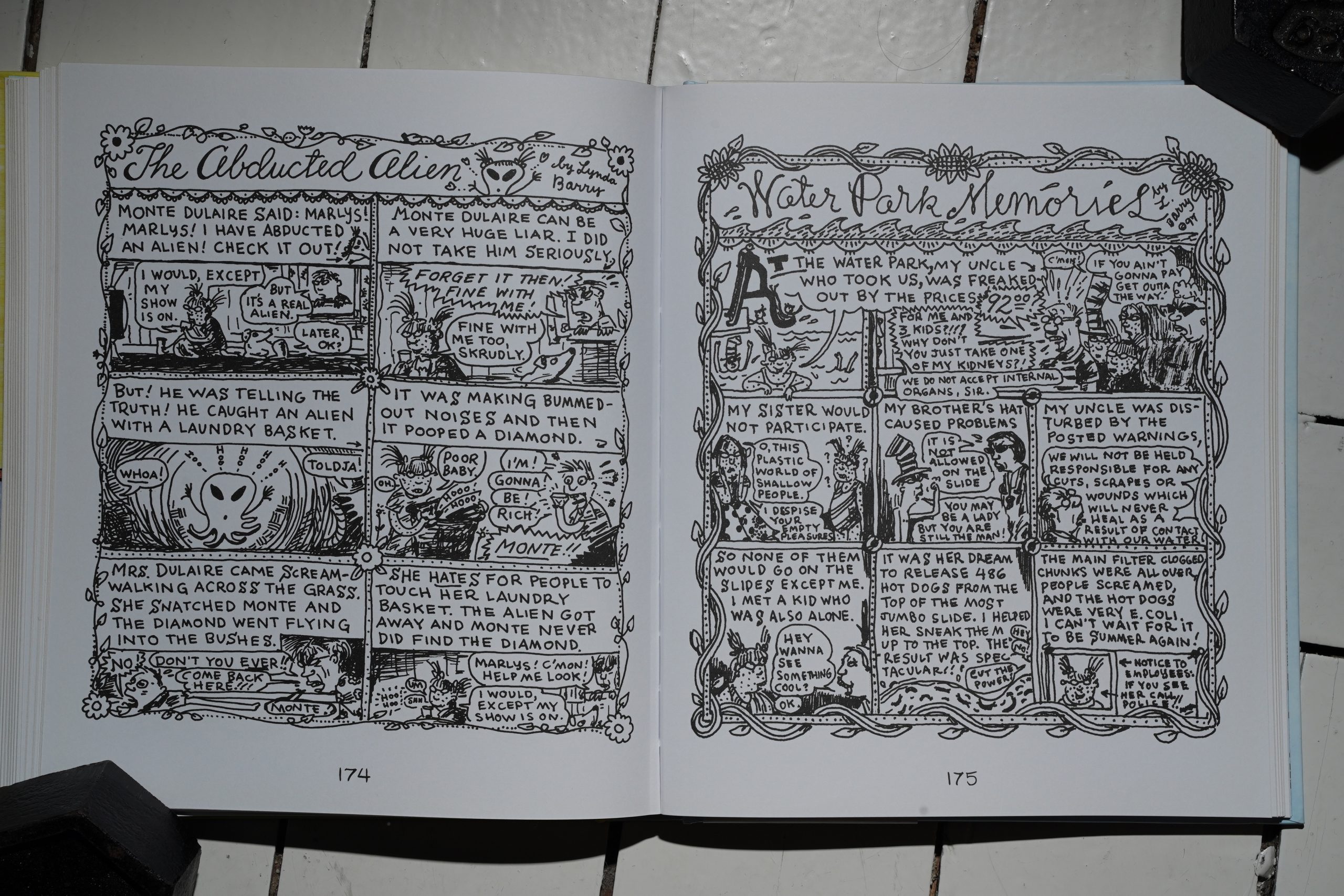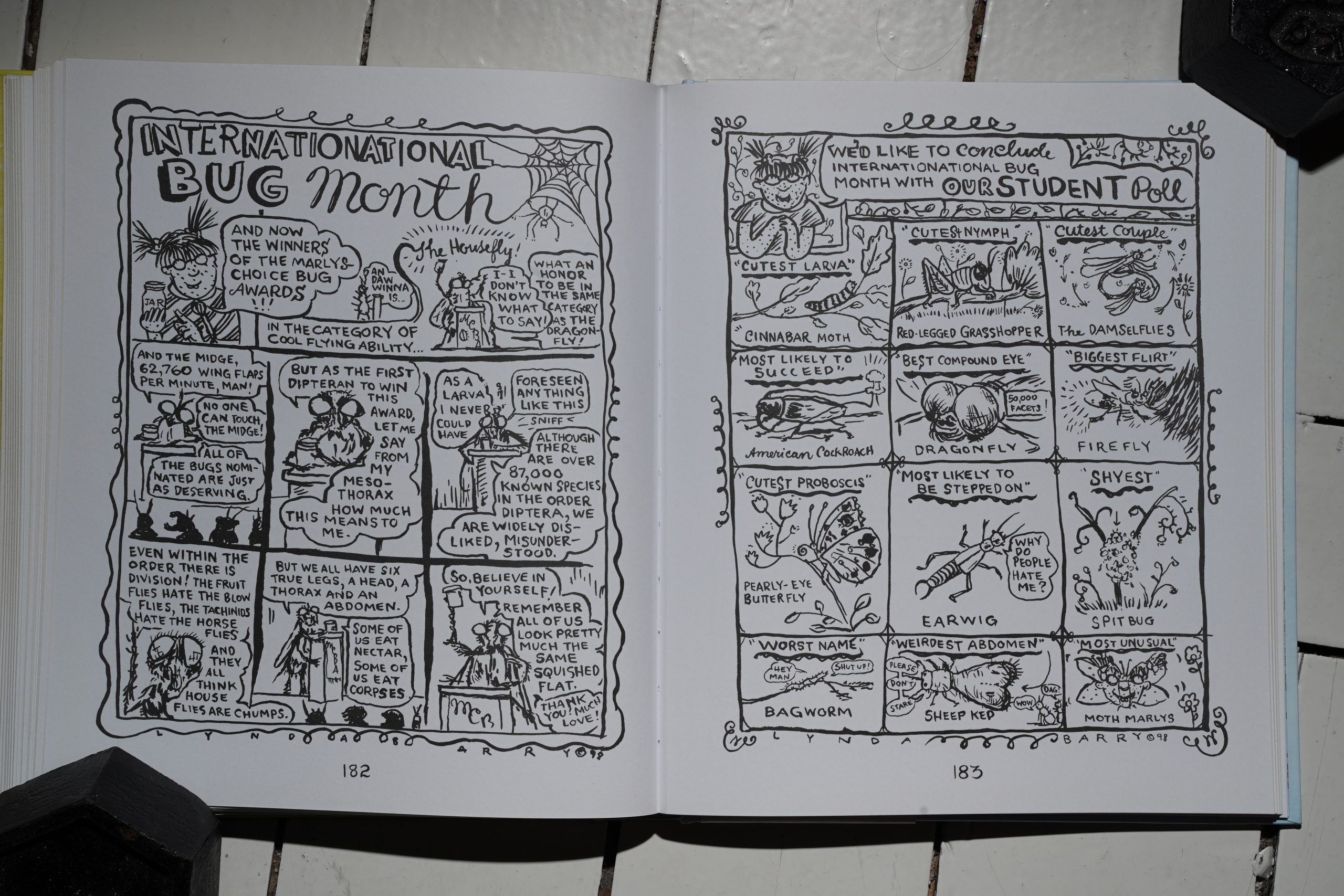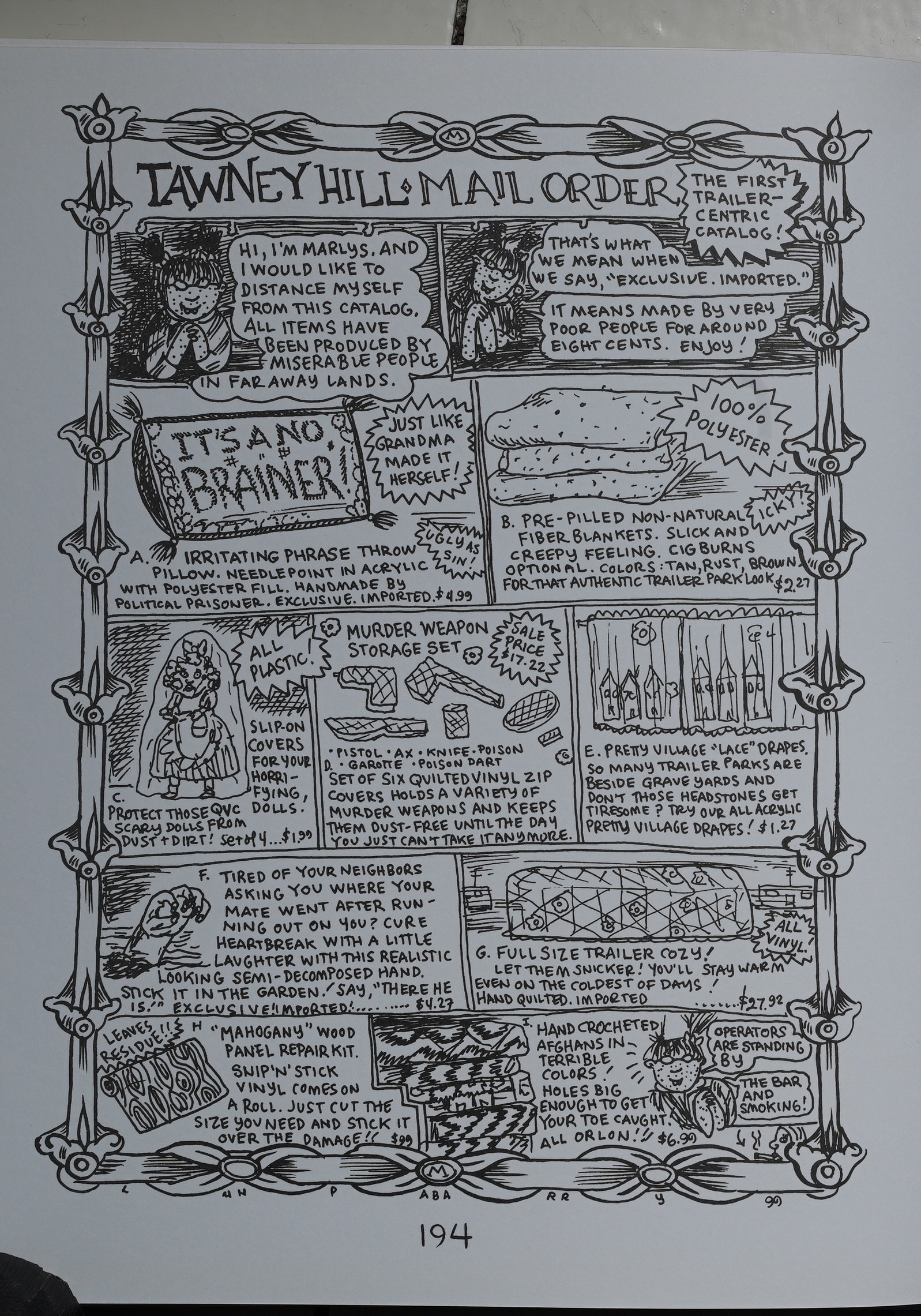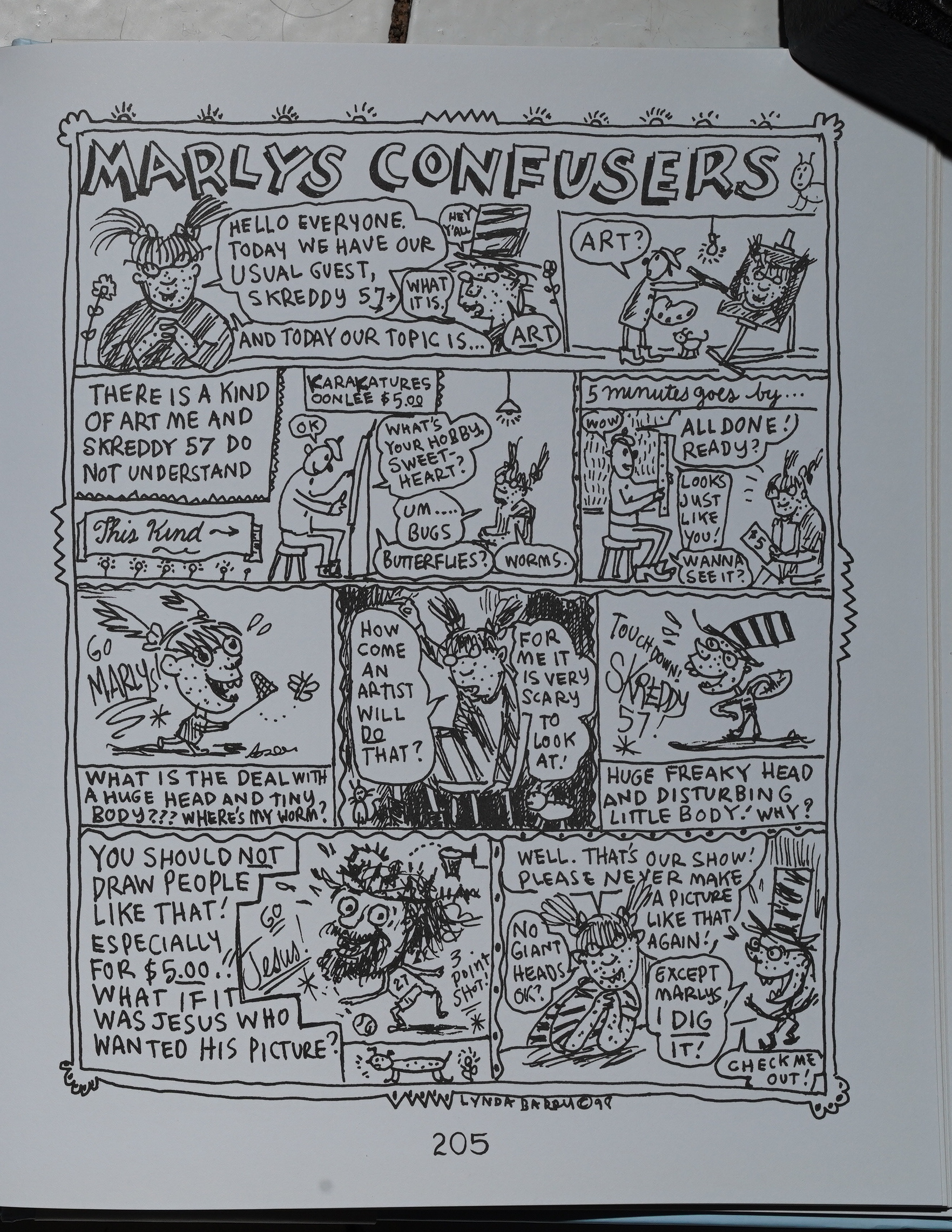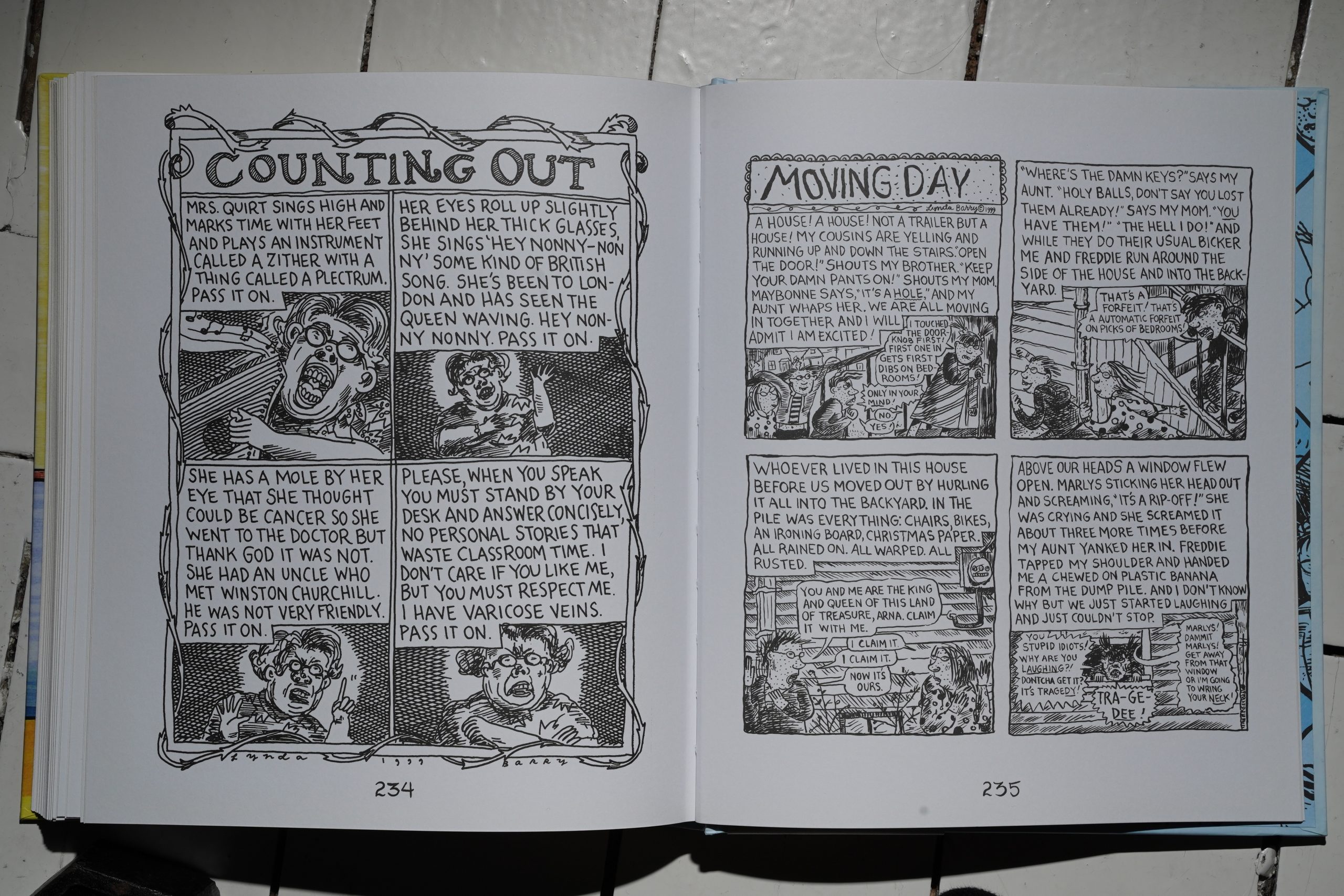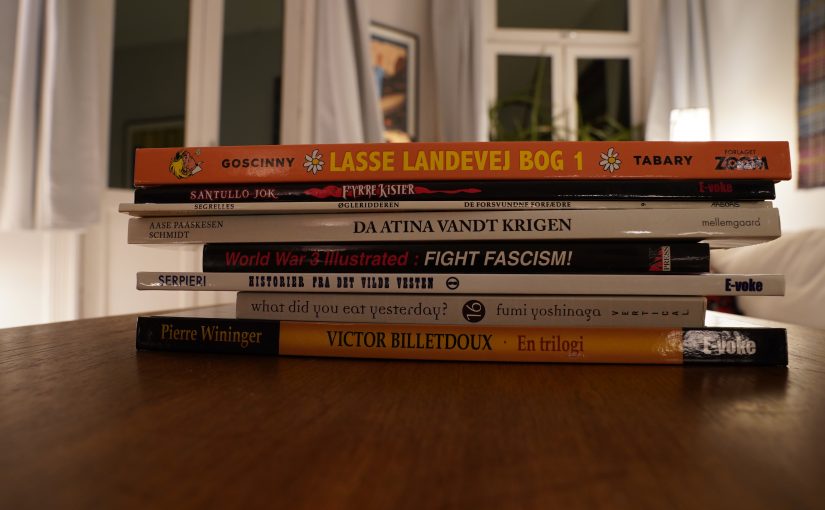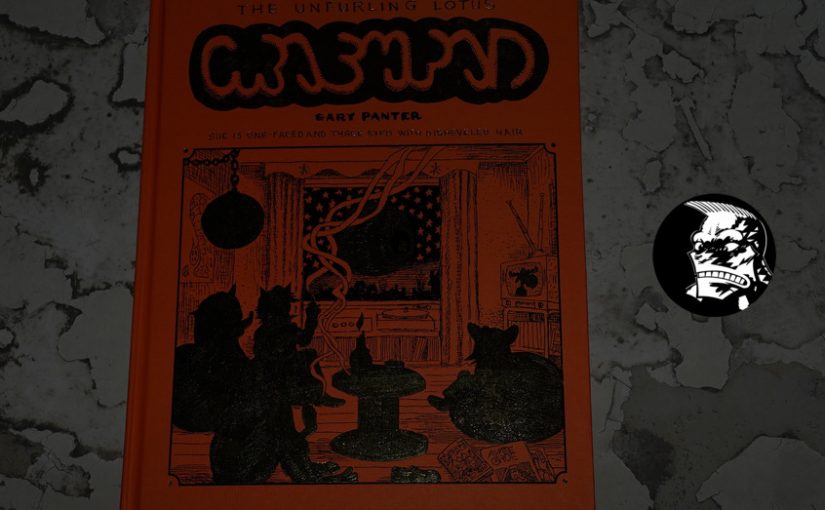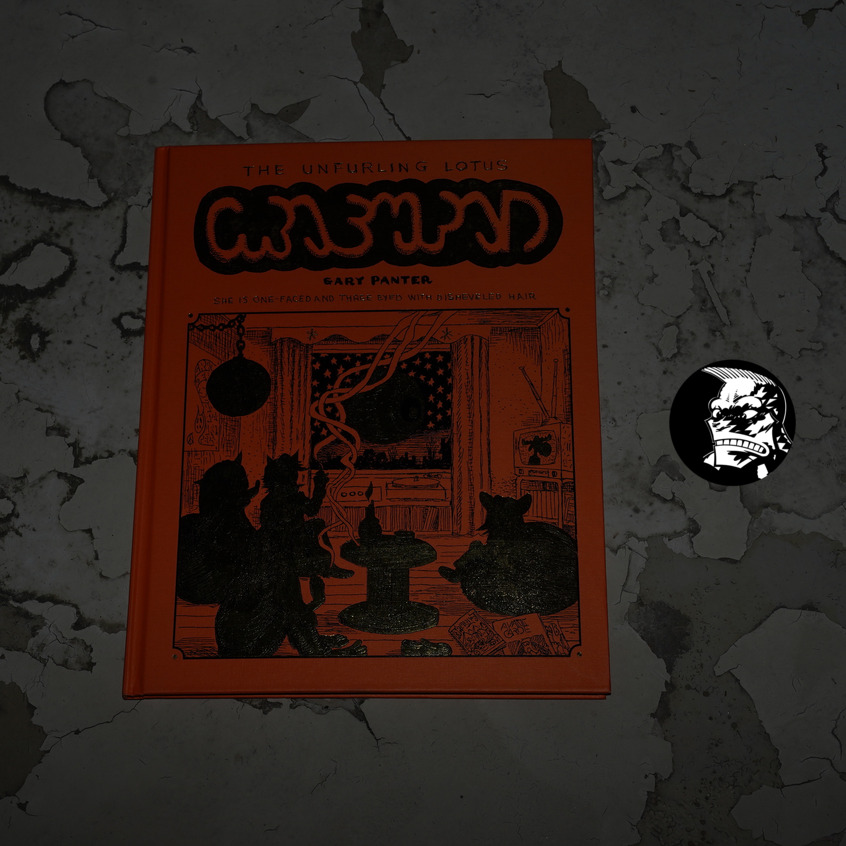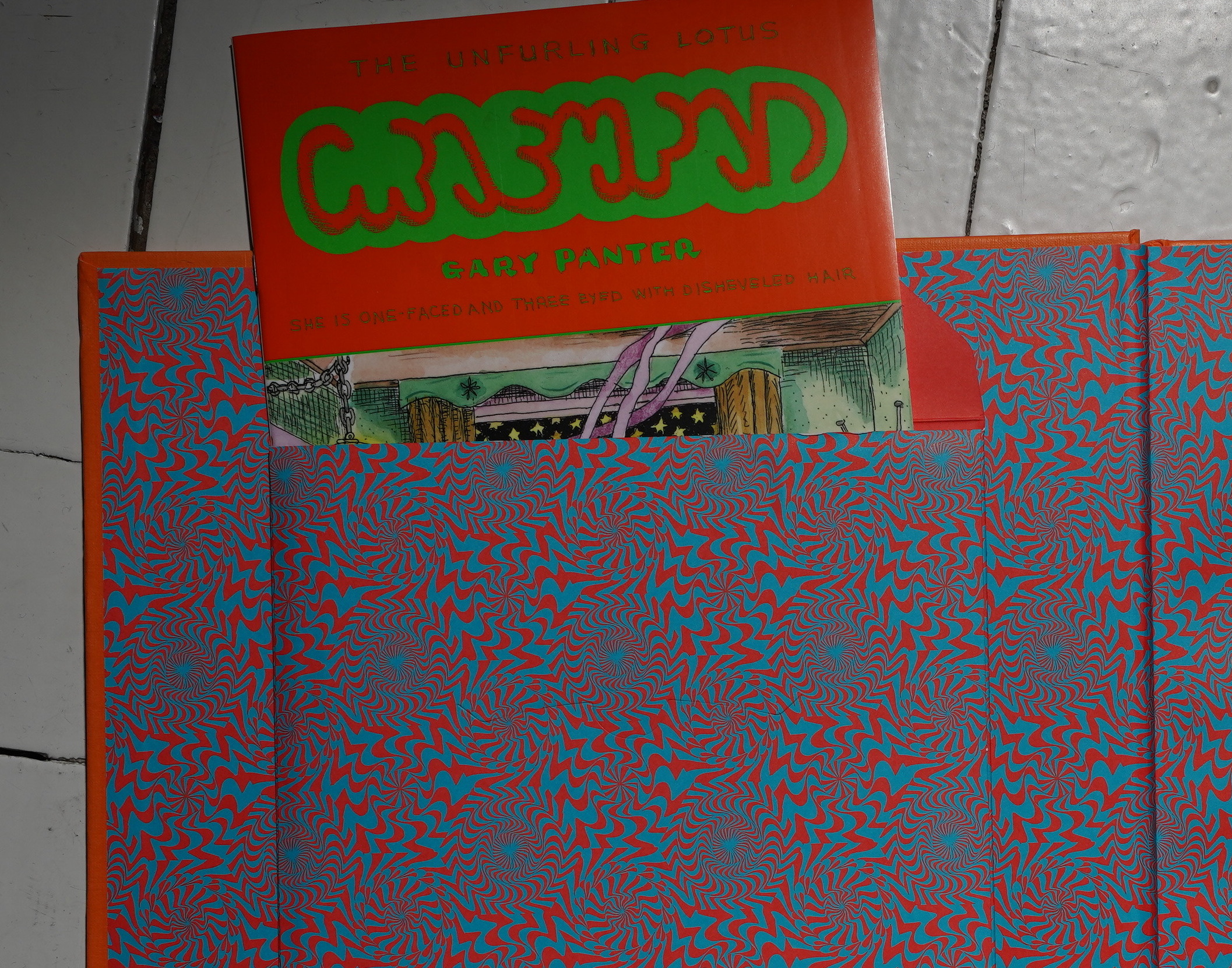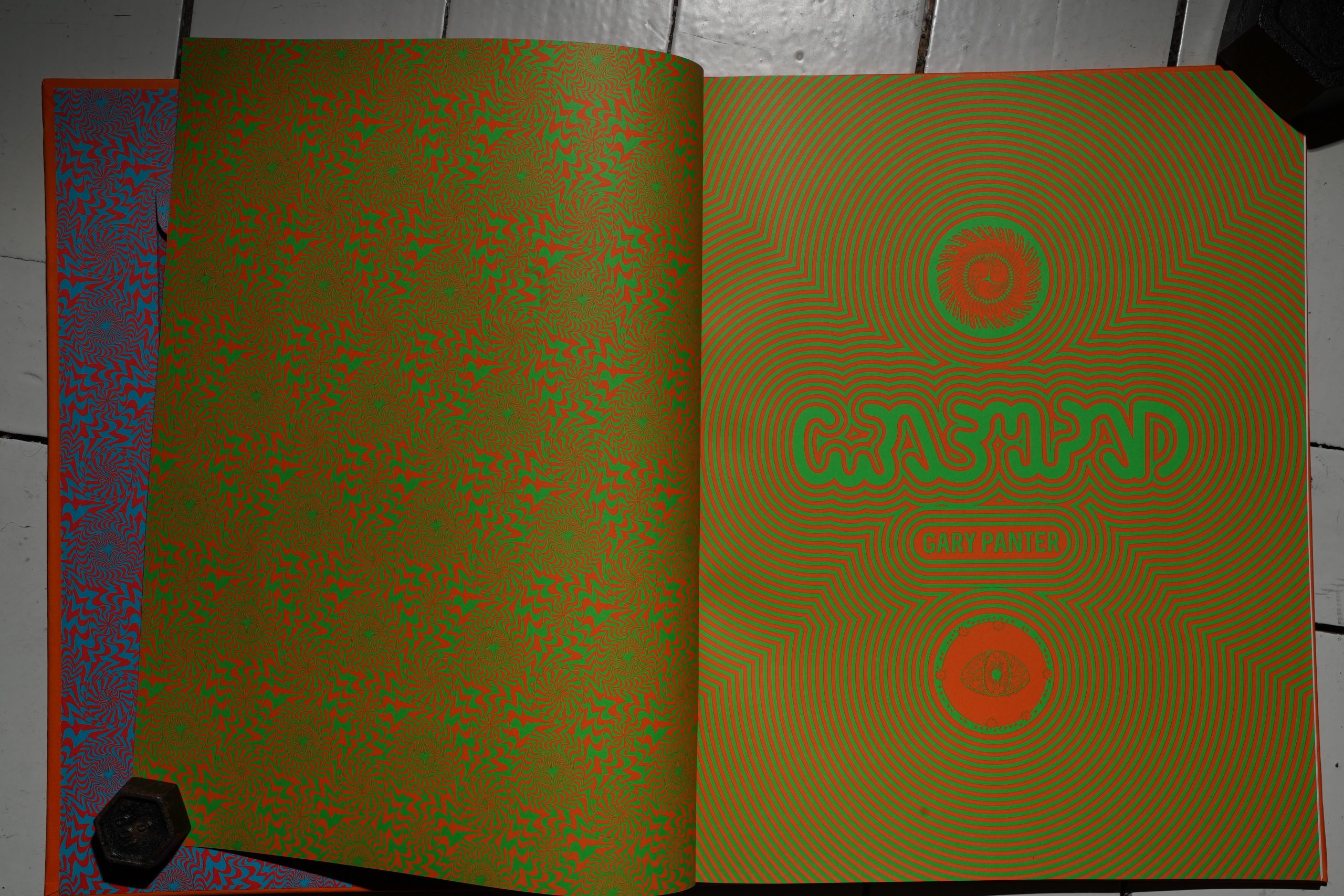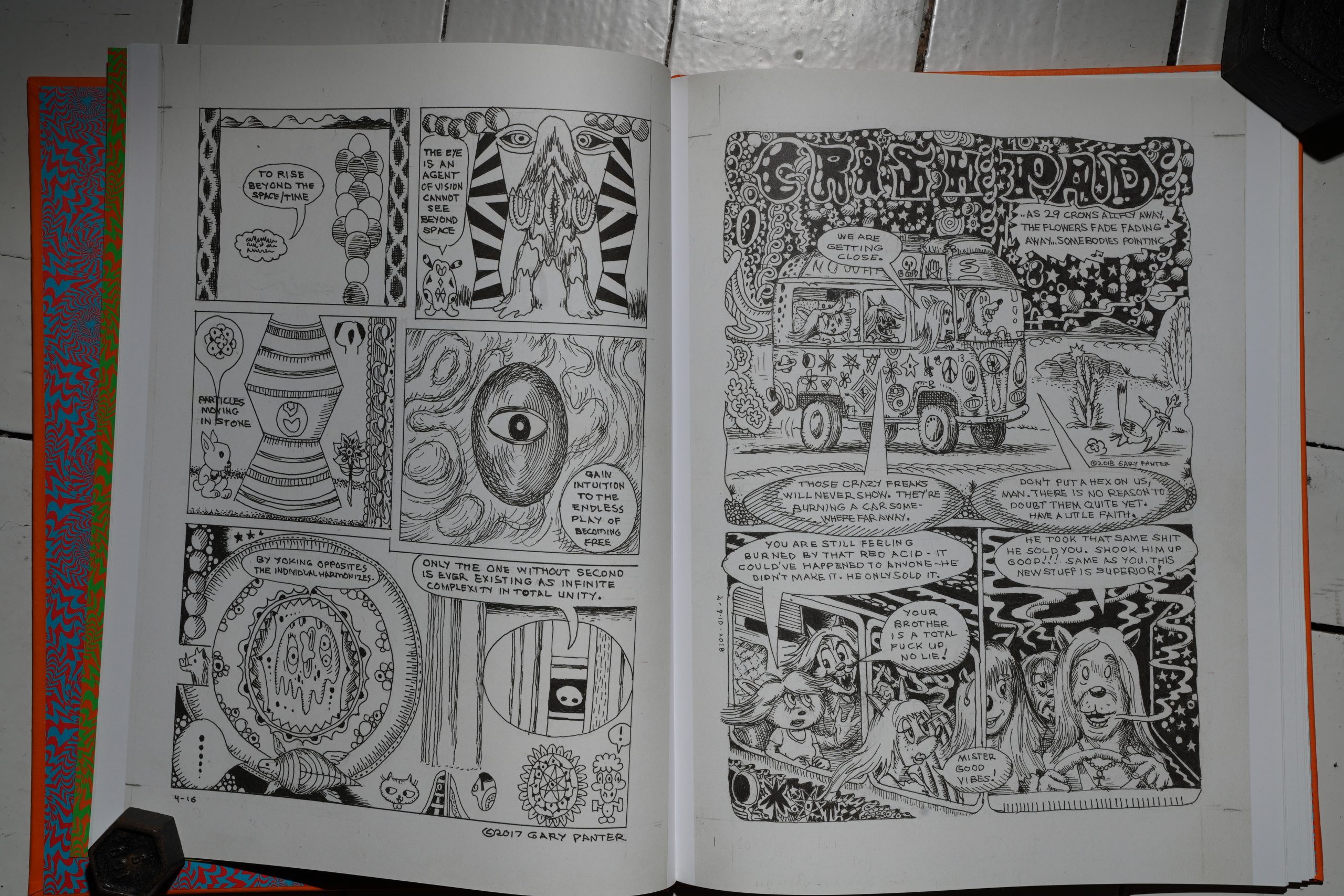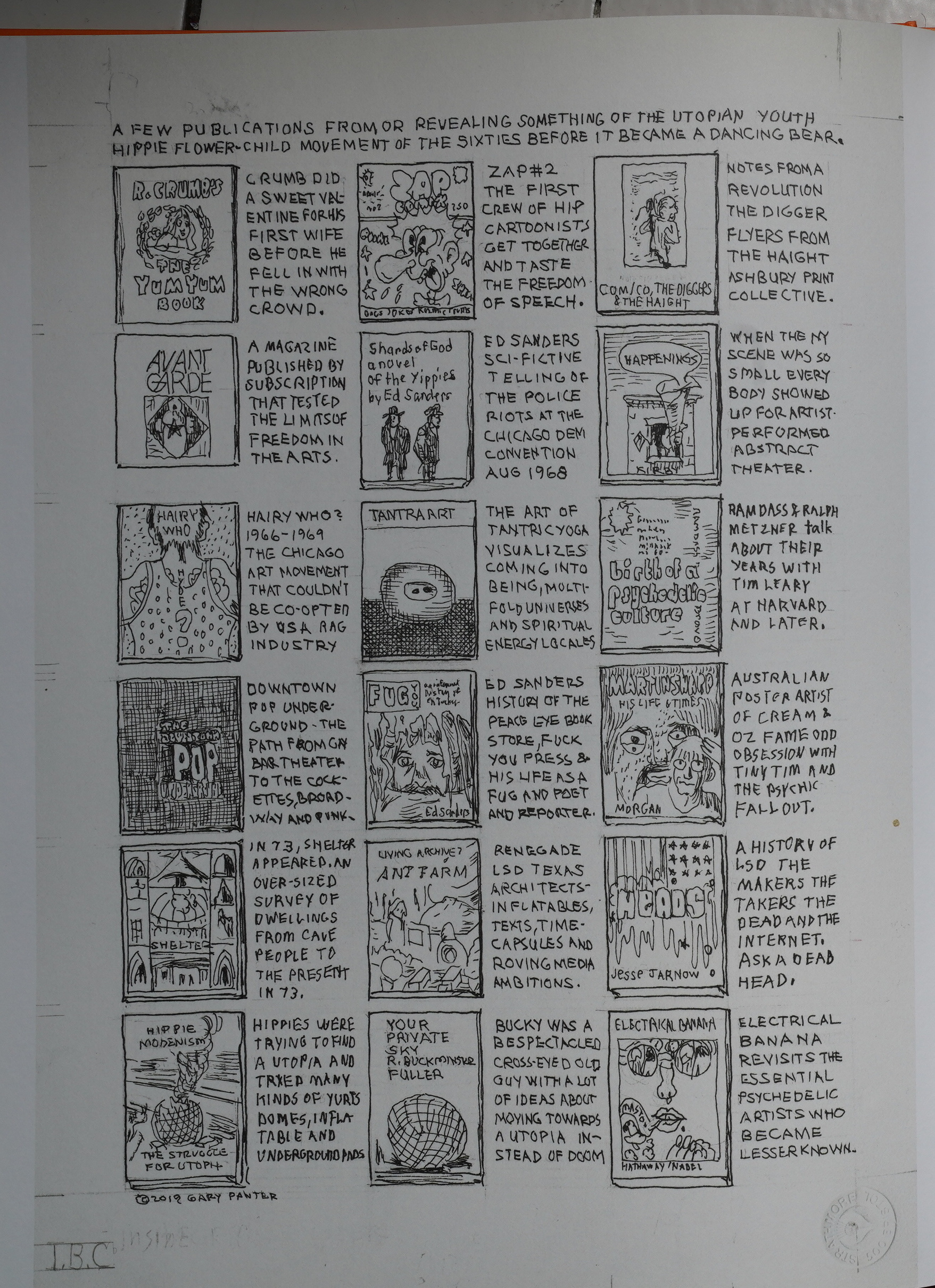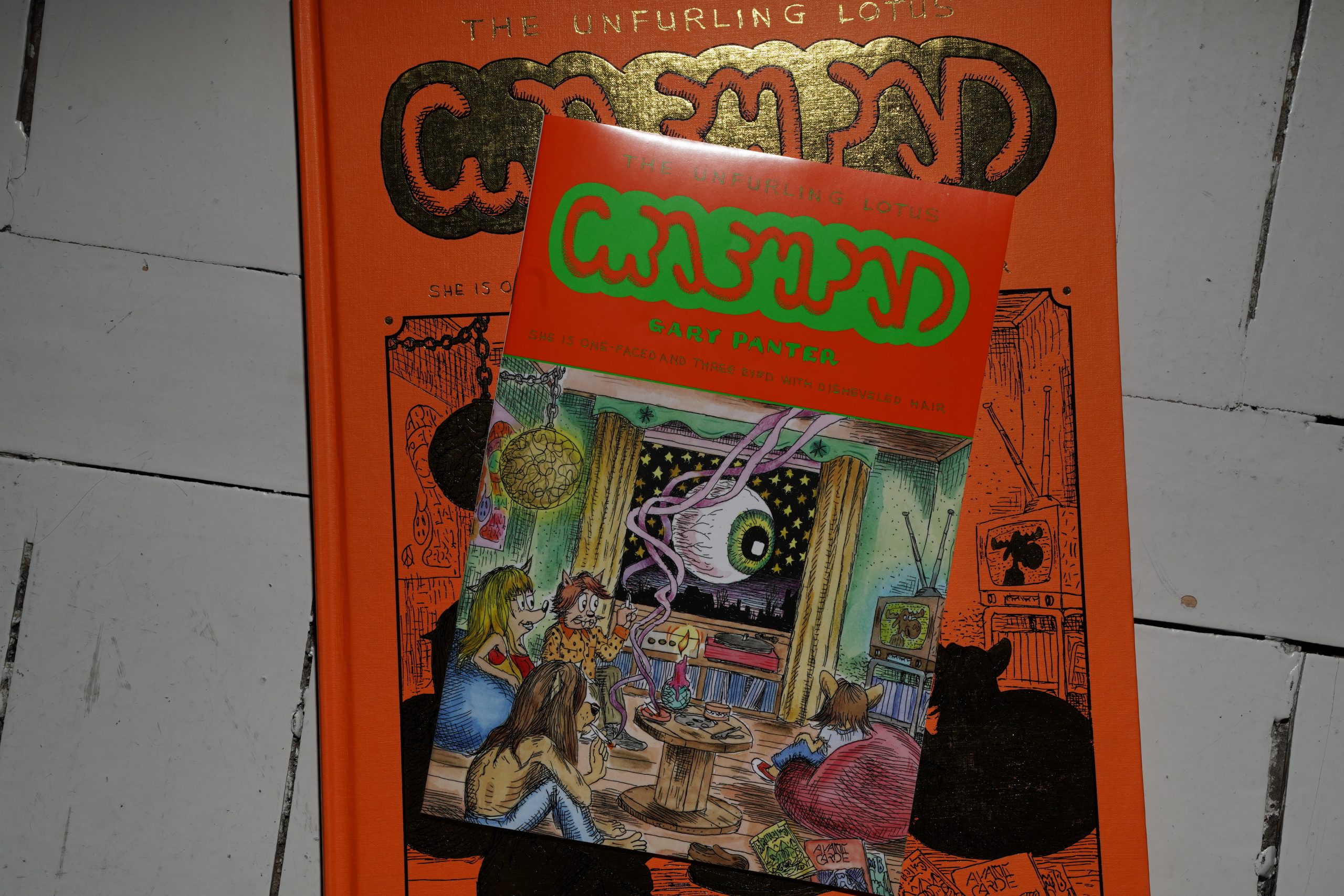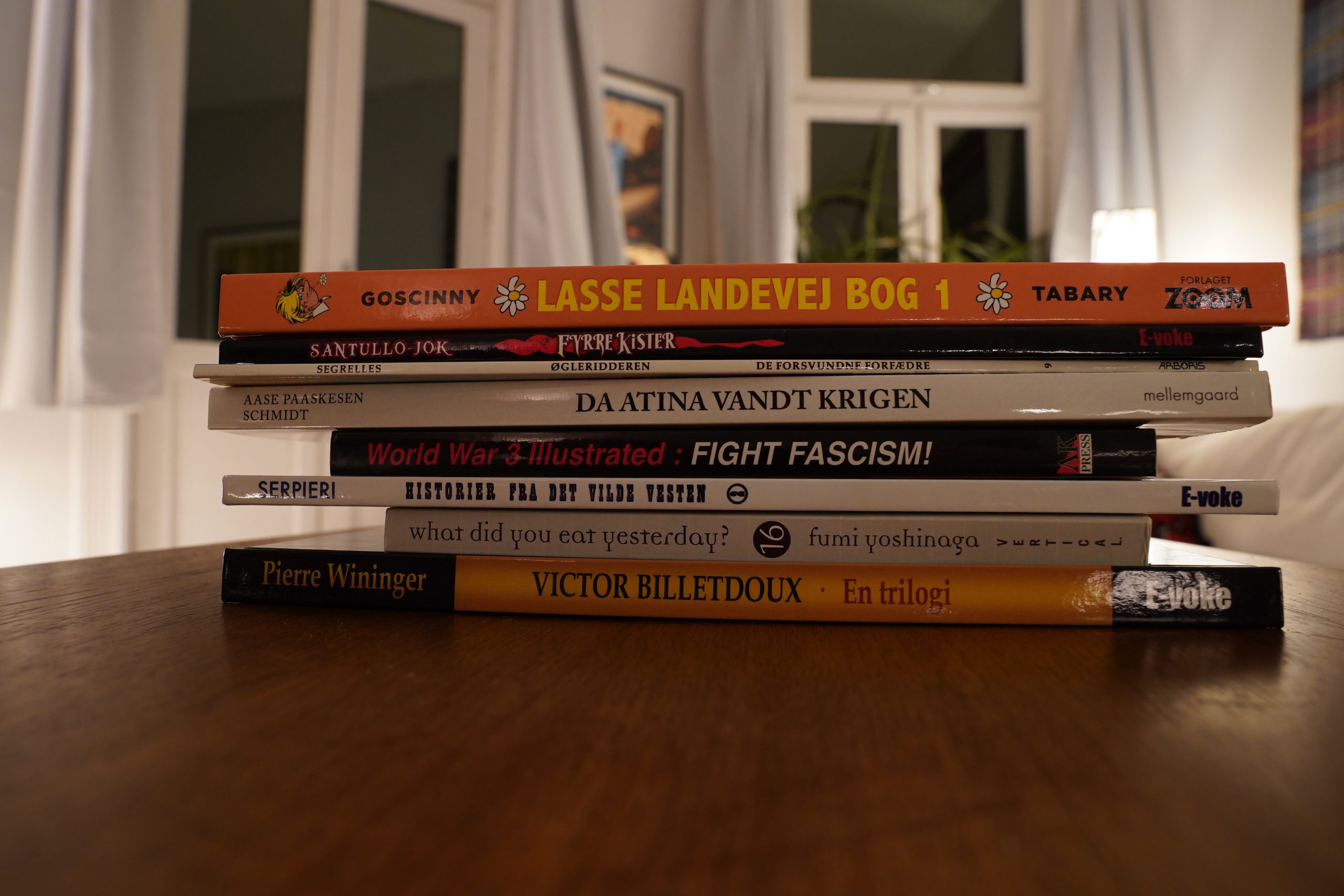
I read comics all day yesterday, so I had to get some work done today, but now I just wanna read comics again until I plotz… So a shorter daze. Microdaze.
| My Life With The Thrill Kill Kult: Confessions Of A Knife (Remastered) | 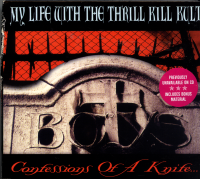 |
19:10: Victor Billetdoux – en trilogi by Pierre Wininger (E-voke)

This curiously titled book collects three Wininger albums… but I’ve already read five albums by Wininger, and weren’t they also about Billetdoux? Er… or not? But they were also set in the same time period and with very similar-looking characters, so I almost didn’t buy this.
And… it’s two of the albums I’ve already read, but it includes one new one. I mean, an old one — the very first album. So… yay?
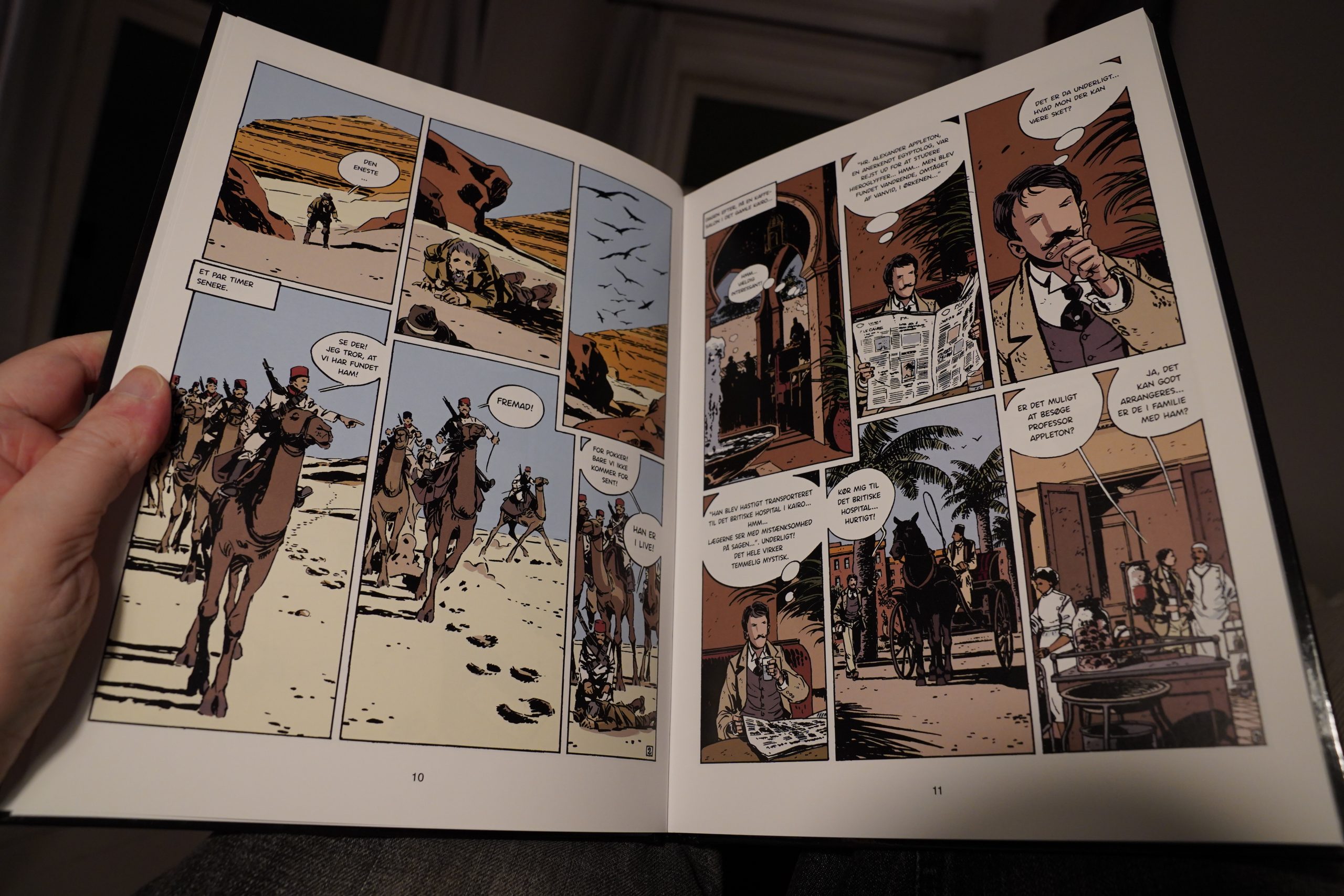
The artwork’s pretty rough-looking… and it’s been newly recoloured, and … not in a very exciting way? I mean, I like that they’ve gone for the general look that Wininger used in the original albums, but it’s just too dull.
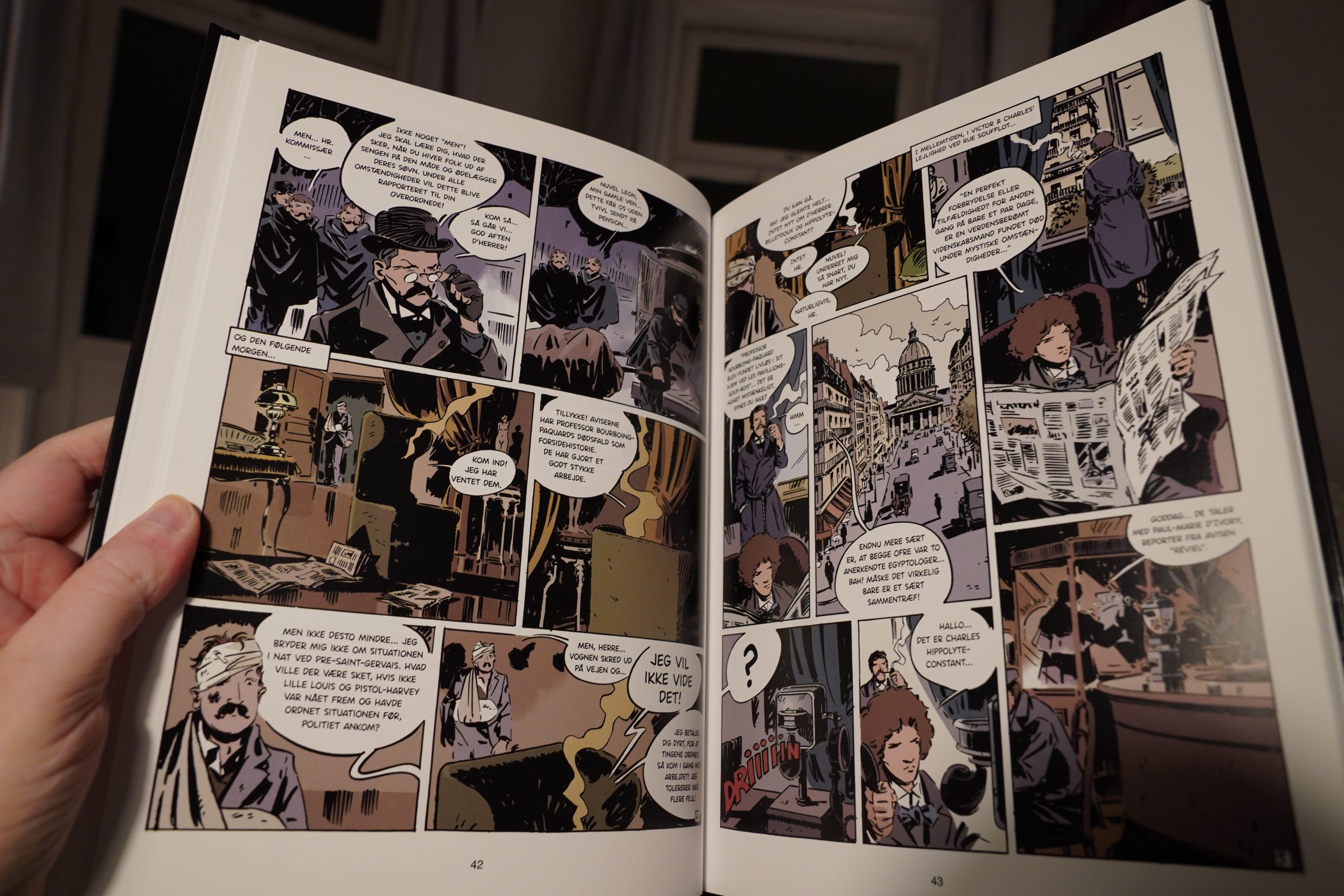
The story doesn’t make much sense, but it’s pretty fun anyway. I like the house in the huge cave. I can see why they skipped this story when translating Wininger in the 80s, though: Parts of it read like the work of a very inexperienced cartoonist, which is what it is.
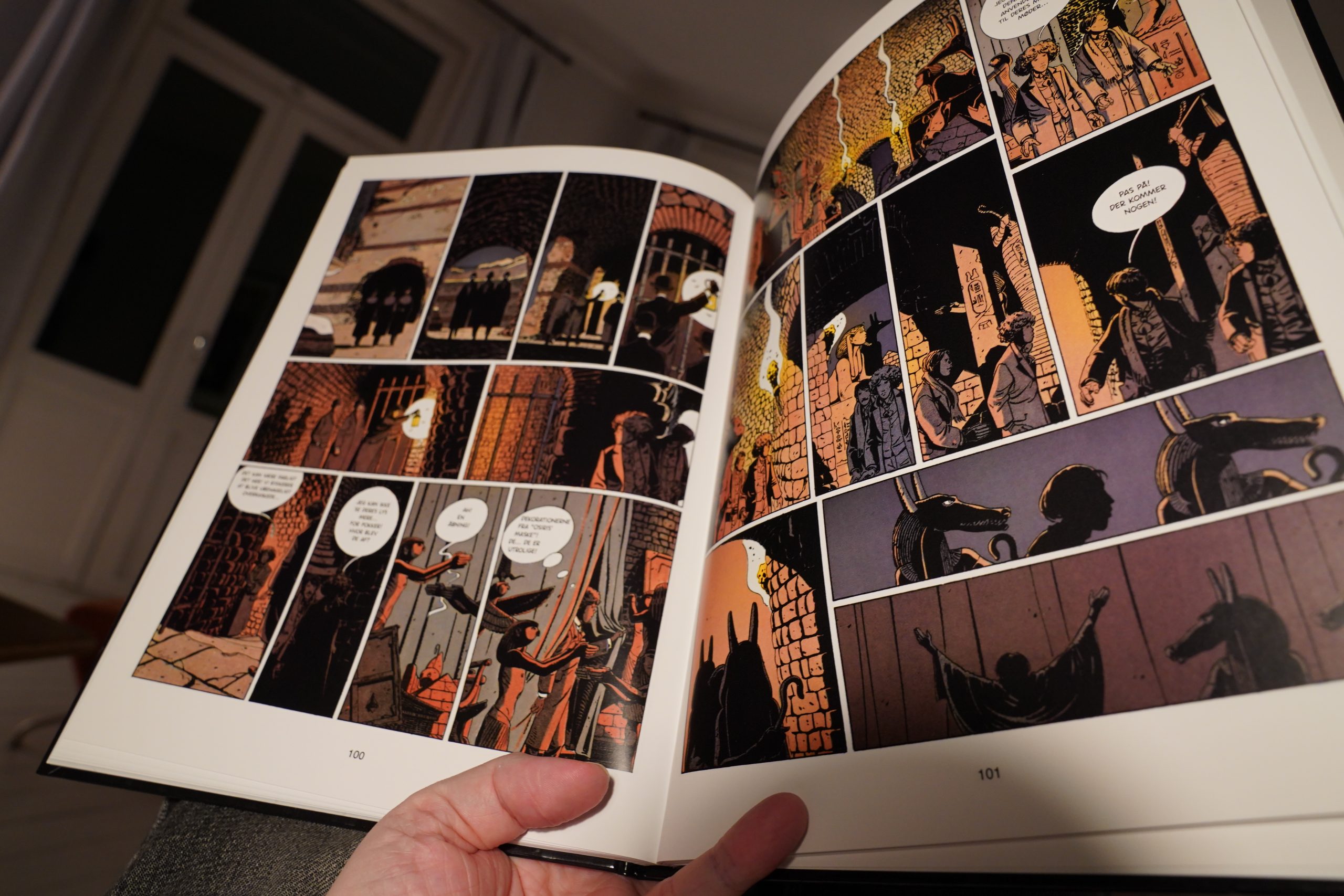
The second album is much more accomplished, and Wininger’s artwork is looking a whole lot more like Tardi. The publishers (in the introduction) say that they think the comparison is unfair, since Wininger’s stories have more in common with Blake & Mortimer… which I guess is pretty accurate. It’s like reading a Black & Mortimer story illustrated by Tardi.
By which I mean that it’s mostly just nonsense, but sure looks pretty.
There’s some scenes here that are pretty riveting, though.
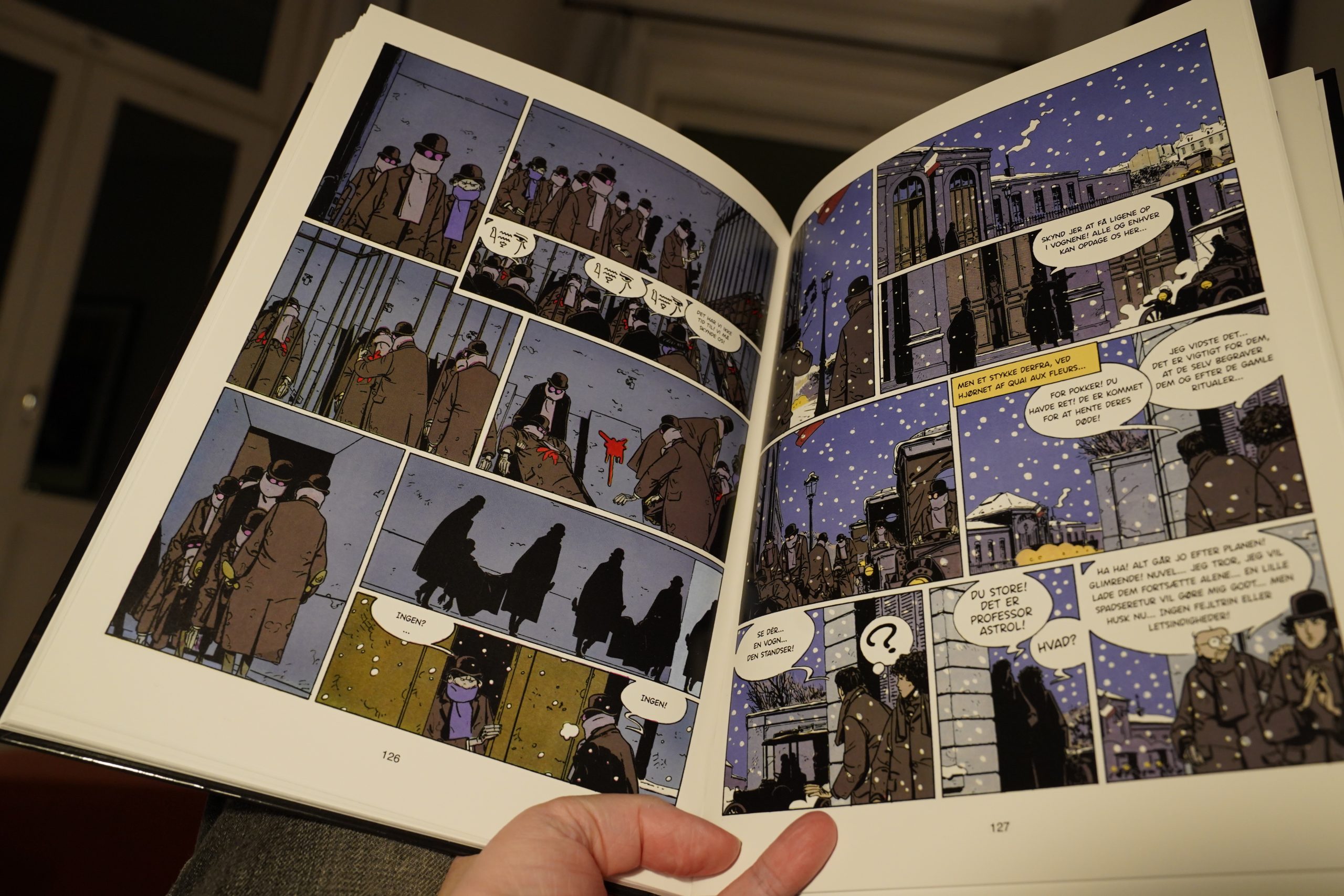
The third album is the strongest one — Wininger’s really got his Tardi mojo going, and it’s got a satisfyingly confusing plot line.
The ending feels a bit… Well, in one way, it’s perfect, but it’s also a let-down.
| Coil: …and the Ambulance Died In His Arms |  |
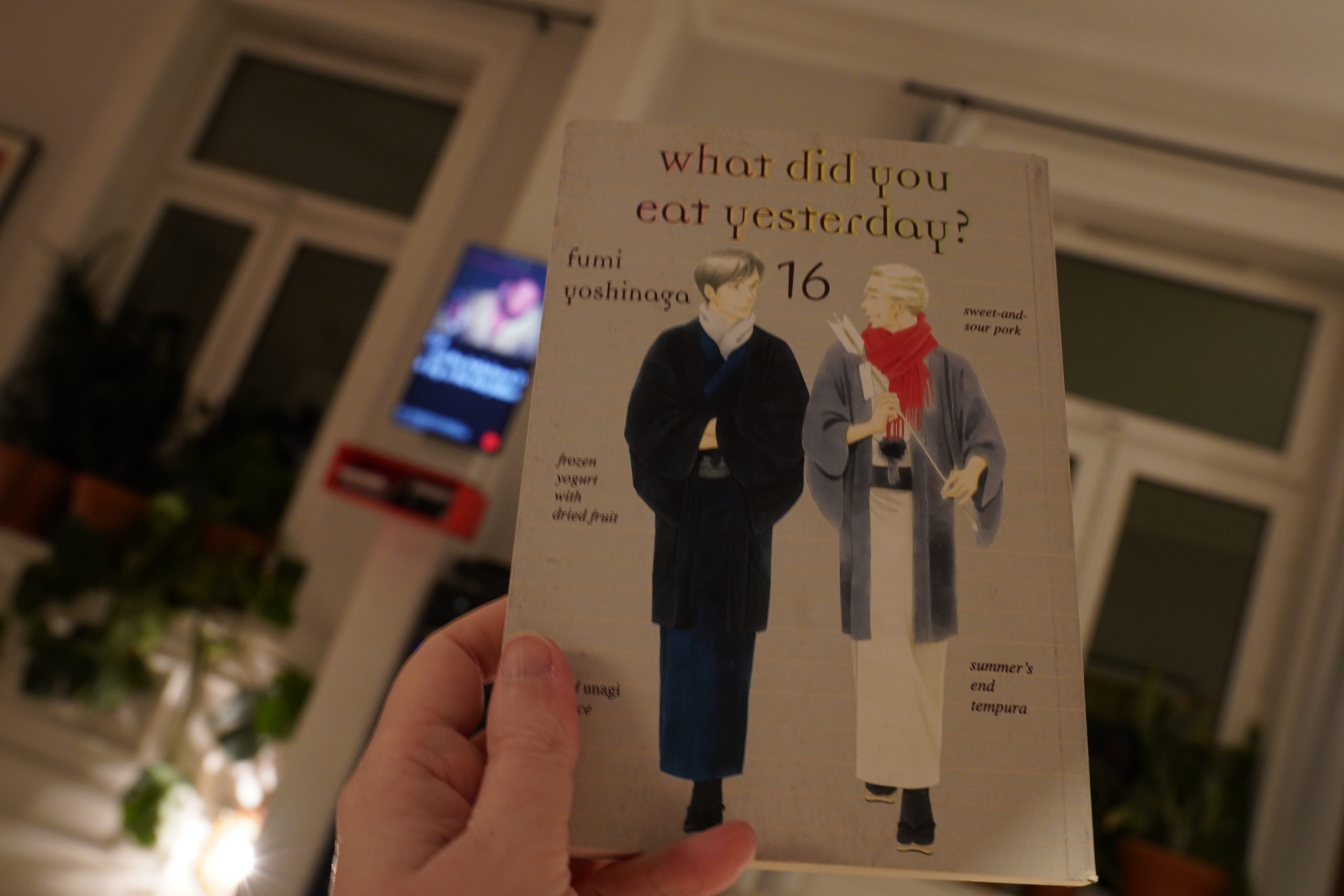
20:40: What Did You Eat Yesterday? 16 by Fumi Yoshinaga (Vertical)
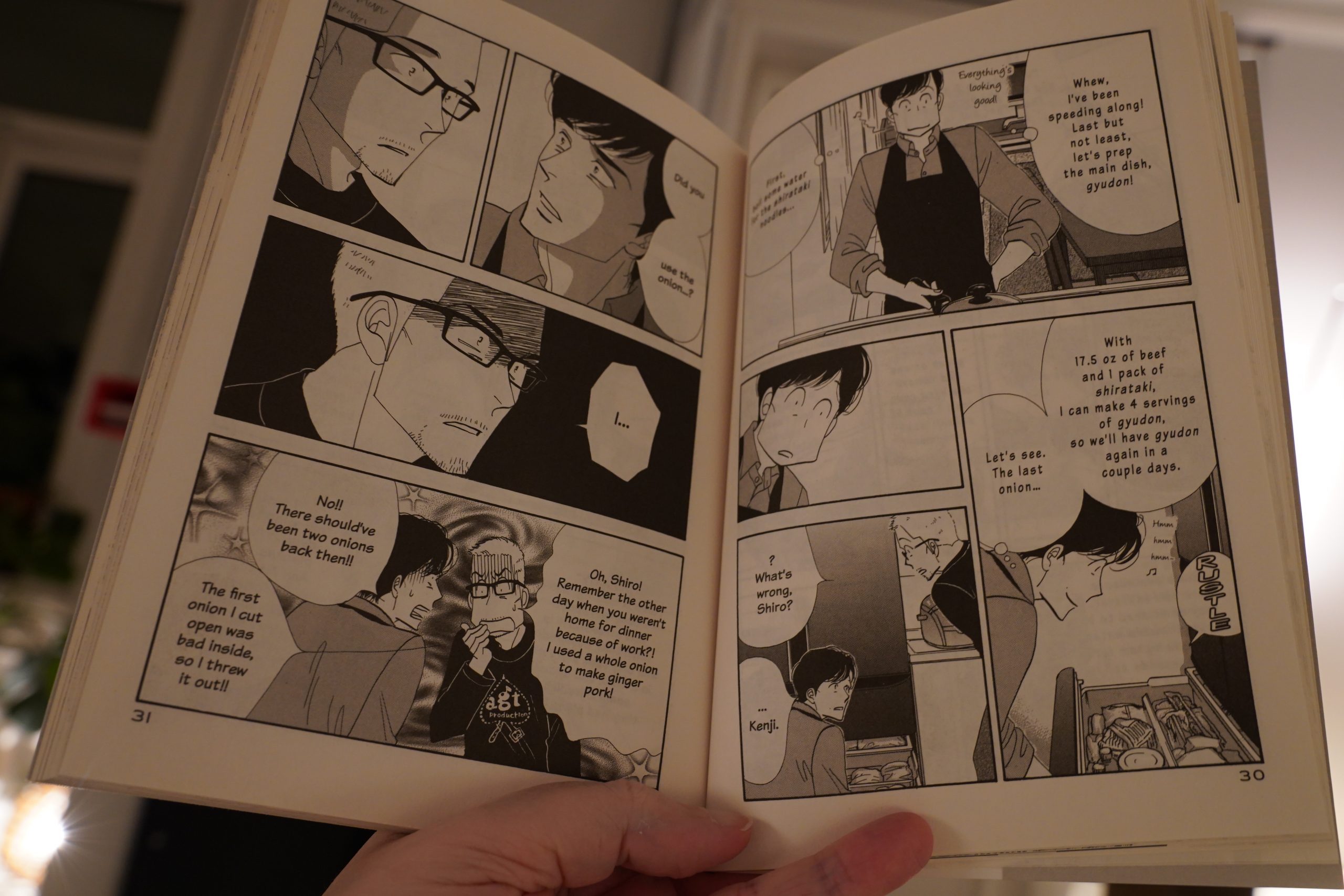
Oh no! They don’t have onions!
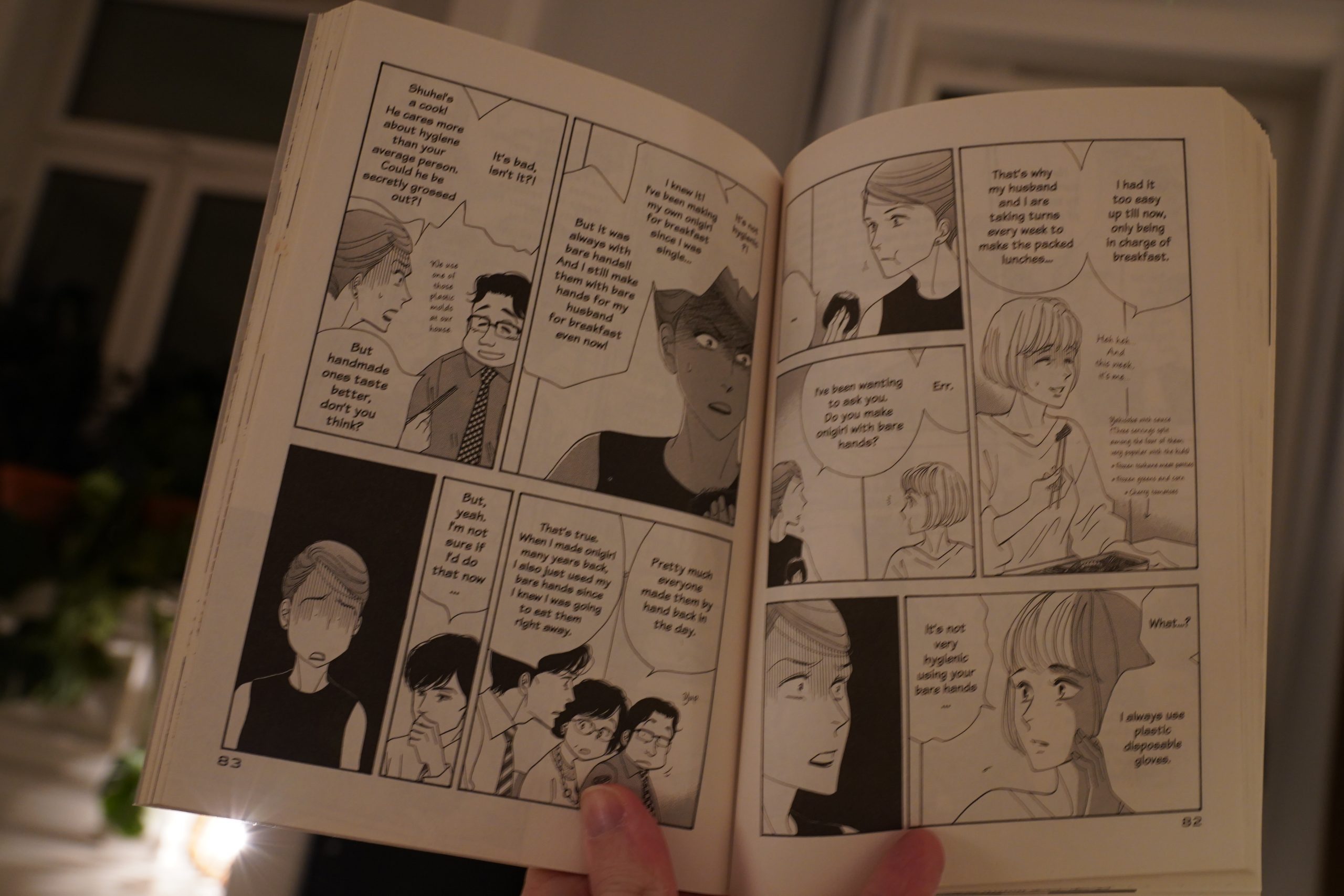
Oh no! She made the lunch for herself without using plastic gloves!
I adore how low stakes this series is. And it’s so much fun.

I did have a suspicion that I was an old Japanese woman, though. I’ve booked hotels in cities deliberately far from the train station so that I could take a cab to the hotel without the cabbie getting mad at me.
I hate carrying luggage.
| JPEGMAFIA: LP! |  |

21:38: Historier fra det Vilde Vesten 2 by Serpieri (E-voke)
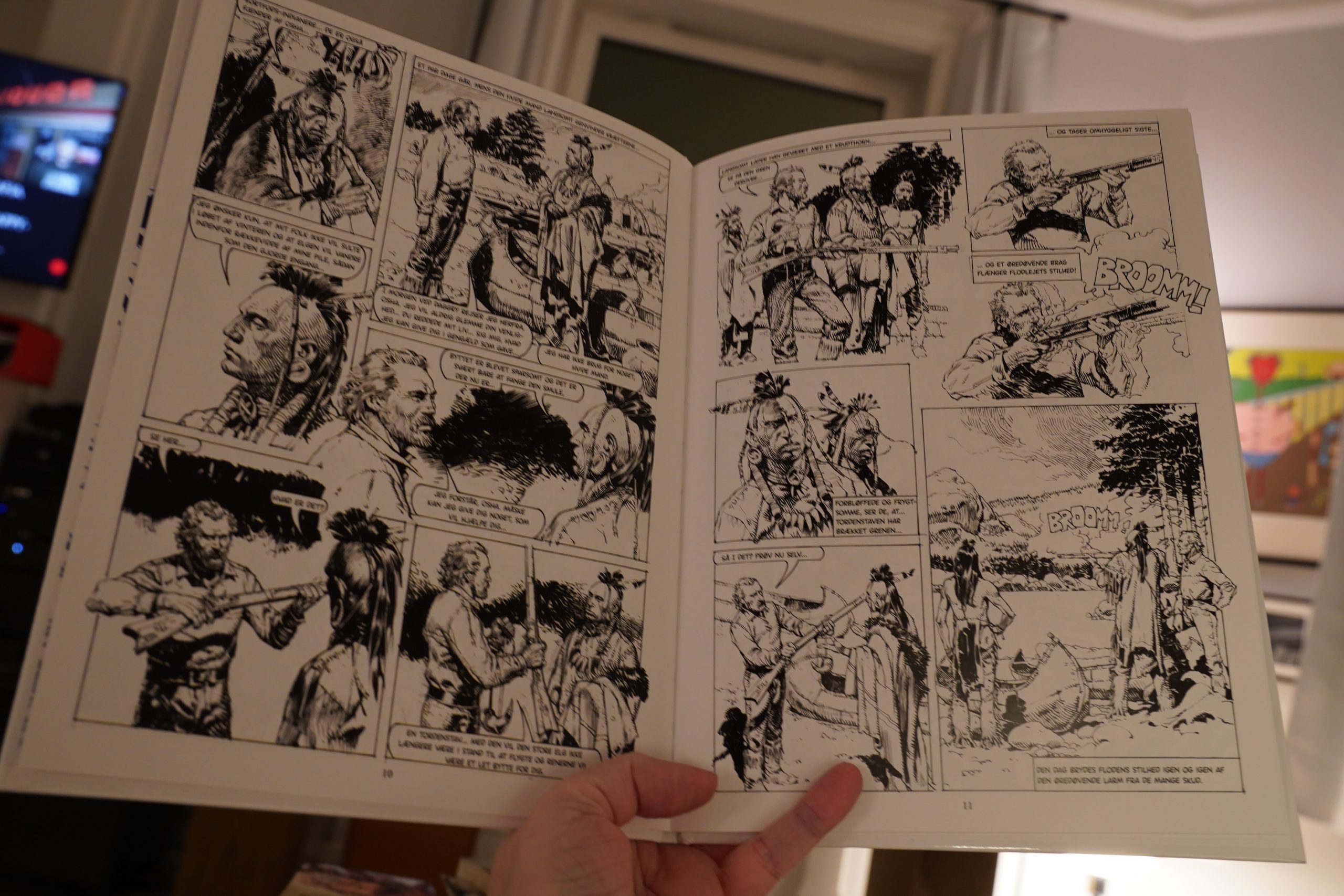
I don’t understand the economics of printing these days, but this was printed in 200 copies? Perhaps it’s some kind of print-on-demand-like thing? But I mean, you have to translate and (computer) letter it…

Anyway, Serpieri’s chops are impeccable: The artwork’s perfect for a western thing. The stories are all written by different people, but are all kind of … elegiac … and definitely on side of the Native Americans. They’re OK.
| JPEGMAFIA: LP! |  |

21:58: World War 3 Illustrated #48: Fight Fascism! (AK Press)
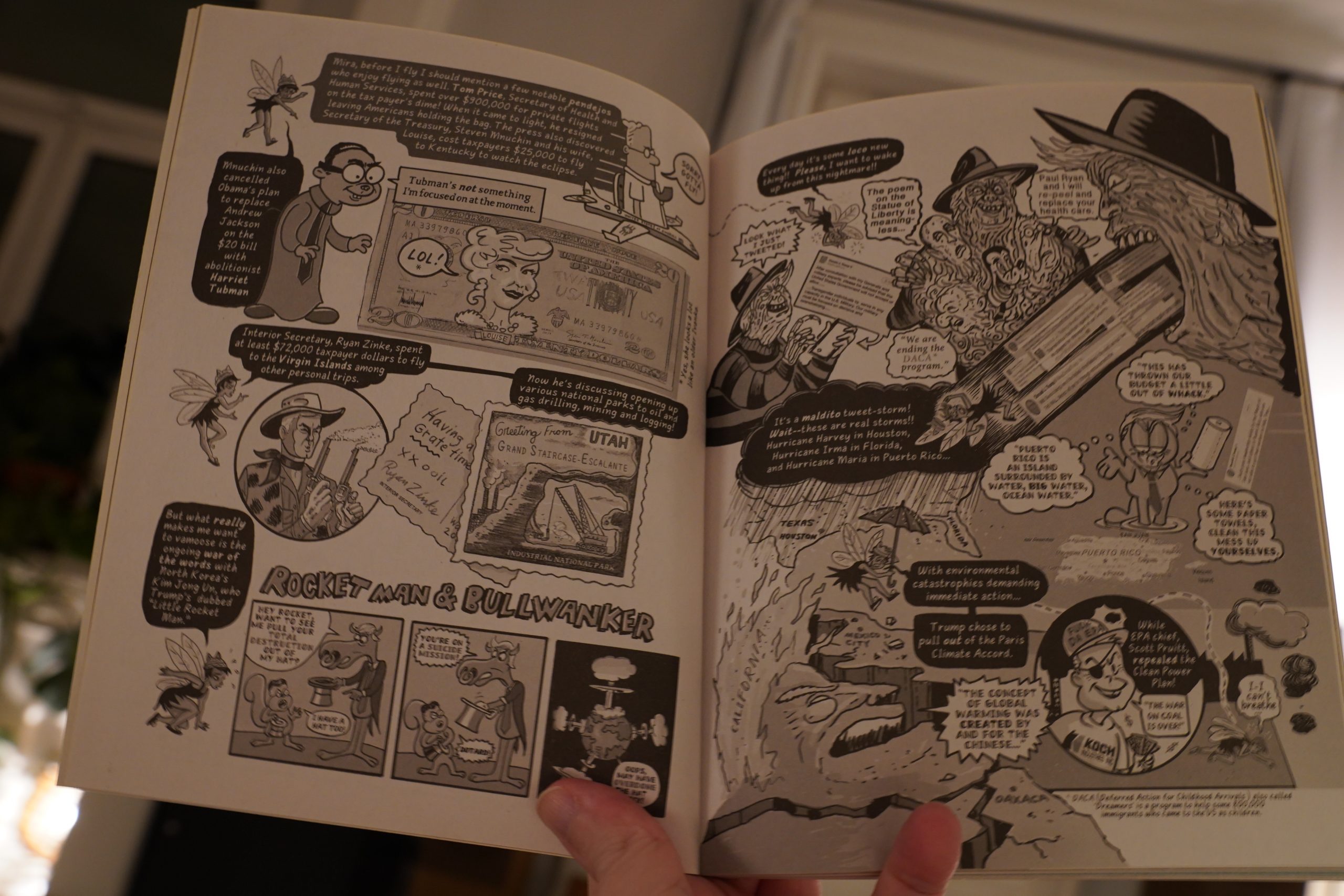
This was the first issue after the Trump inauguration, so… I was kinda expecting it to be even better than a normal WW3 issue? (Peter Kuper.)

And there’s indeed good stuff in here, but many of the pieces (not snapped here) just quote Trump a lot, and nobody wants to read that.
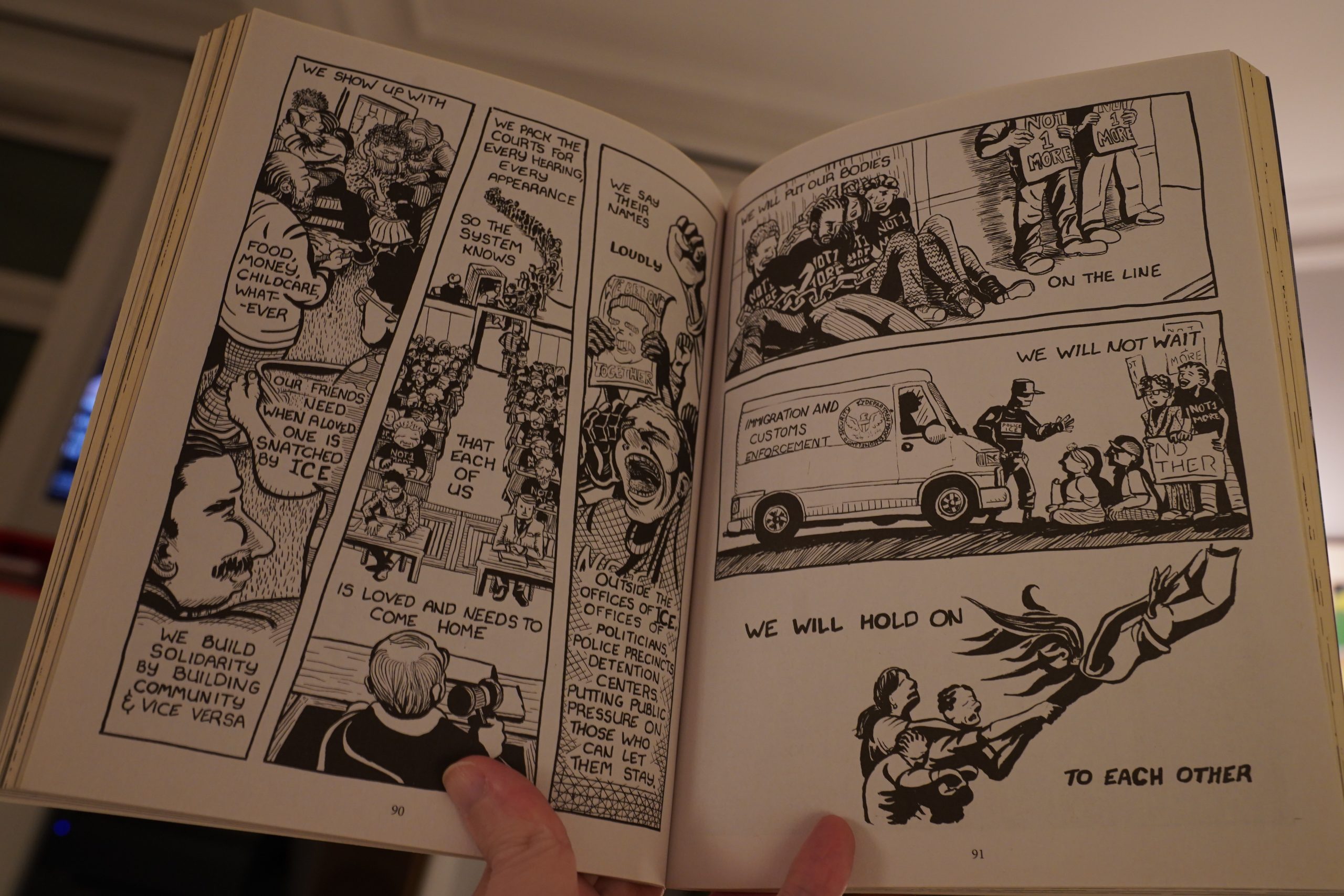
So about two thirds of the material made me skim past it, but the rest is good.
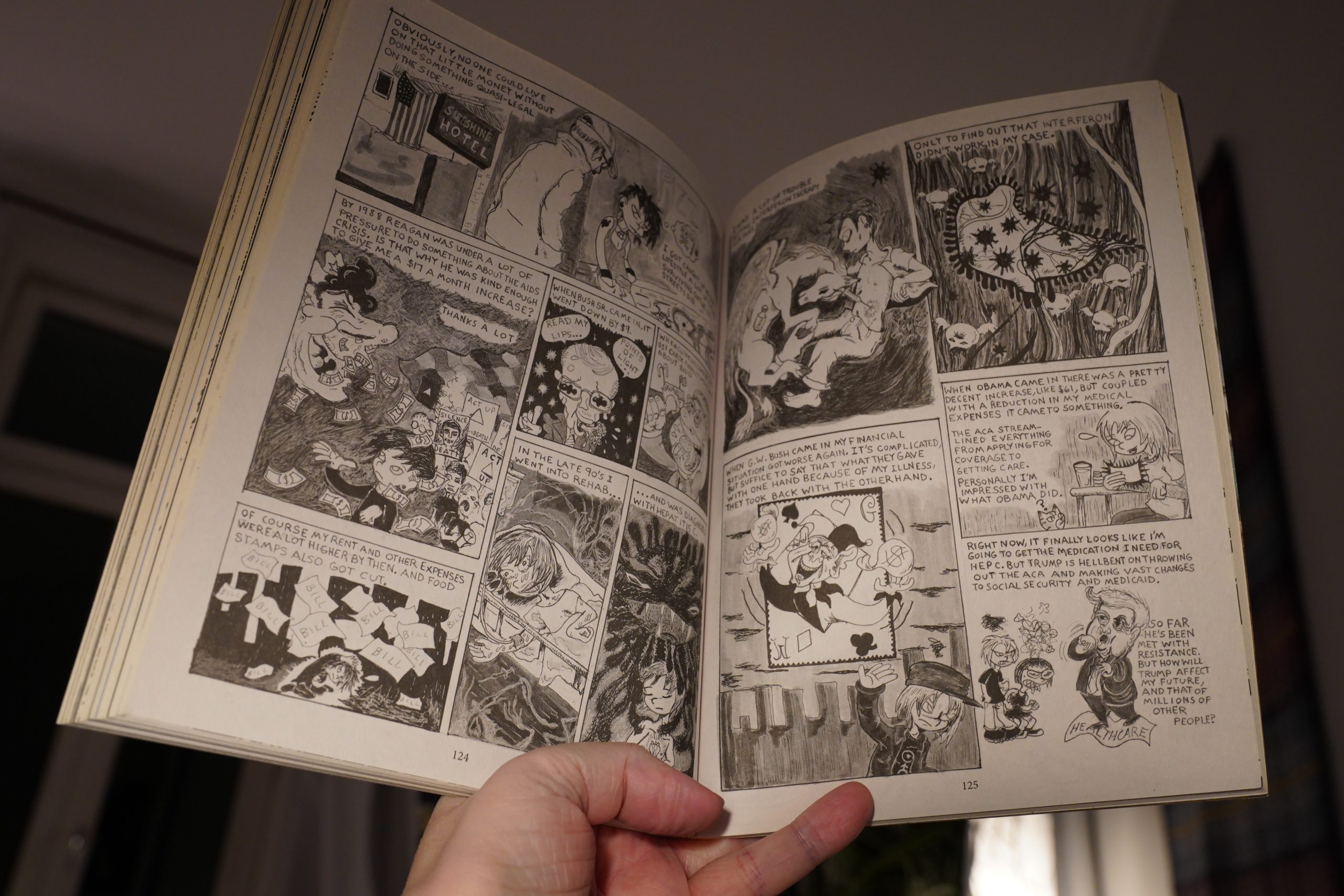
So it’s more of a mixed bag than usual.
I know, I know, quibbling about whether people’s anger makes for good reading or not is a bit besides the point.
| Missy “Misdemeanor” Elliott: Supa Dupa Fly |  |

22:42: Da Atina vandt krigen by Aase Paaskesen Schmidt (Mellemgaard)
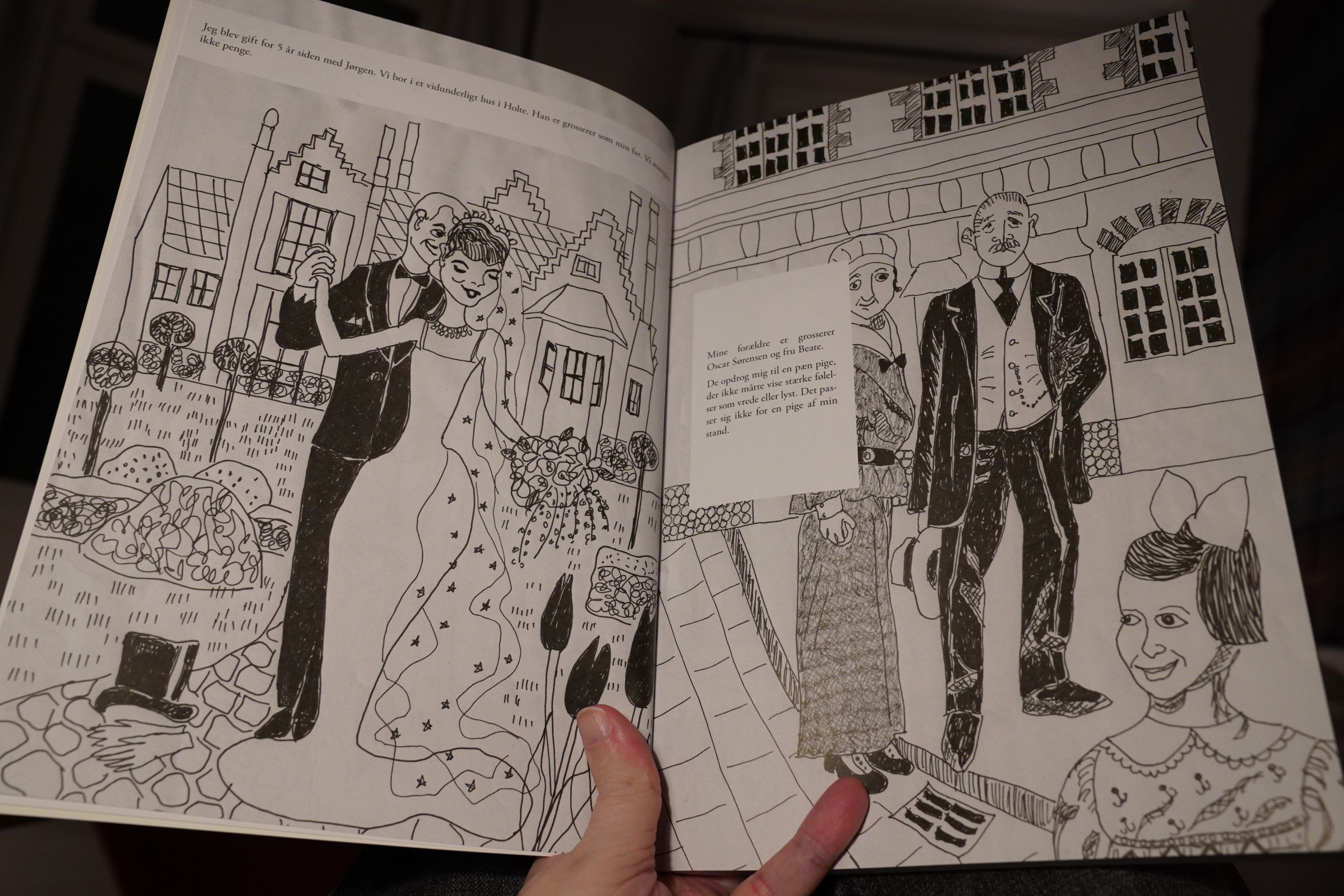
This is an odd one. It’s basically the story of WWII in Denmark, with a special focus on the resistance, told through the eyes of a society woman who joins up and participates in the actions.
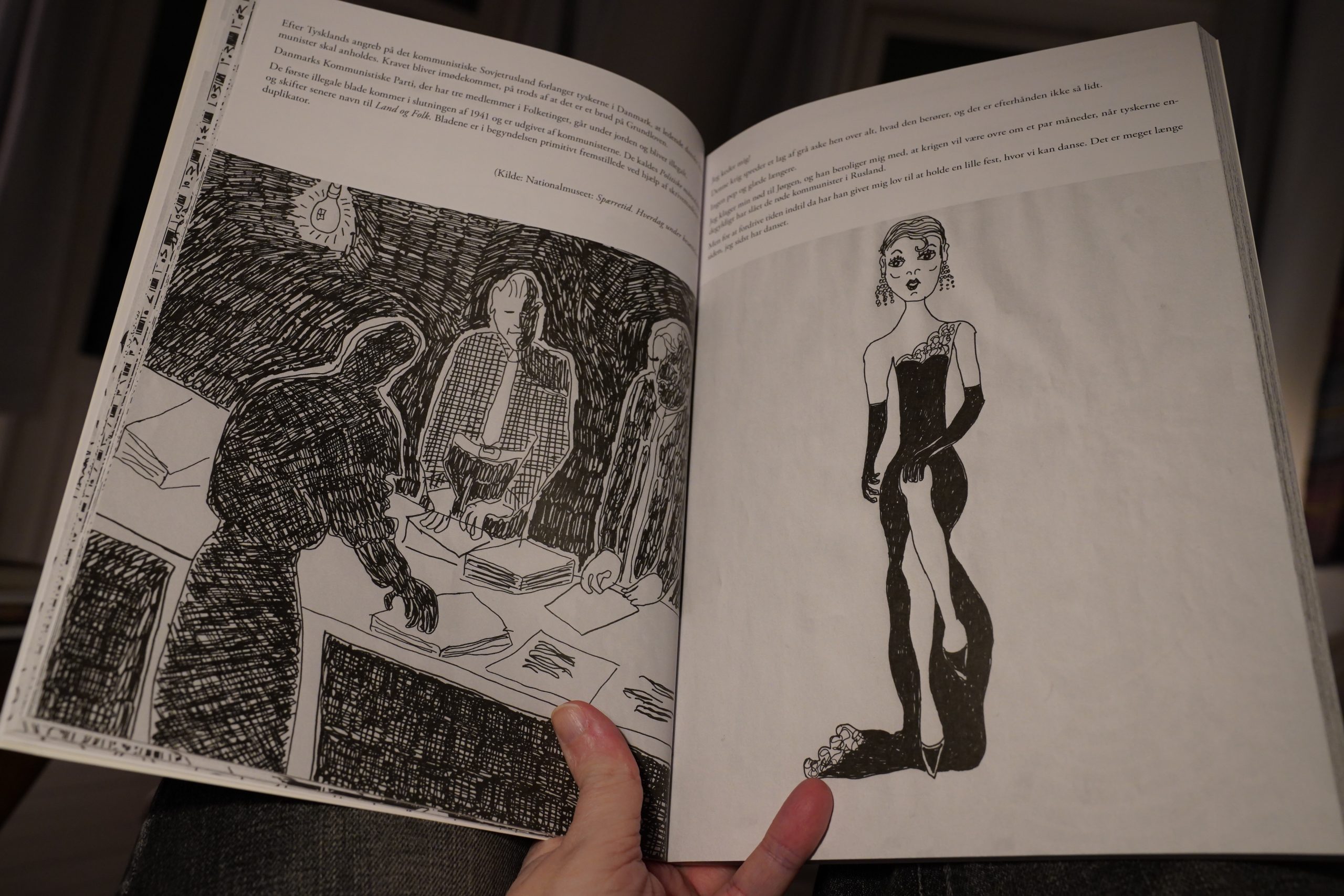
But half the pages (approx.) are basically factoids about what went on during WWII in Denmark — and these factoids are taken from other history books, most of them illustrated — and the author here has basically drawn those illustrations in this style.
Very odd.
It’s not like I have an interest in WWII — I don’t have a particular dis-interest either, but it’s just not… er… my passion in life, as with many other old geezers. But I found myself oddly fascinated here. I knew very little about what transpired in Denmark in WWII (compared to, say, the UK), and the author has picked interesting stuff to reproduce. And the interwoven story was also interesting. So… I really liked this!? I was ready to hate it, but I don’t?
But is it comics? Perhaps not.
| Depeche Mode: Black Celebration |  |
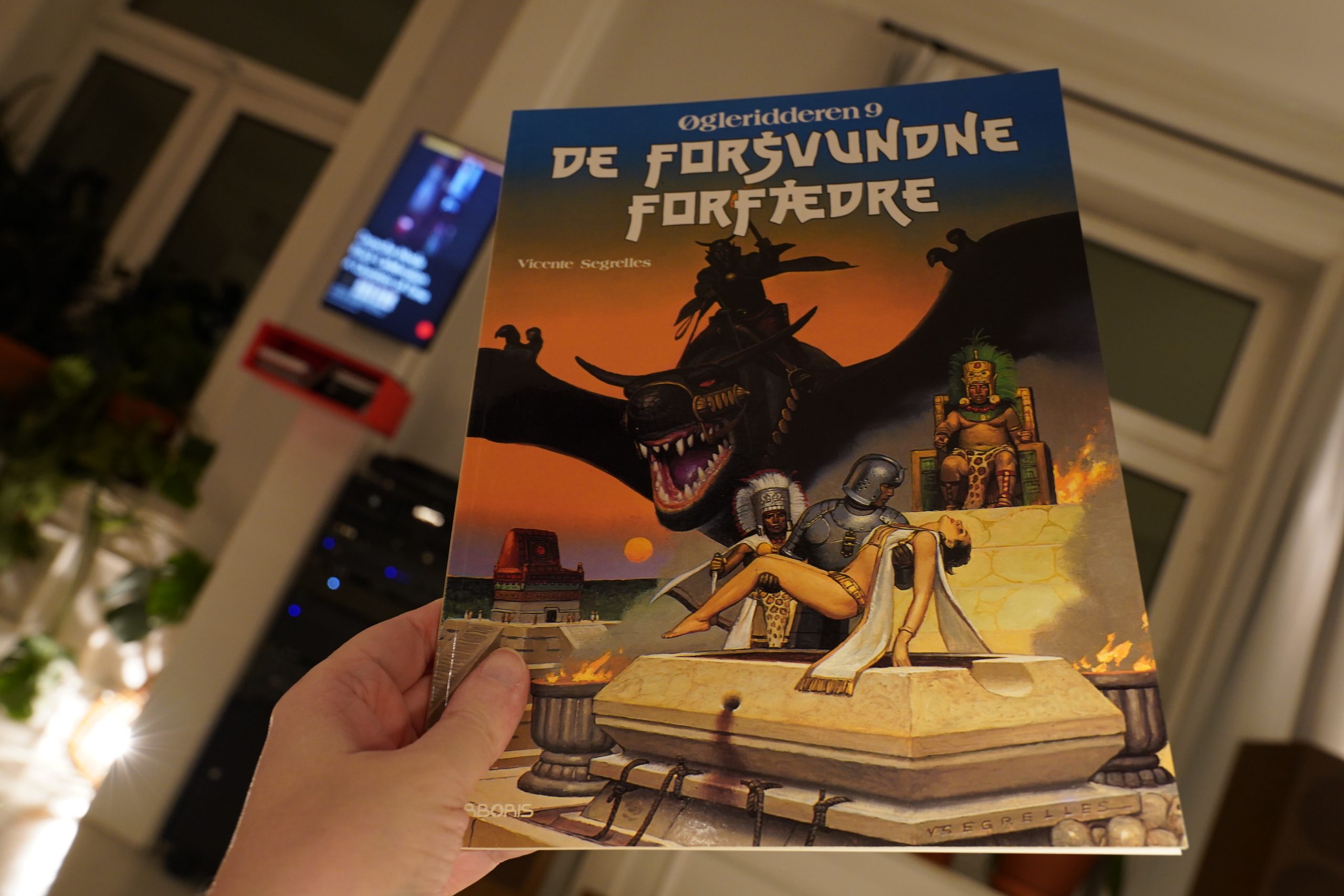
23:40: El Mercenario 9: Los Ascendientes Perdidos by Vincente Segrelles (Arboris)
They were selling (almost) all of The Mercenary series cheaply some months back, so I bought them all and have been slowly making my way through them. They’re kinda fun? But it never feels pressing to read the next one, if you know what I mean.
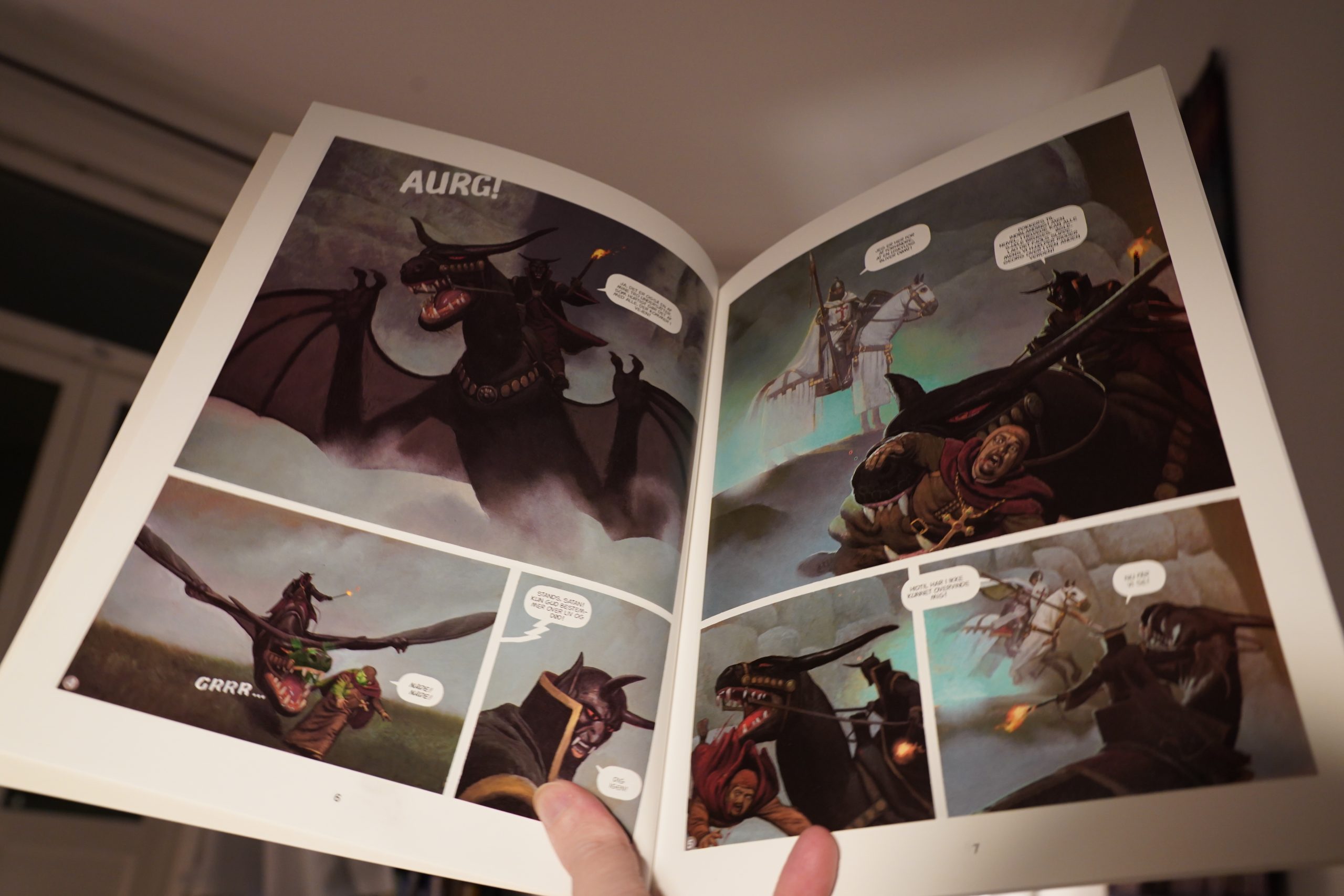
The series started in 1981, apparently, and this is from 1997. Segrelles is still doing his meticulous painted style — lusher than ever, really.
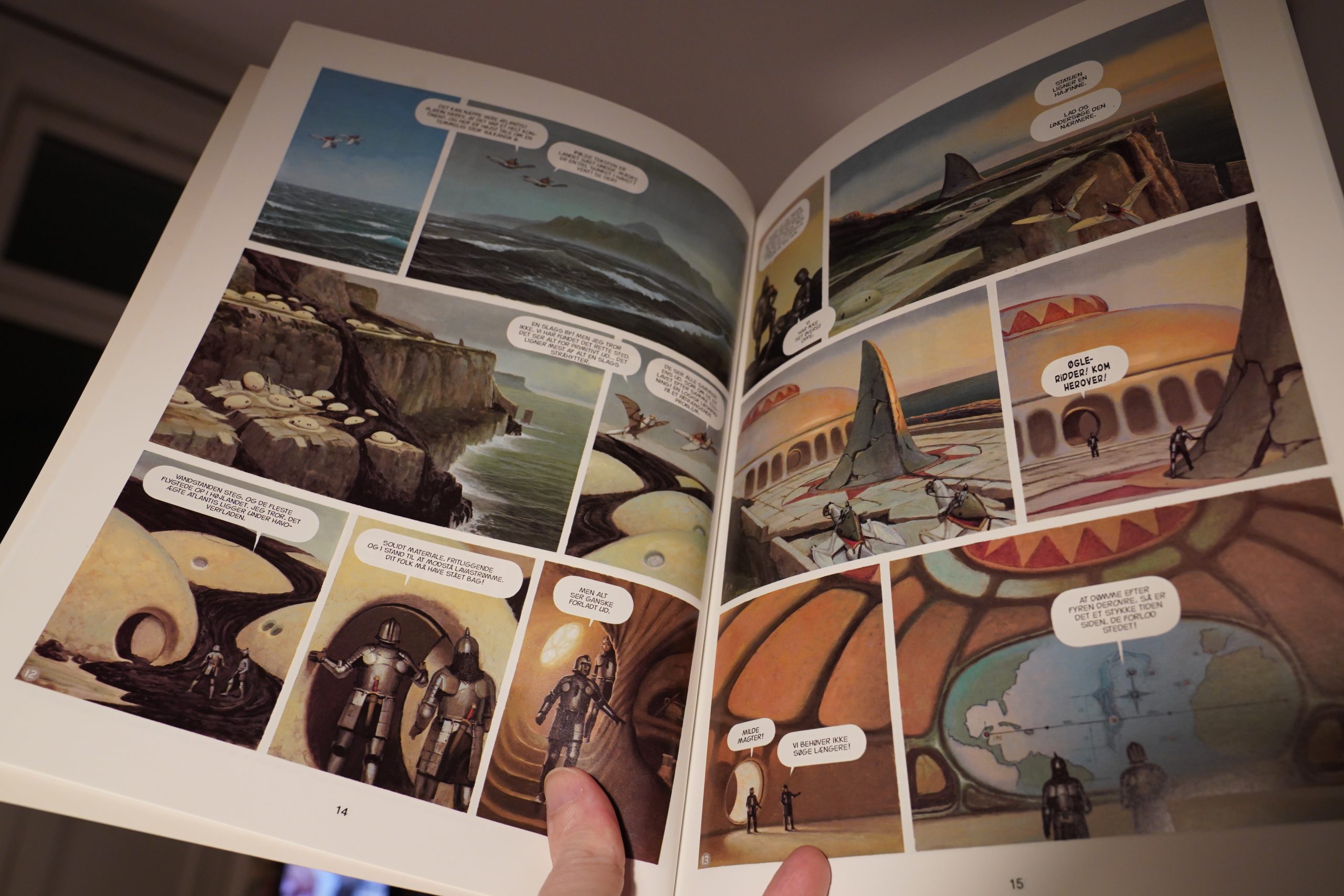
The figures are less stiff than in the older albums, too. But this album basically has the same problem as most of these: The story is basically that Our Protagonists escape from some mad king/priest or something, so there’s a distinct feeling that nothing has really happened after the album’s over. It’s less the feeling of having read an epic (which I think is what he’s going for) than having seen an episode of some 90s sci-fi TV show.
That’s fine.
| Juana Molina: Tres Cosas |  |
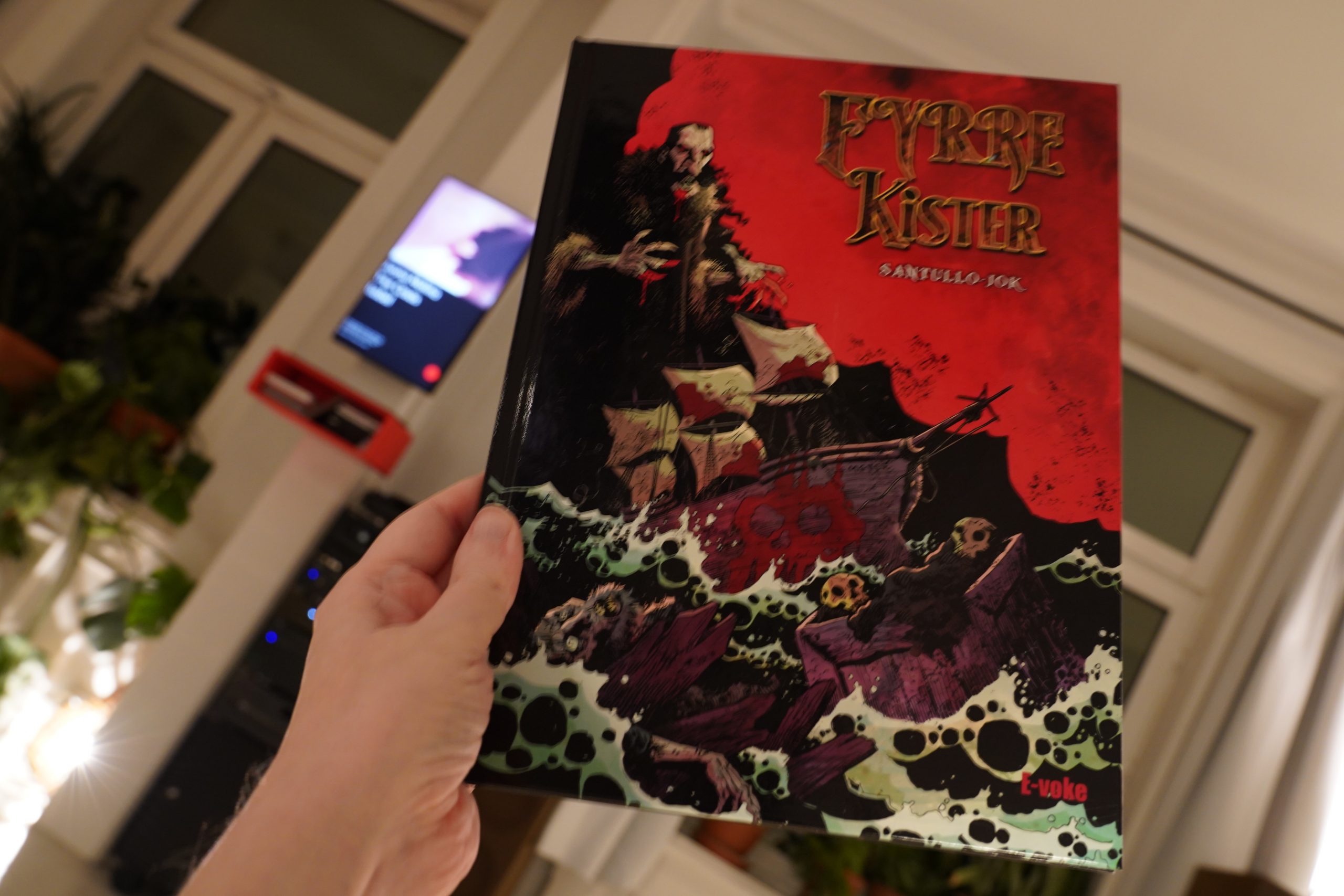
00:27: 40 cajones by Santullo/Jok (E-voke)
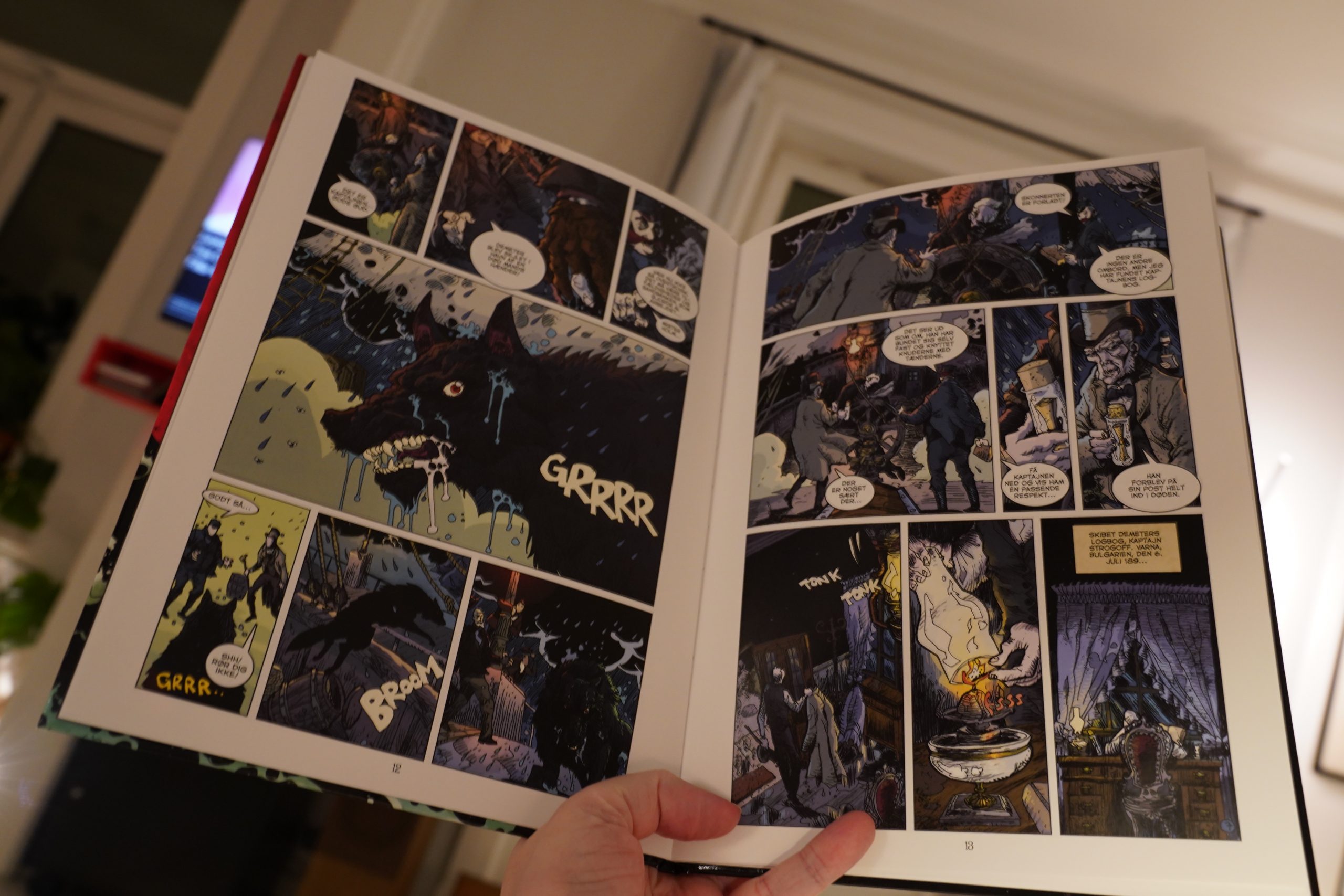
Well, this isn’t what I had expected… It looks very American? That is, it looks like something from the Mike Mignolaverse? But it’s not, I guess.
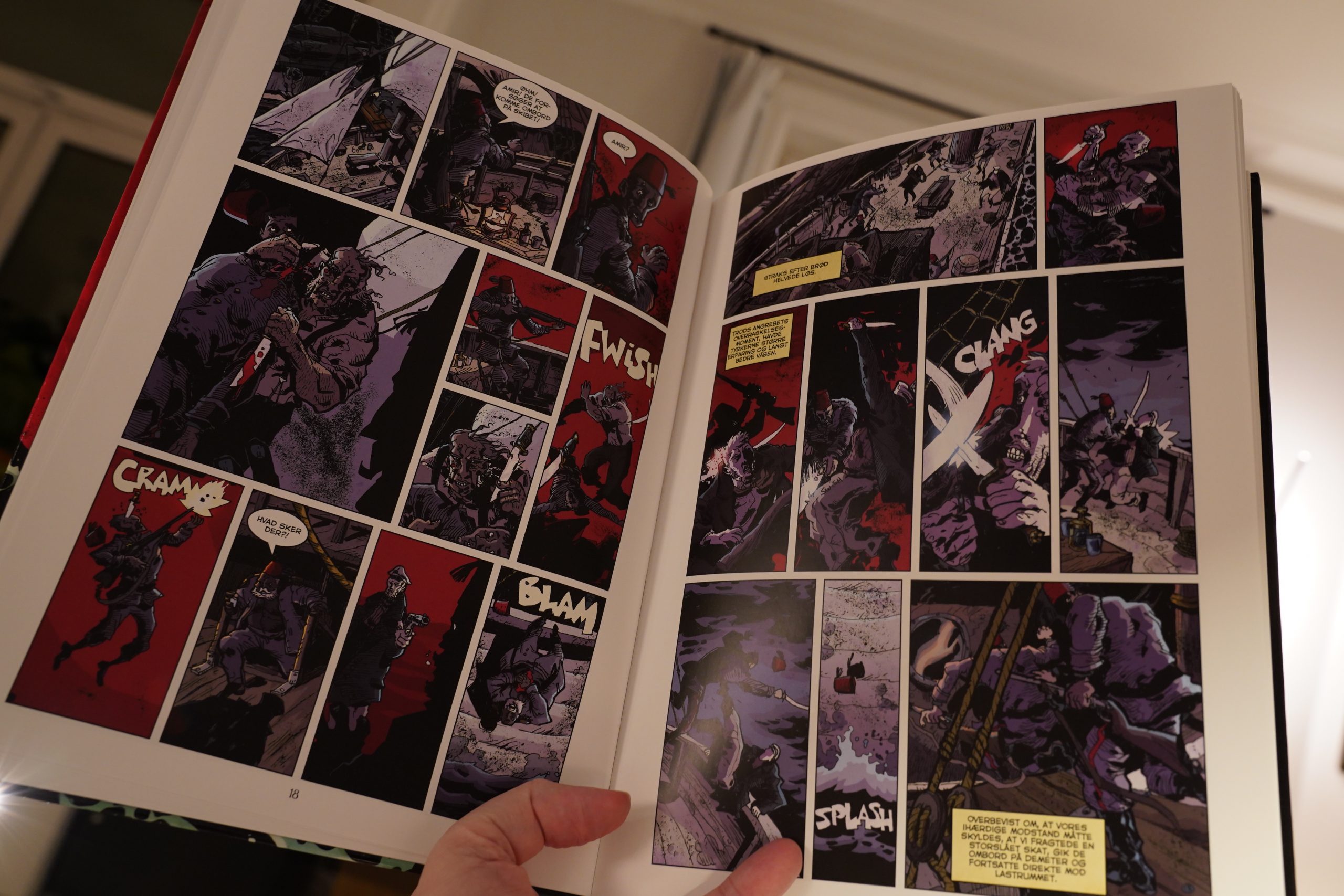
It basically retells, once again, that story of Dracula sailing to the UK. You know the one — a ship with coffins in the cargo, where the sailors disappear, one by one? Yeah, that one. Which makes me wonder: Why? Oh lord, why!!!!!
Because this isn’t even a fun variation on the theme: It’s just that story, and nothing more.
Really boring.
| Rocket To The Sky: Medea |  |
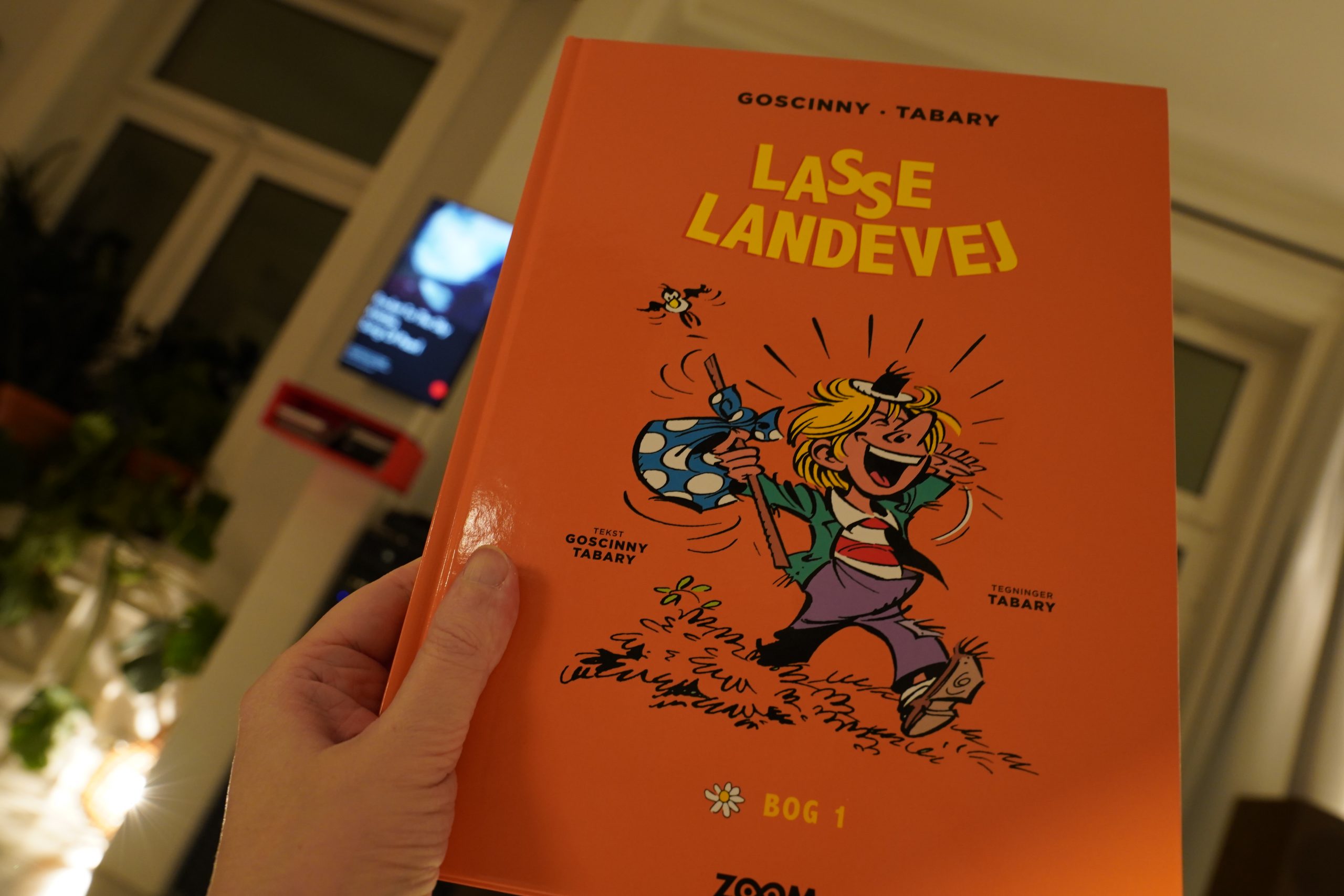
00:56: Valentin le vagabond – Intégrale tome 1 by Goscinny & Tabary (Zoom)
What’s this then? I’ve never heard of this — and it’s by Goscinny & Tabary!? It cannot be! And it’s the first book of a collected edition series, so there were a lot of these? Perhaps it’s really early work?
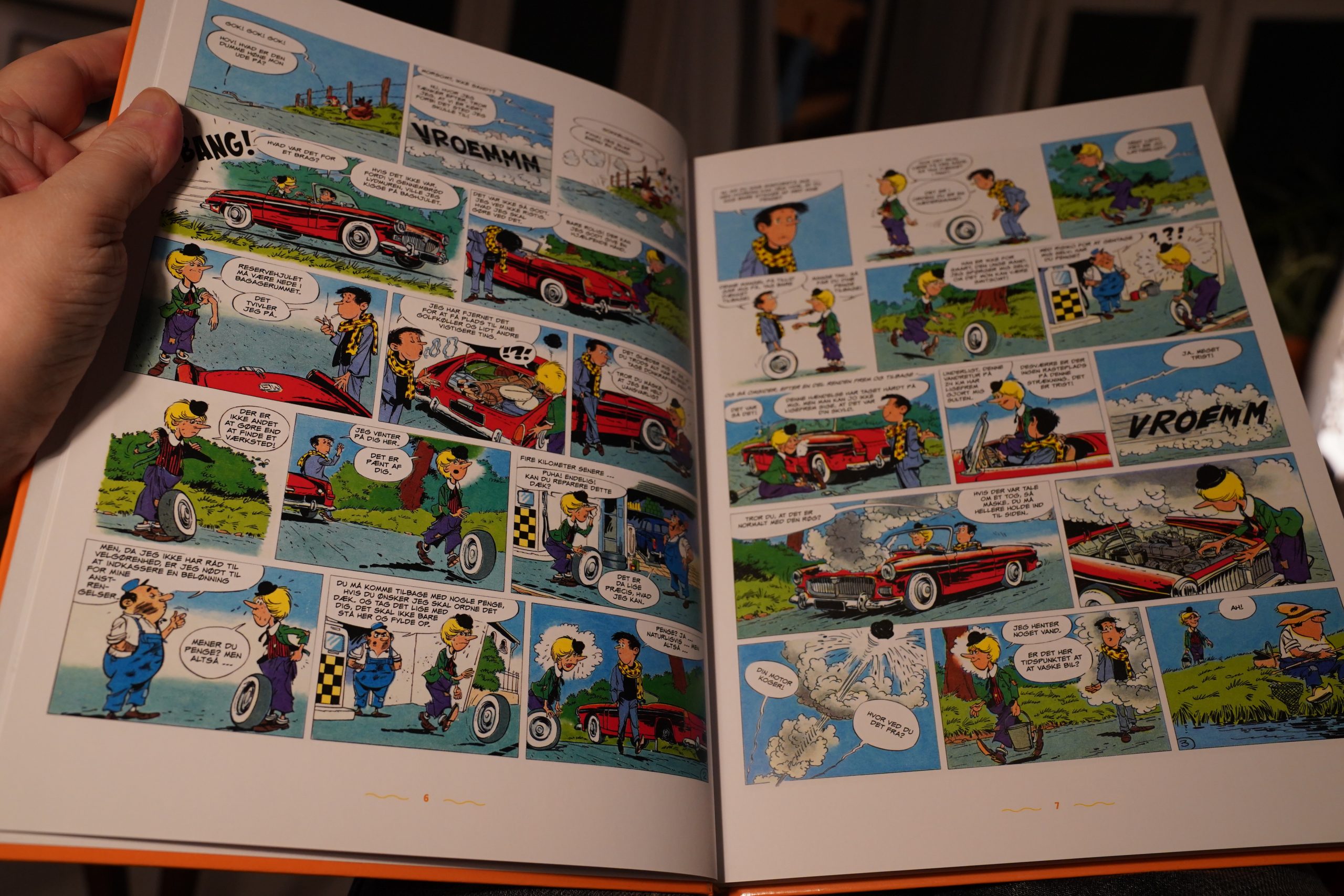
Yeah, this looks really early. It has that same look the very first Iznogoud albums had. Hm… so was this before both Iznogoud and Asterix? Oh, both Iznogoud and Valentin were started the same year, 1962. I would have guessed earlier. (Asterix started in 1959.)
Huh. It was published until 1974, but didn’t start getting collected in albums until 1973? Very odd indeed; Iznogoud (by the same creators) had been a major hit in album form since the mid-60s. So… is this going to suck?
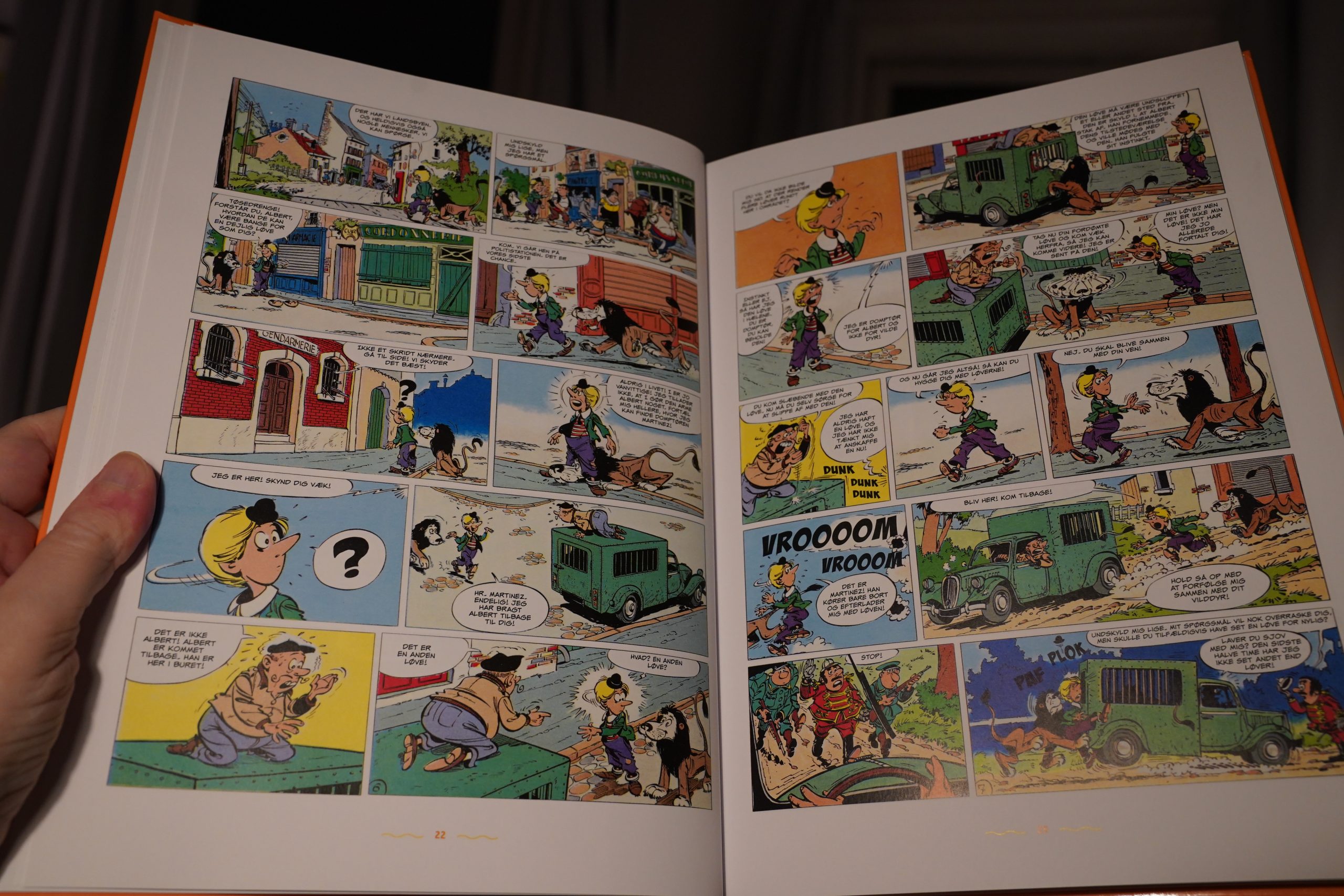
No! This is most amusing. The plots are surprising (and satisfying), the gags are funny, and Tabary is a much better cartoonist than I remembered.
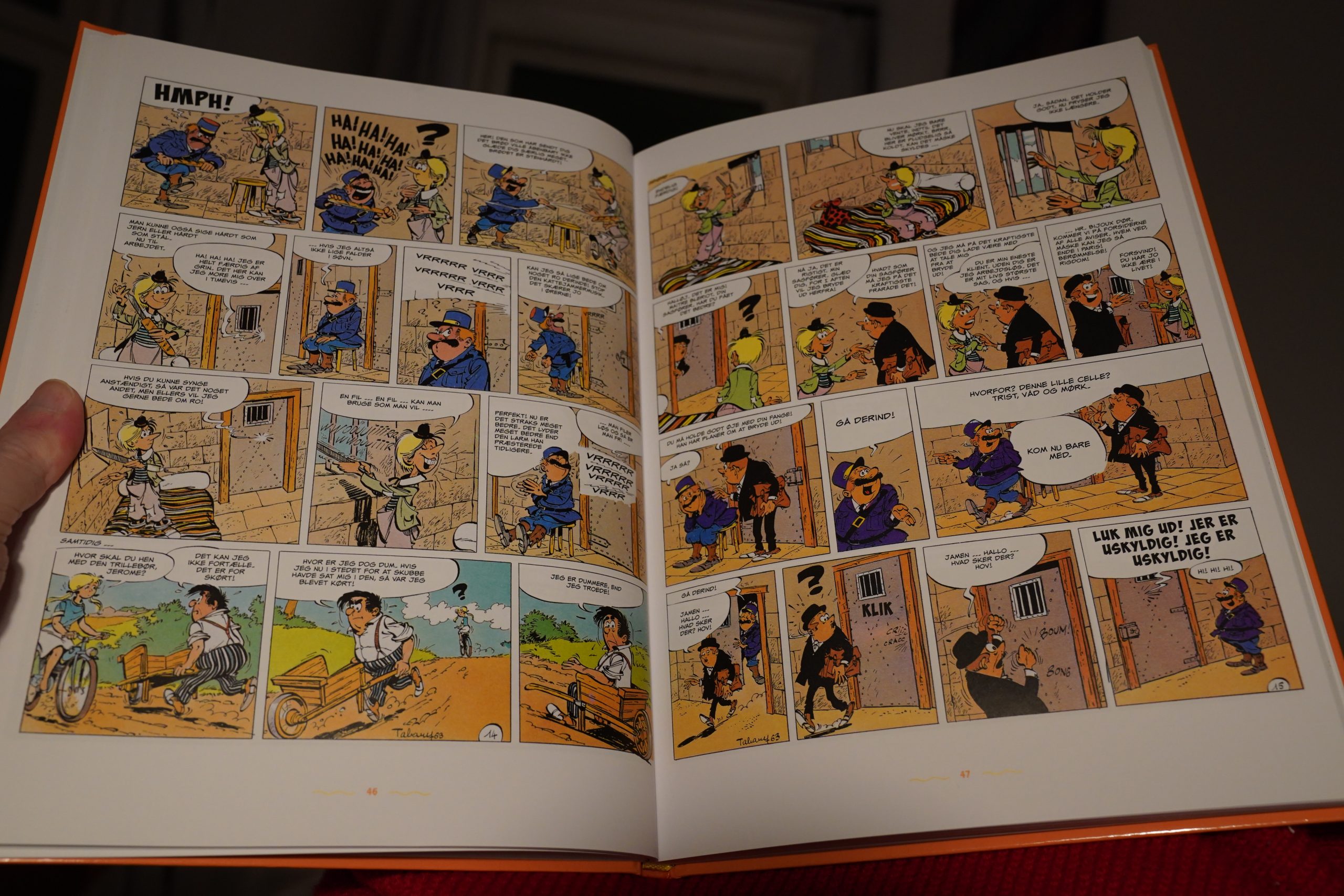
This is prime Goscinny. The jokes keep on coming, and the gags are never-ending. But it’s not just that — the characterisation is fantastic, and over the 46 pages of the first long storyline, we really get to know these people, even if the fun never stops for a second.
Amazing.
I’m saving the last two stories for another day, though, because now it’s:
| PJ Harvey: Stories From The City, Stories From The Sea |  |
02:24: Sleepytime



